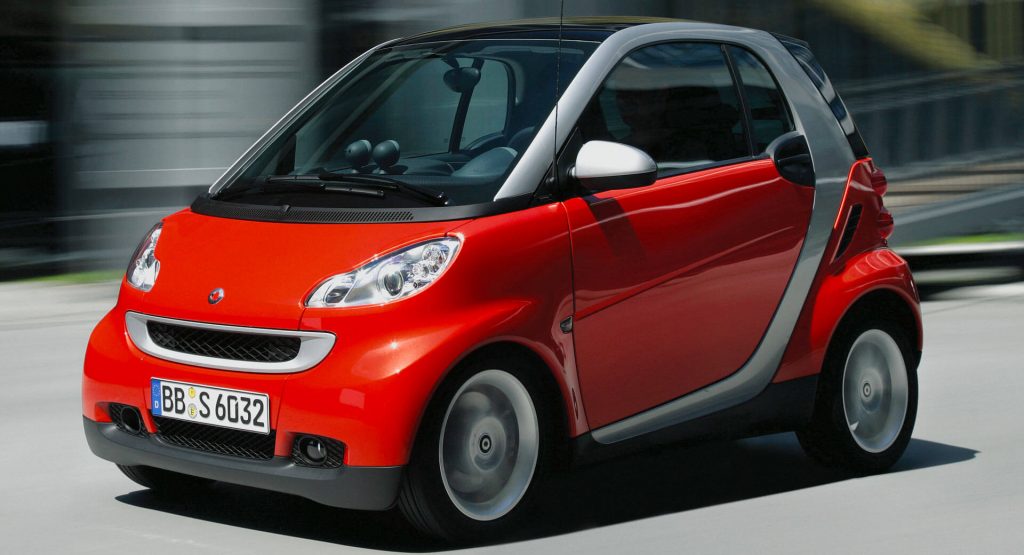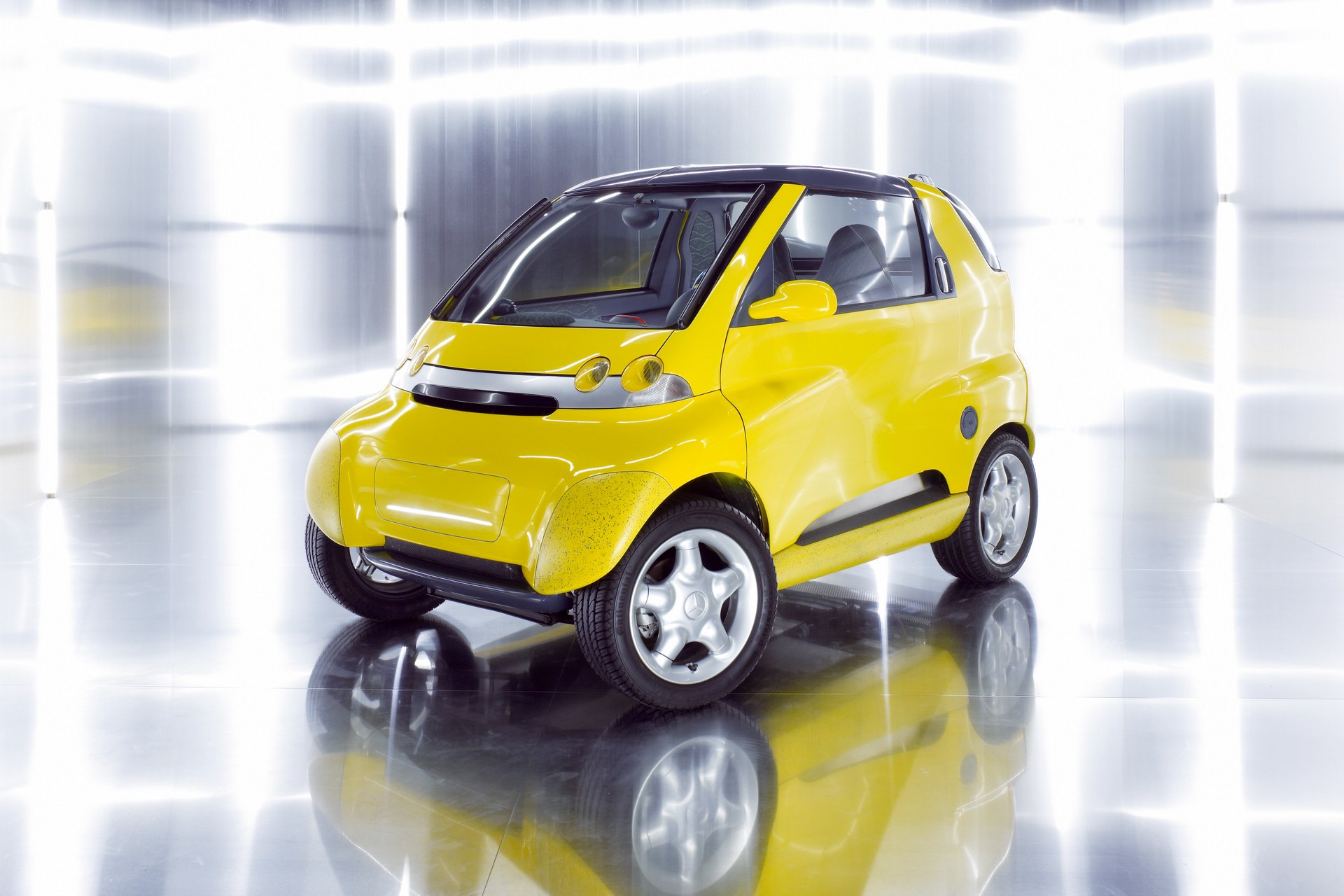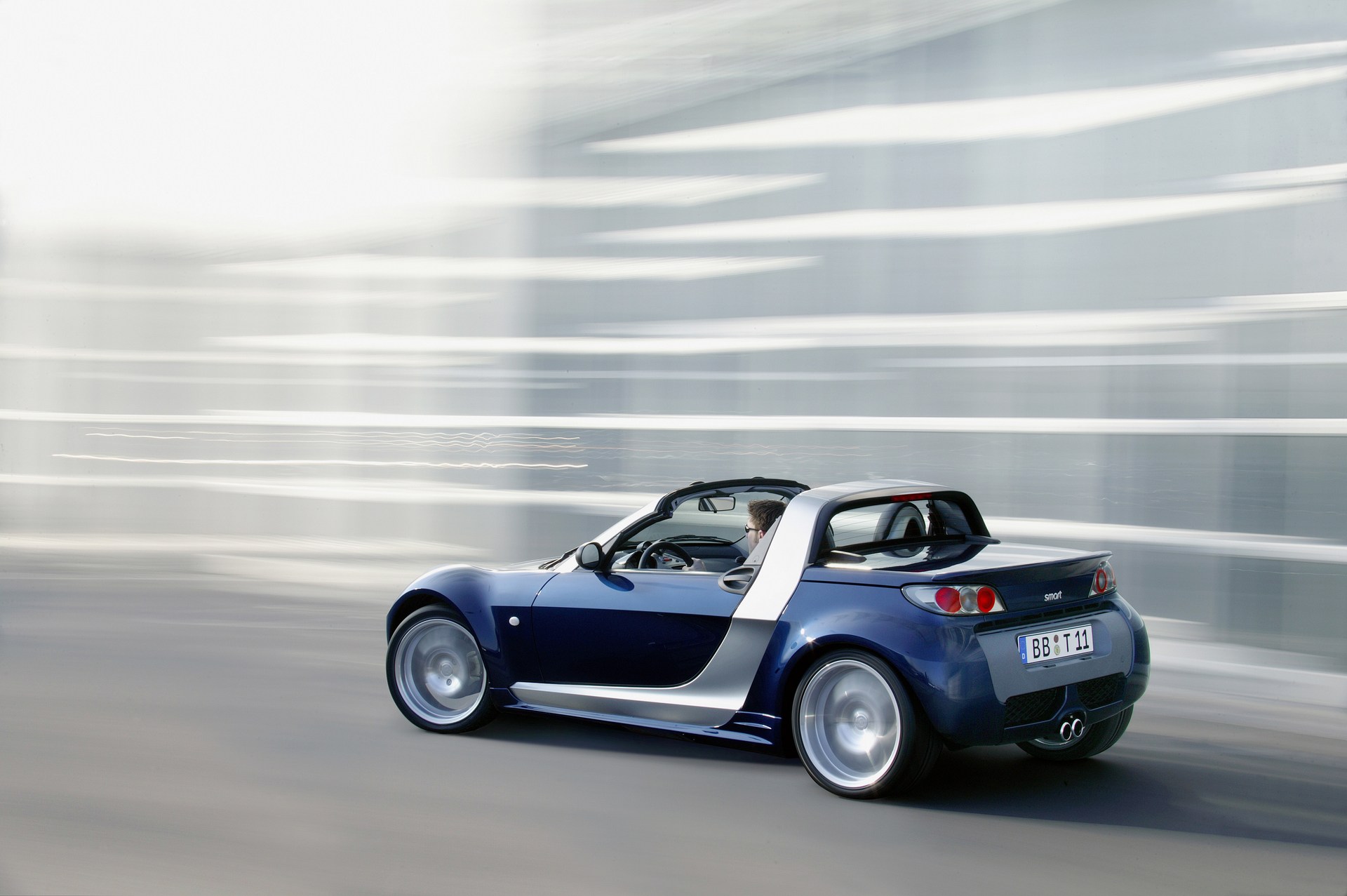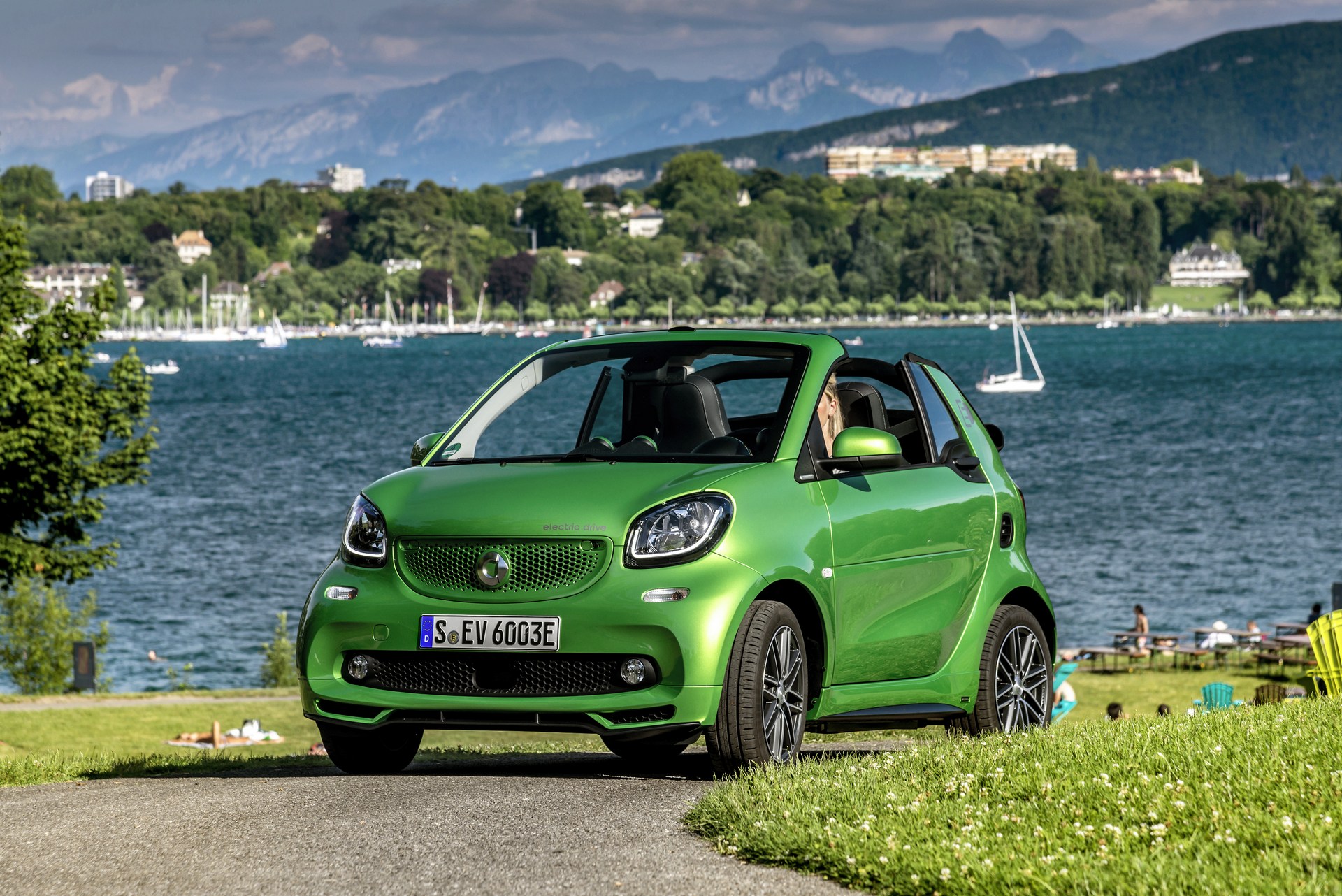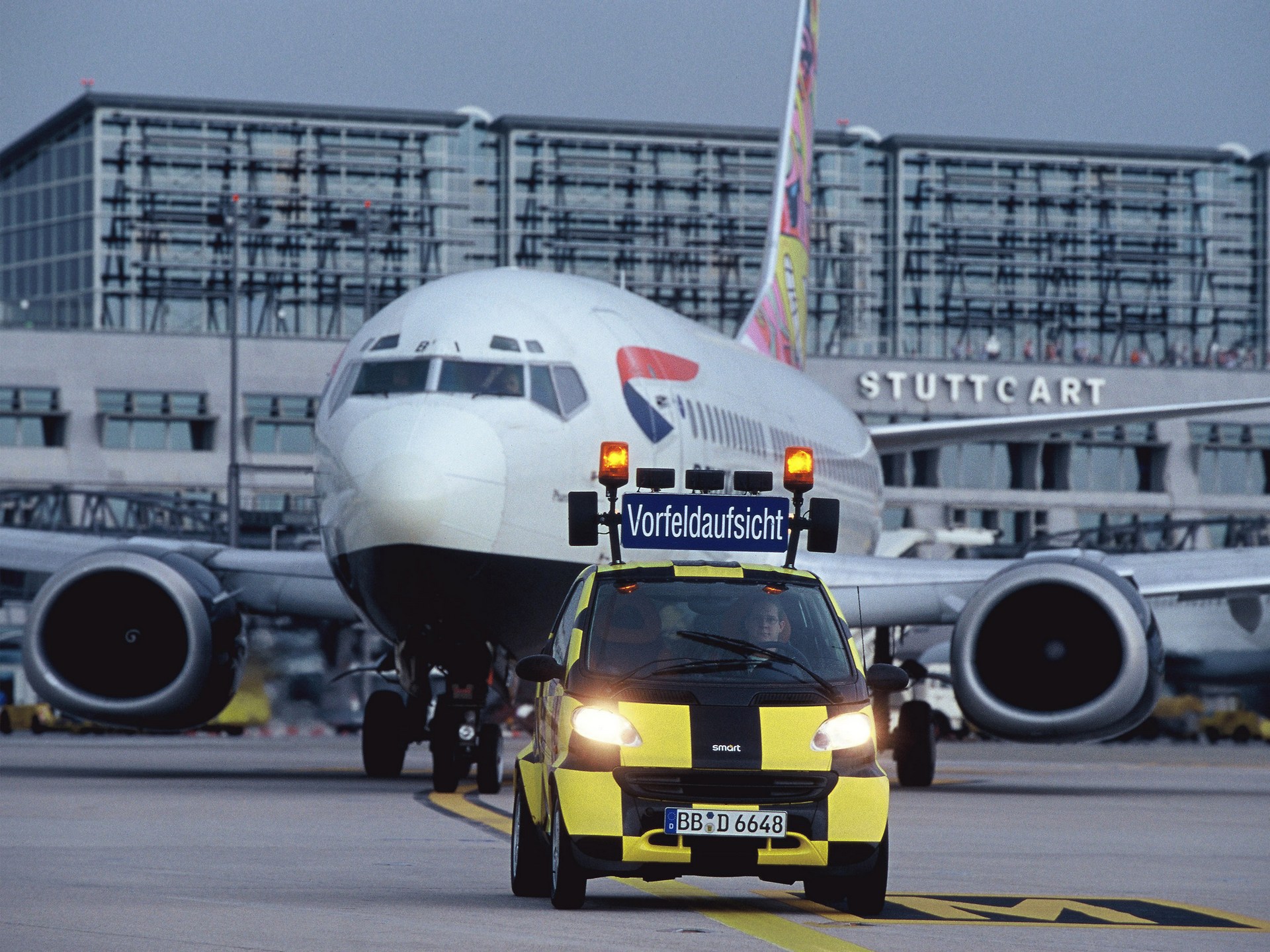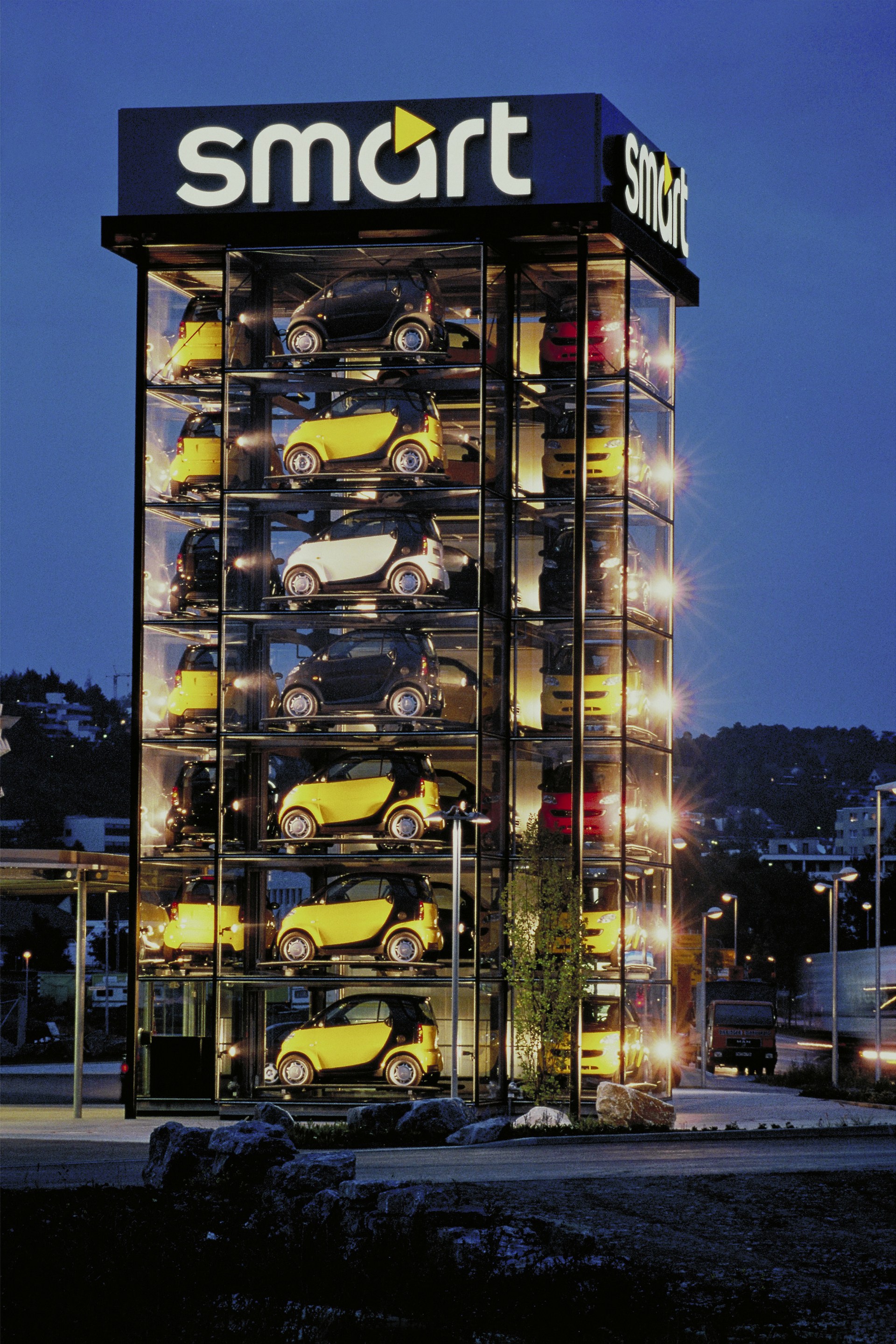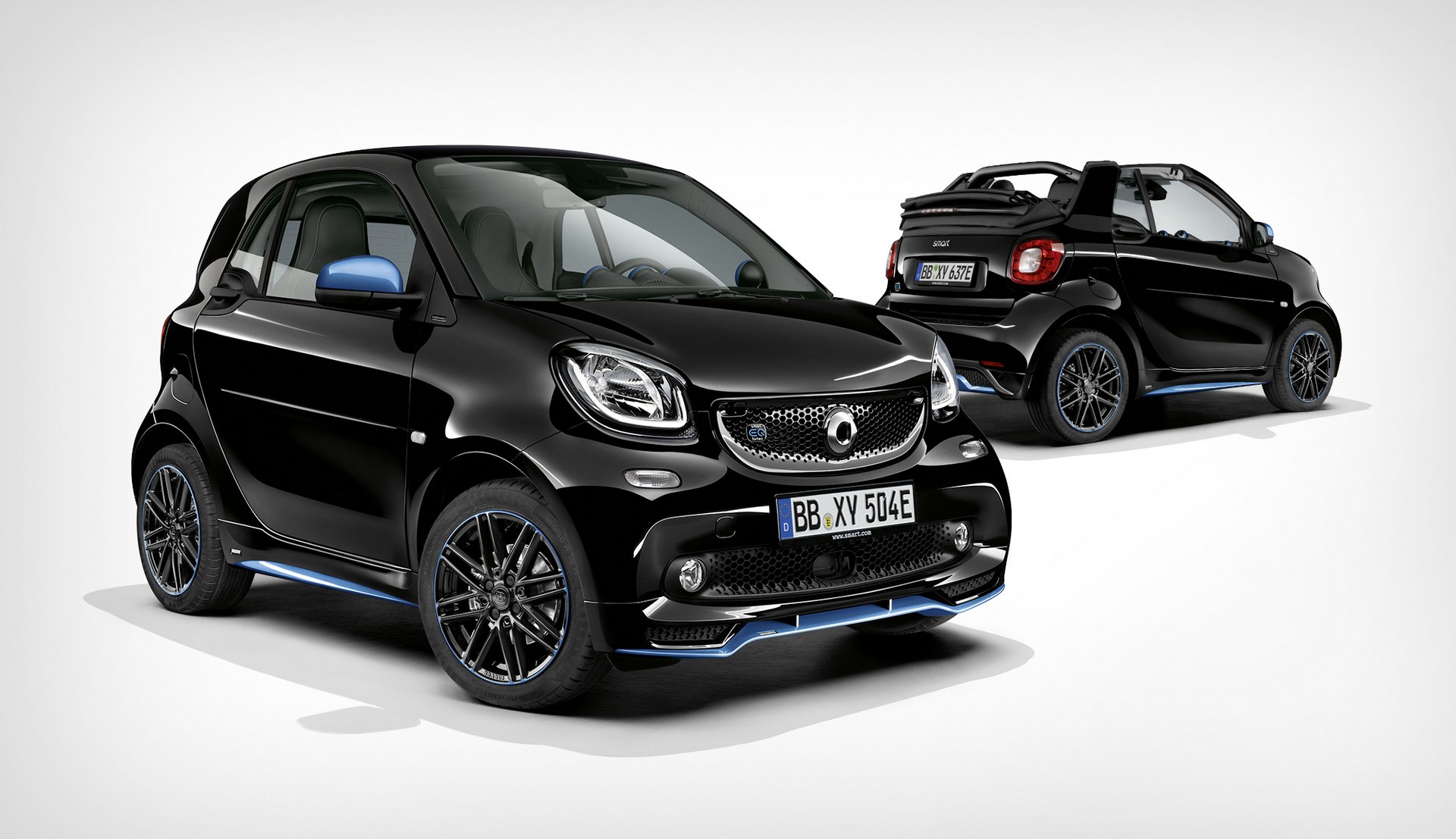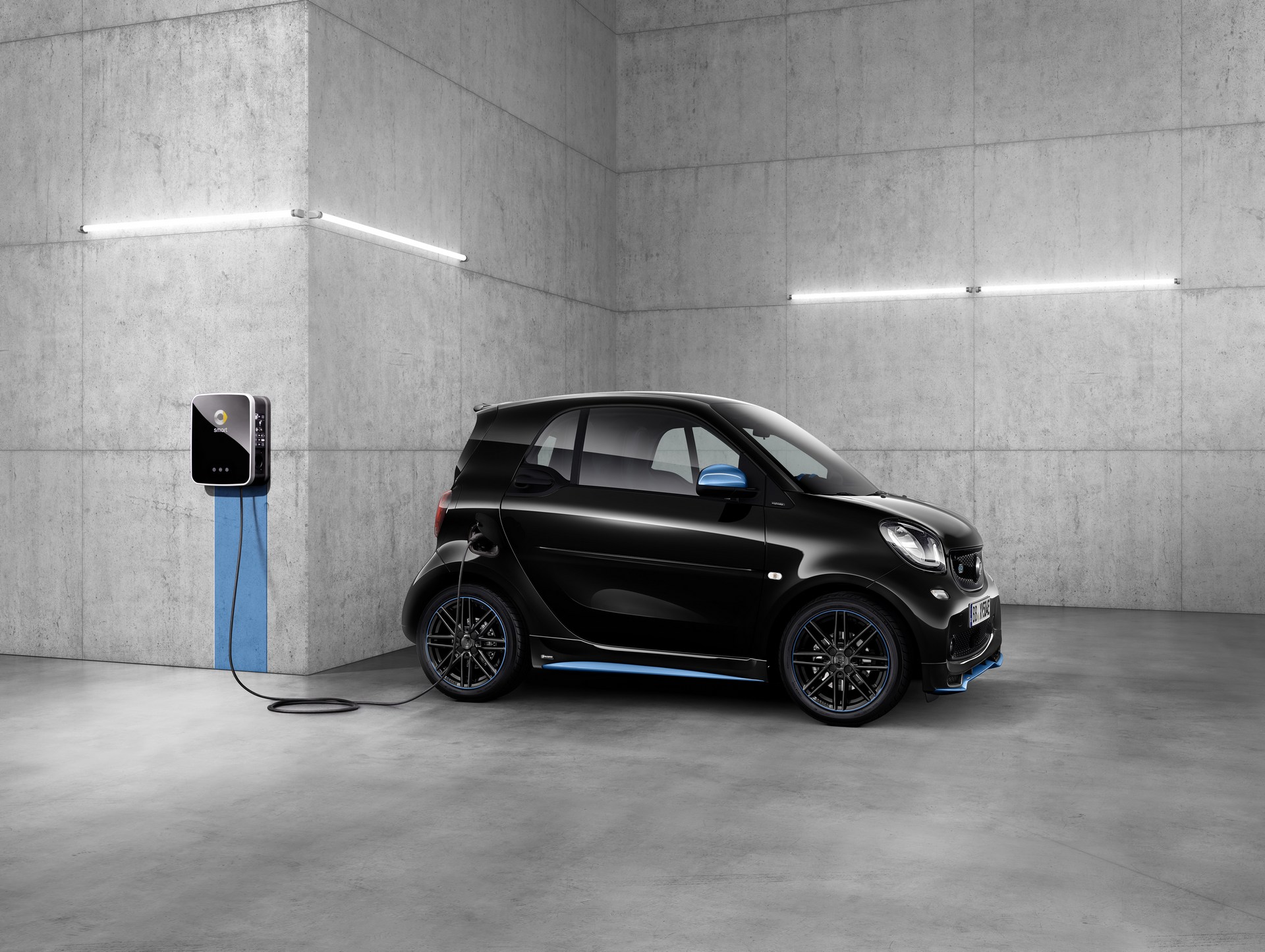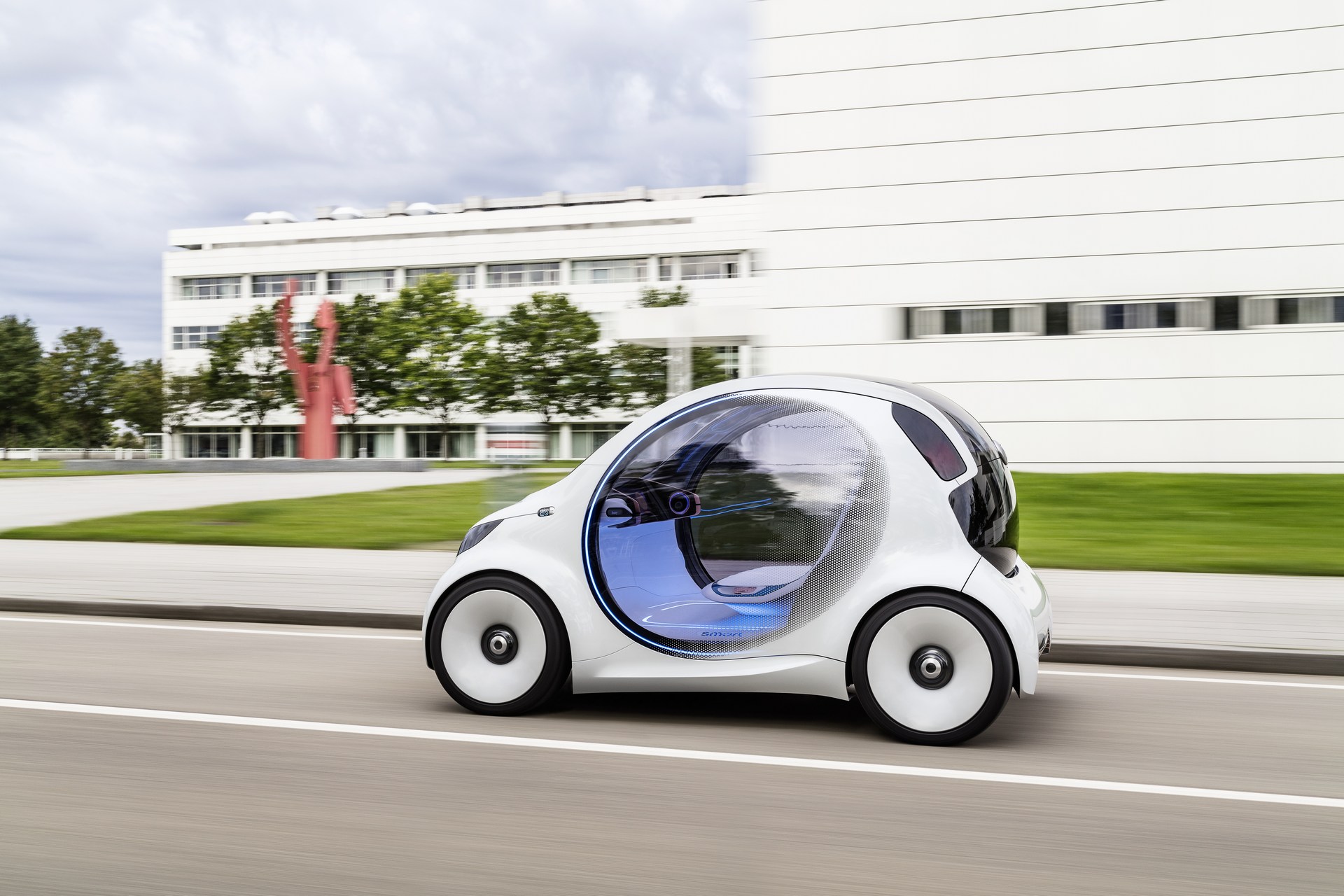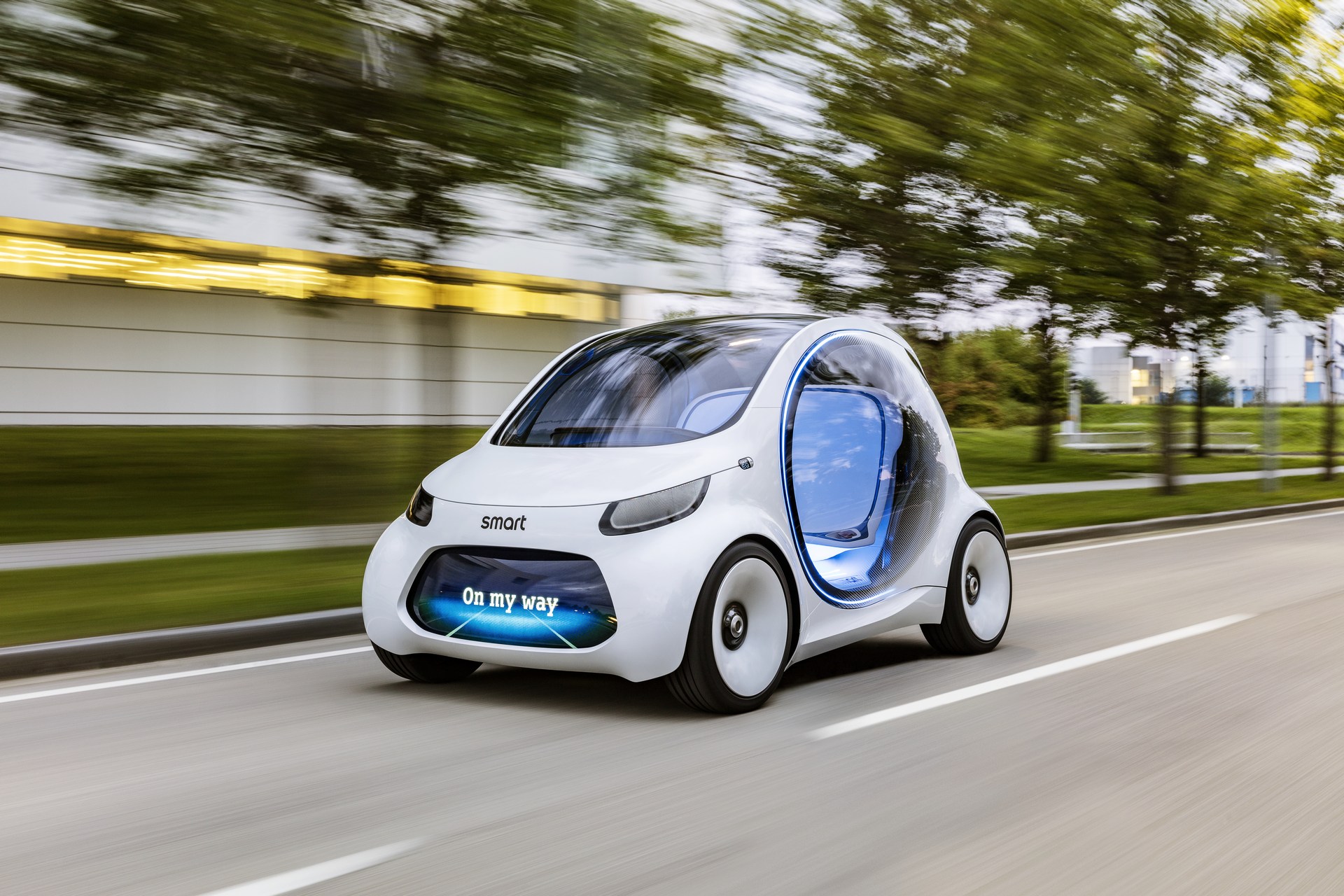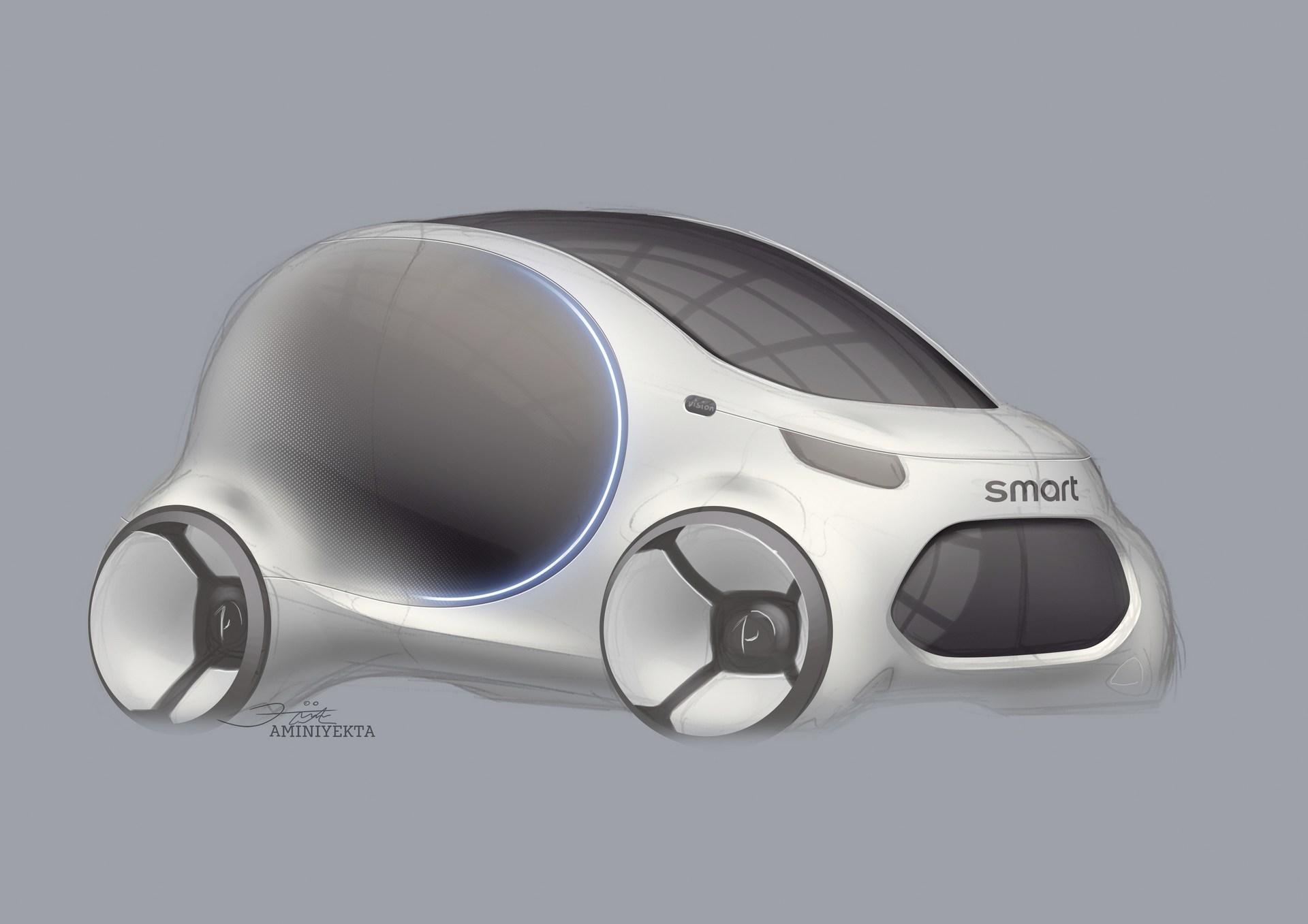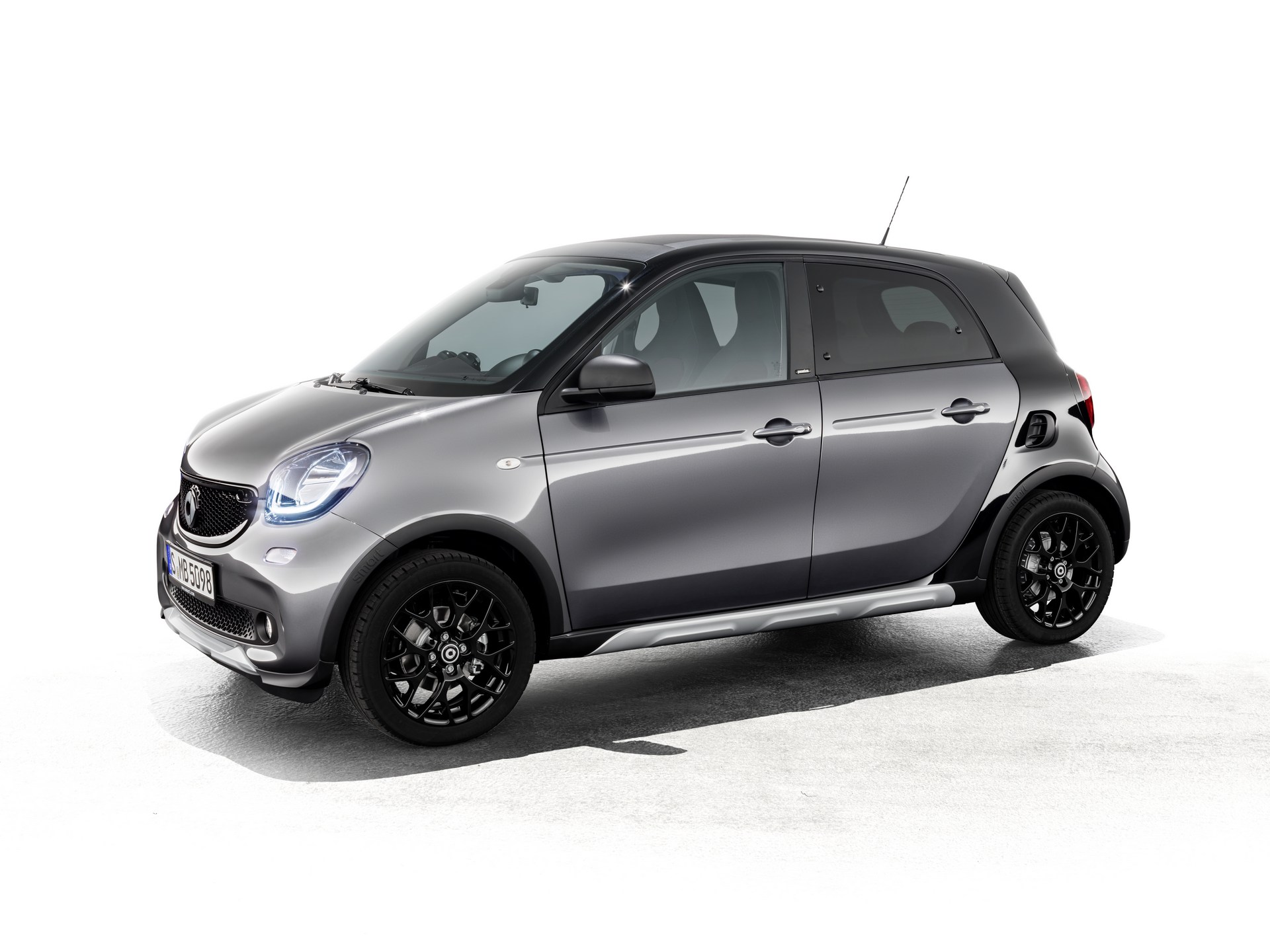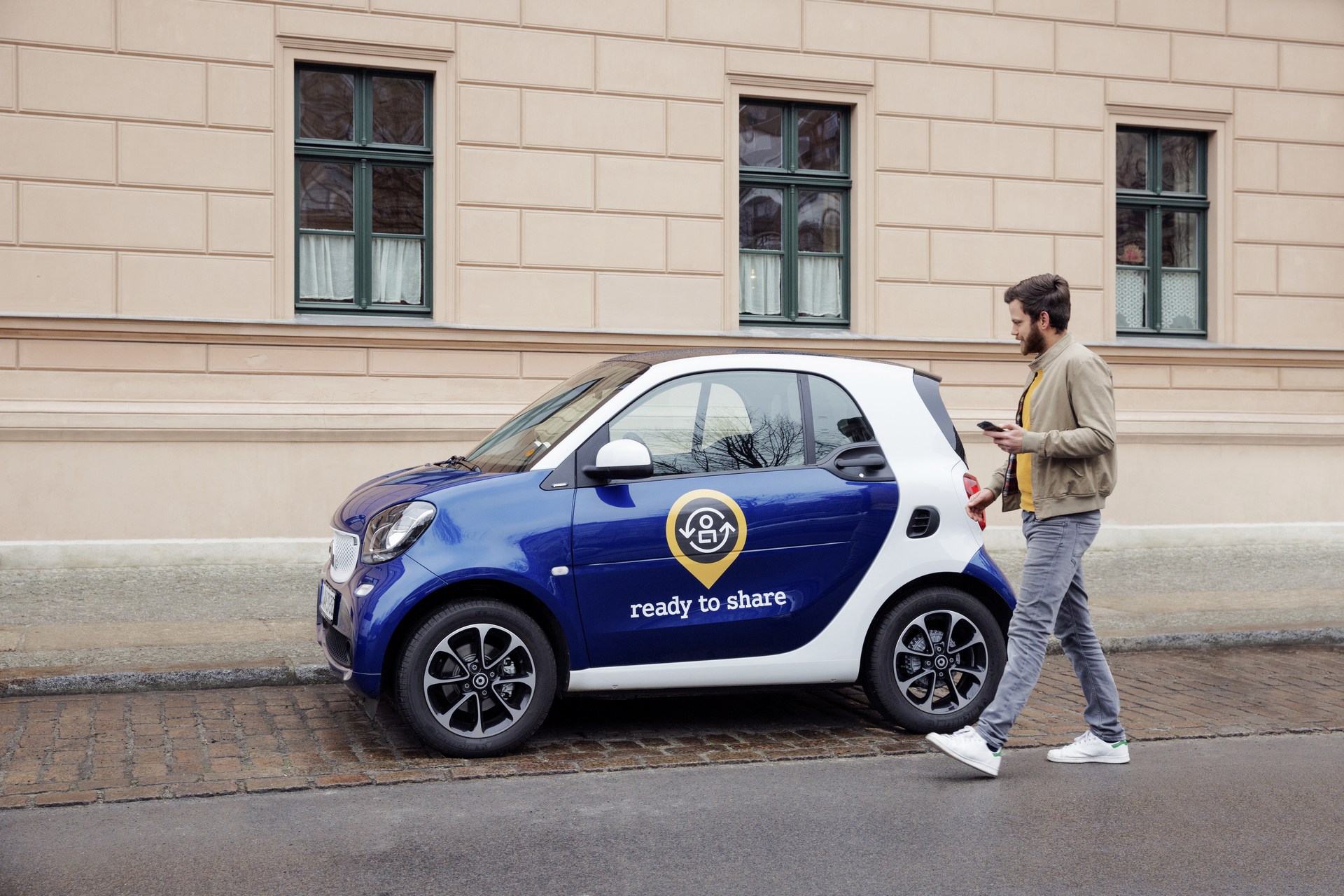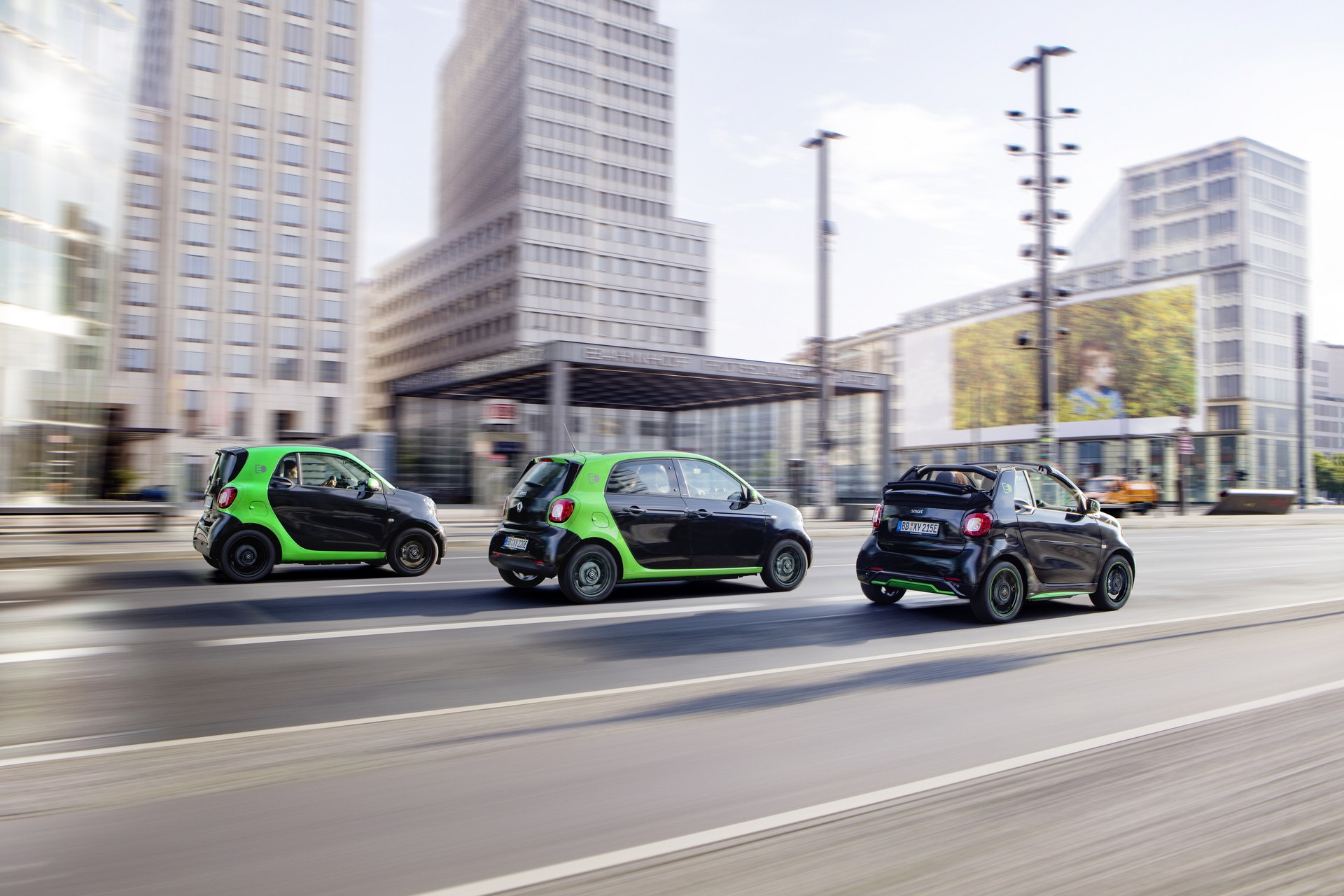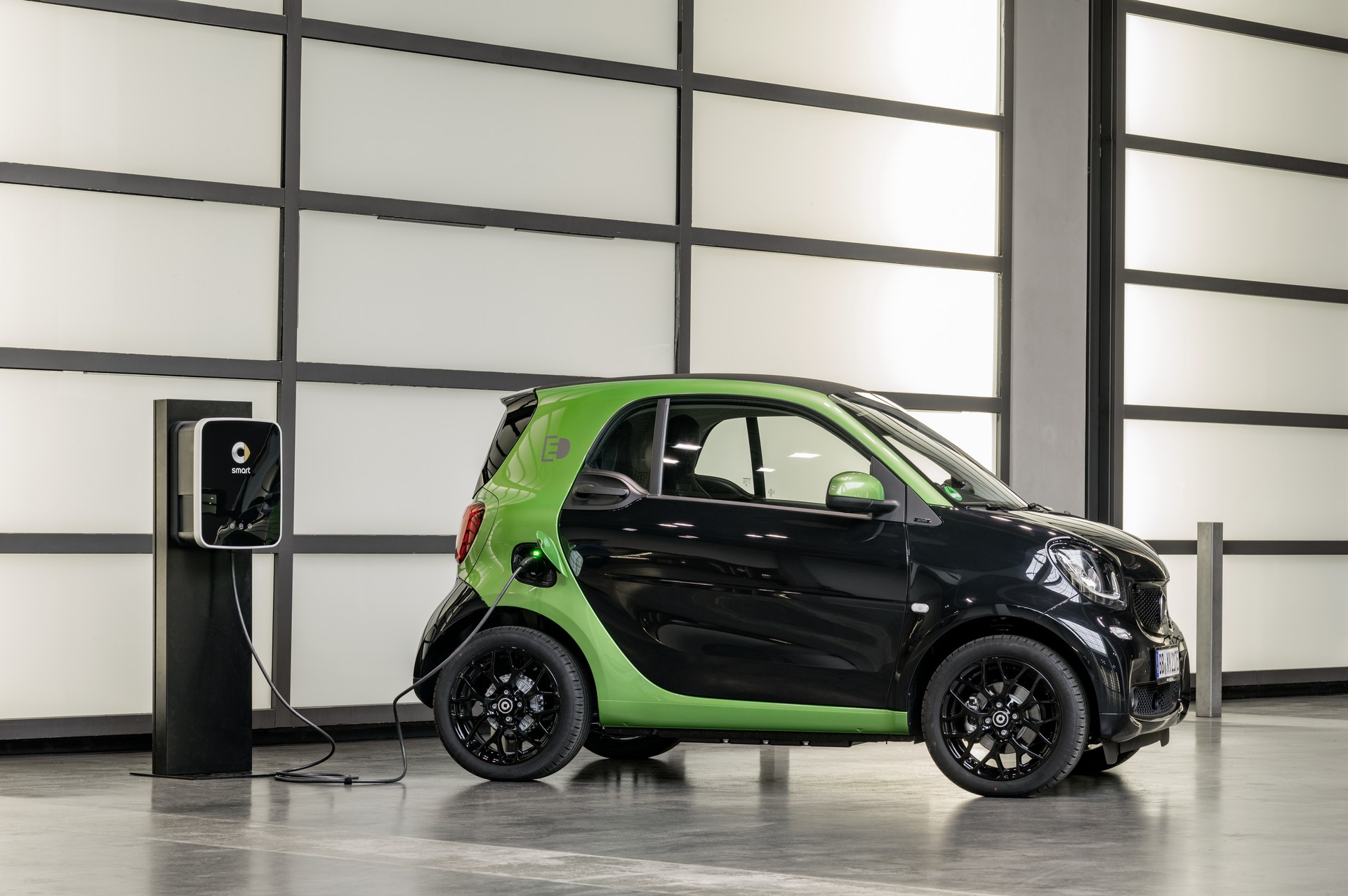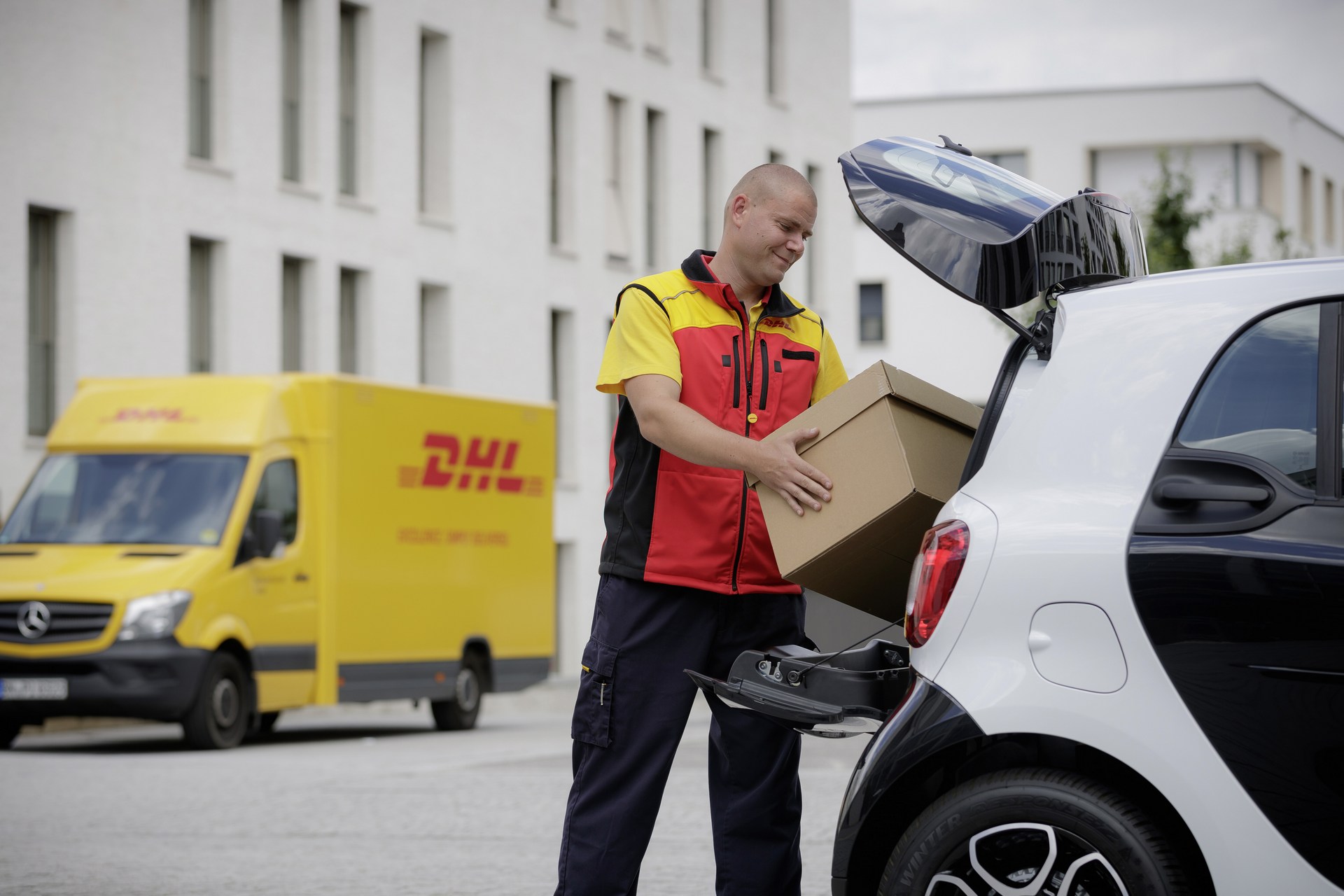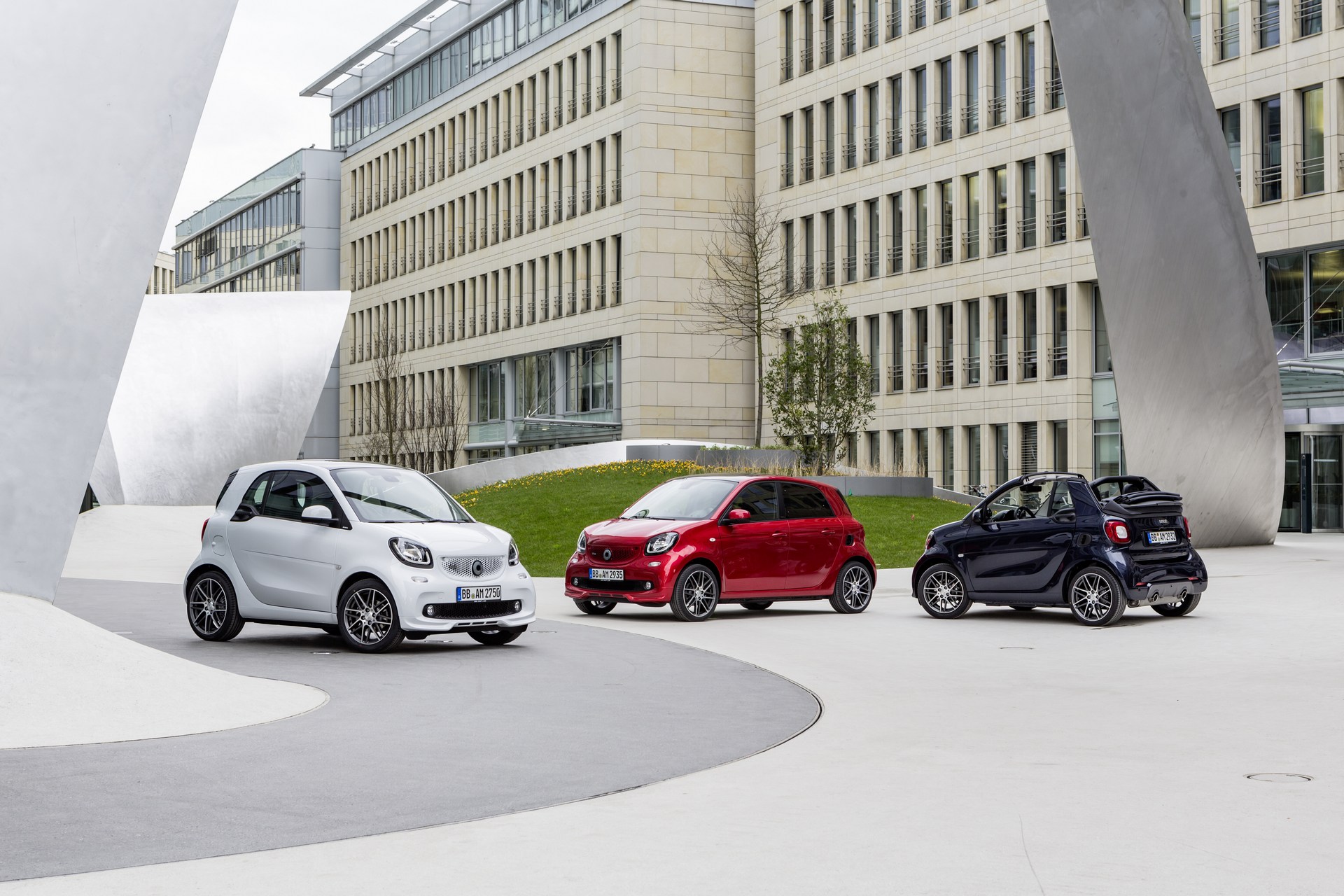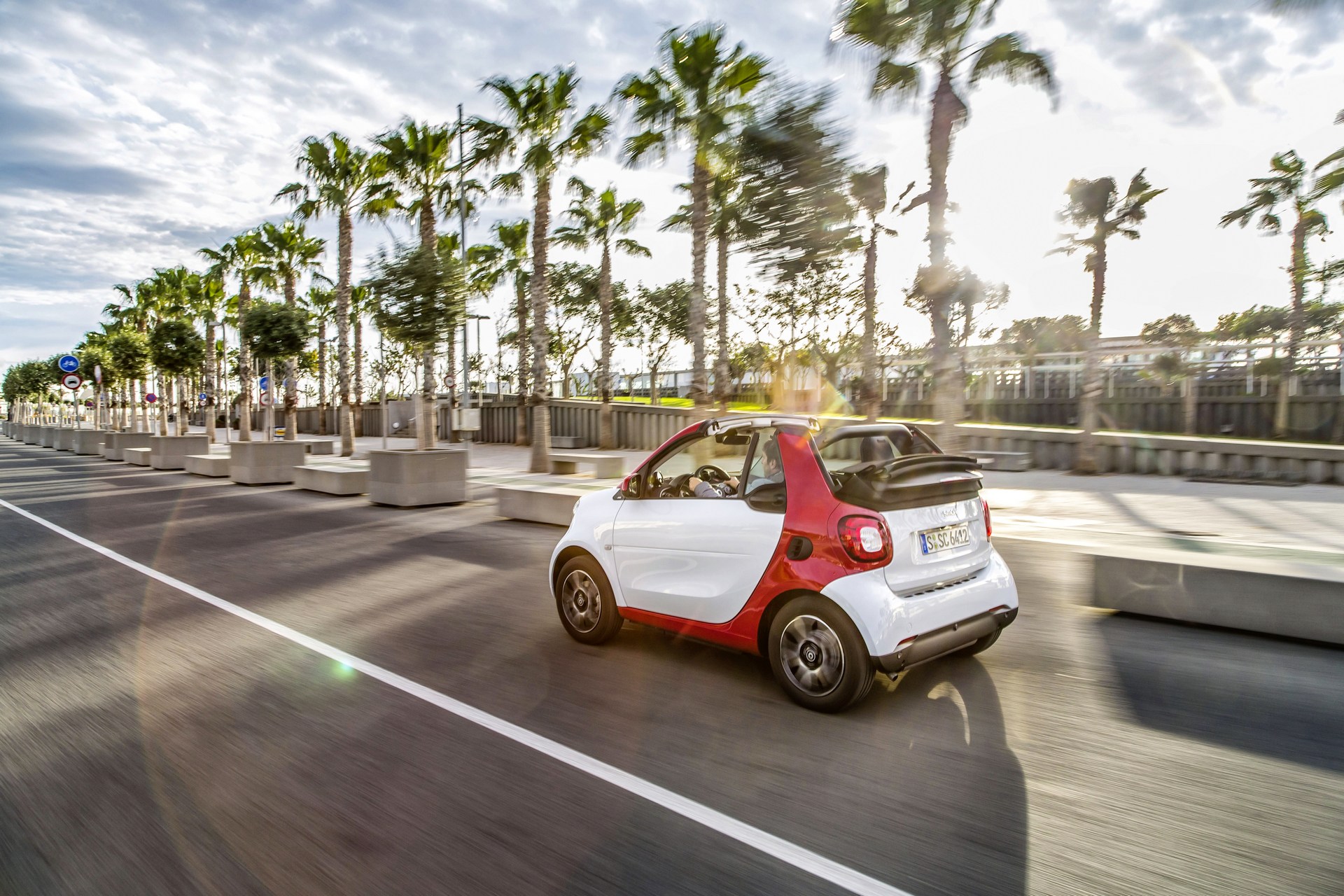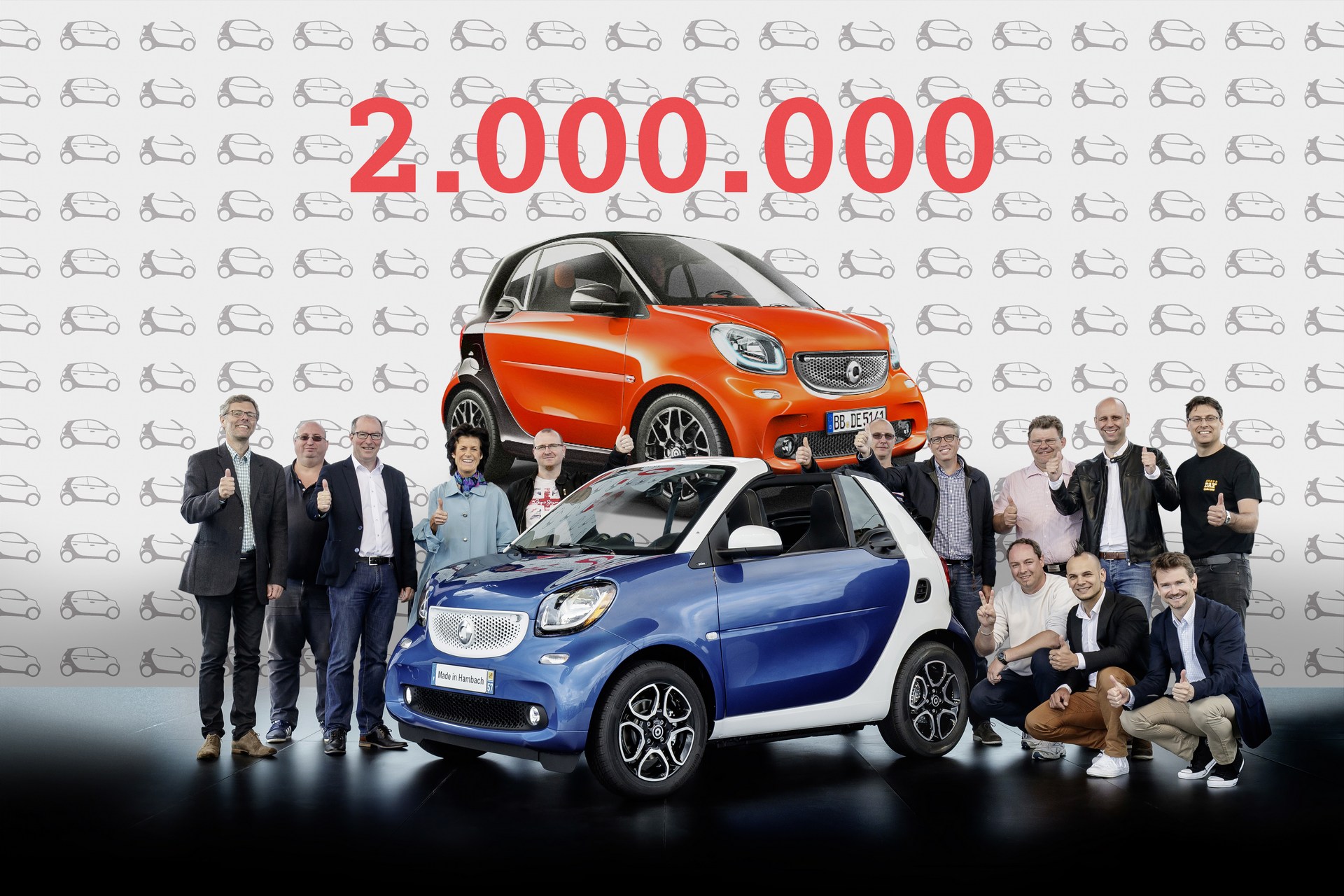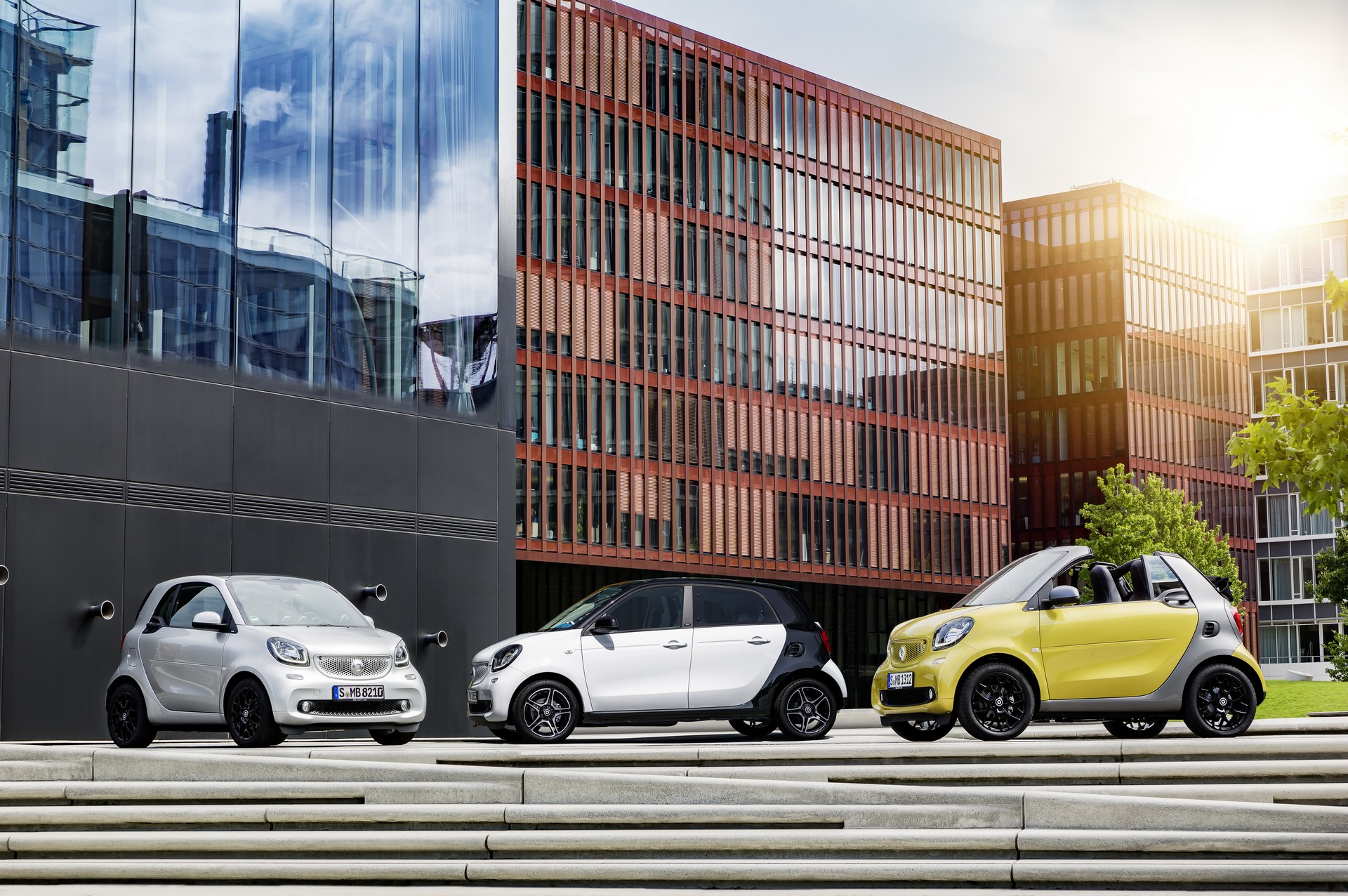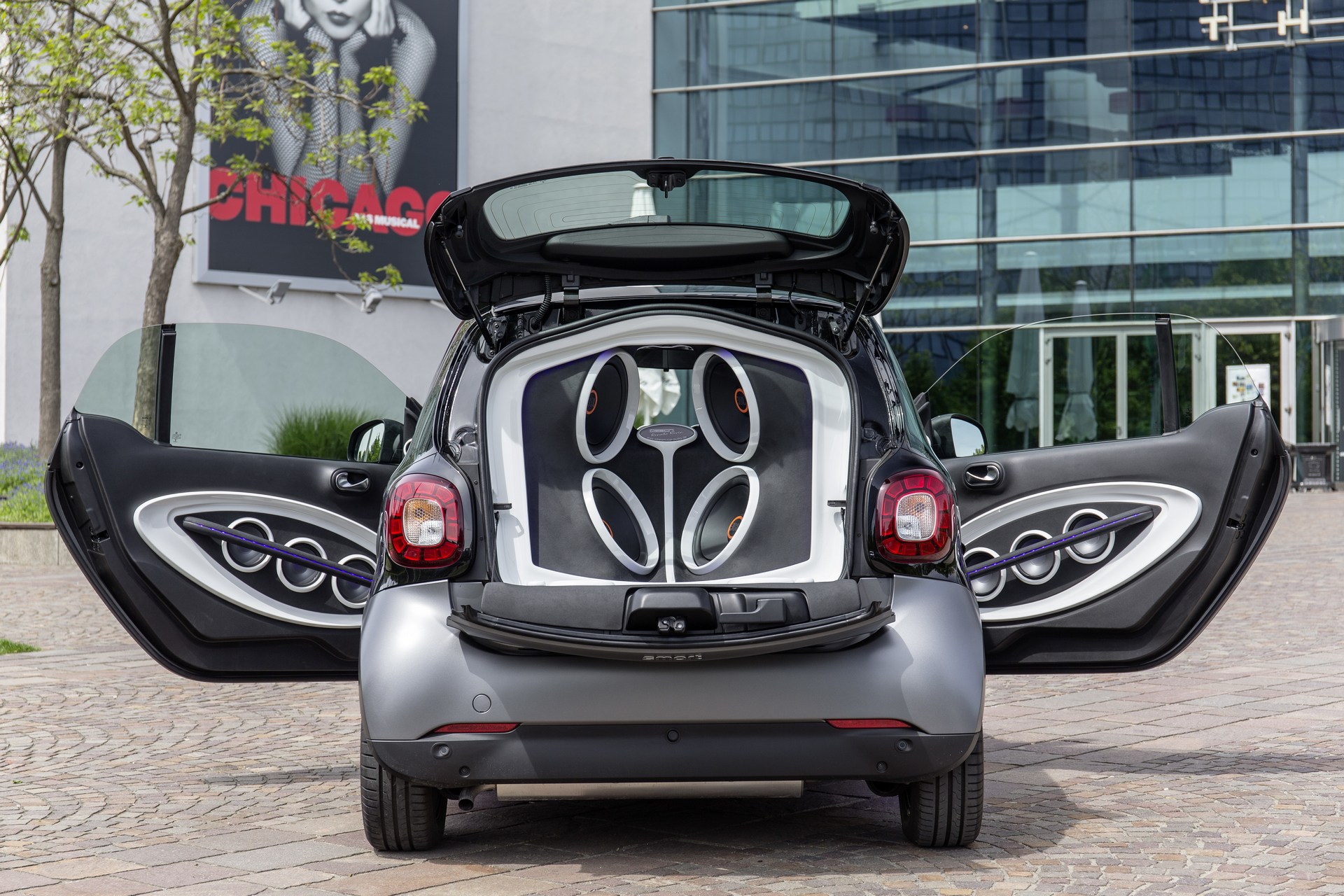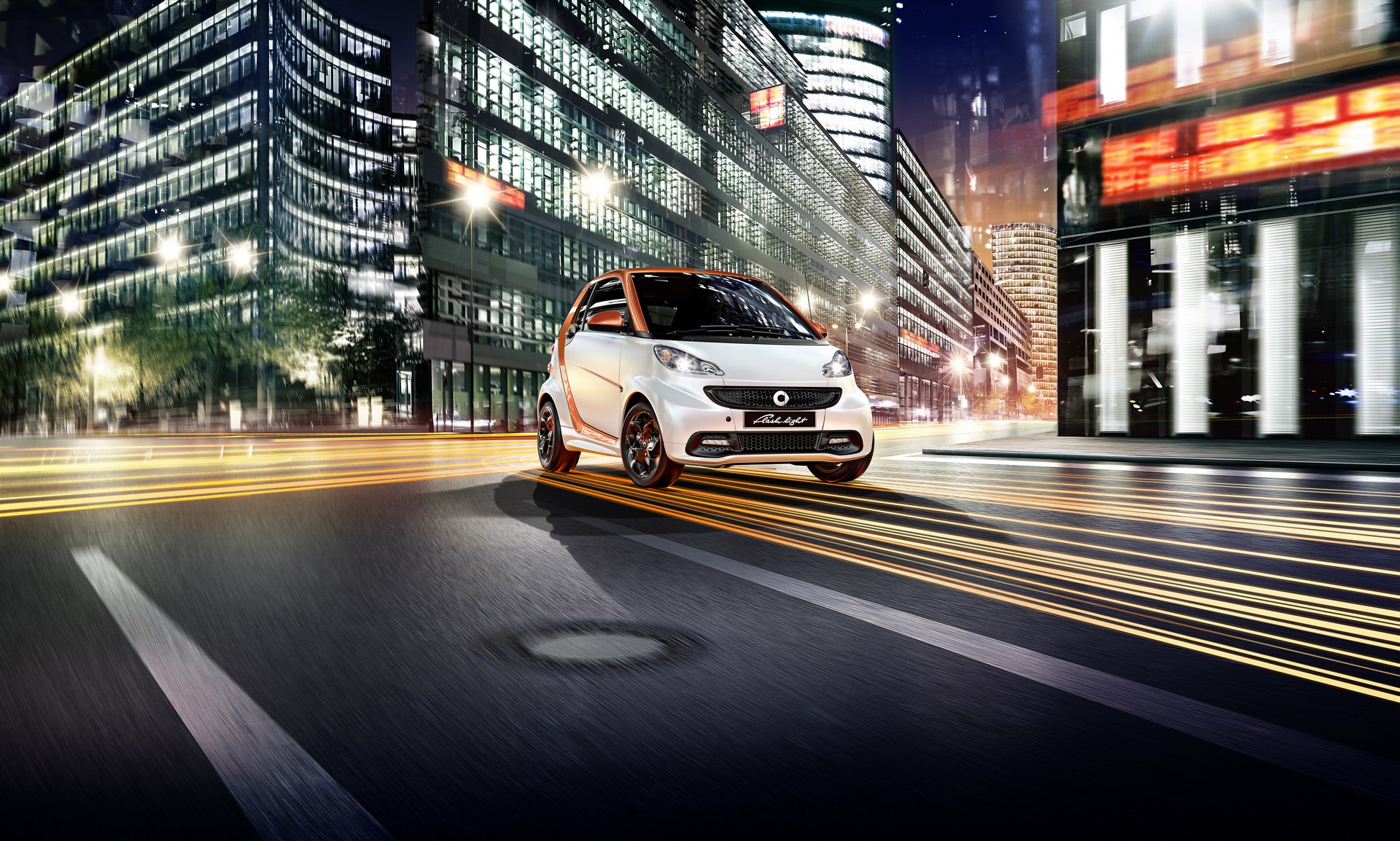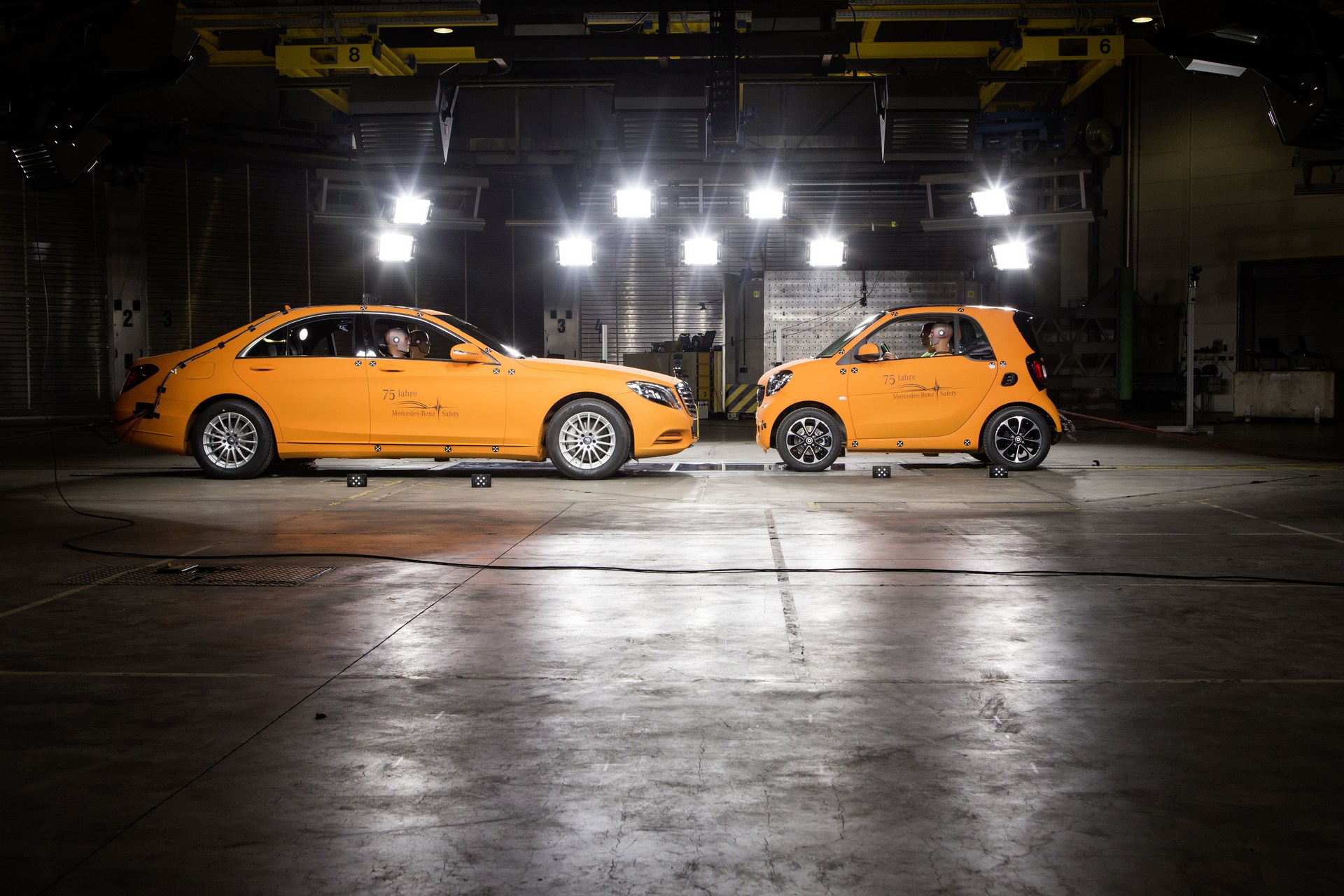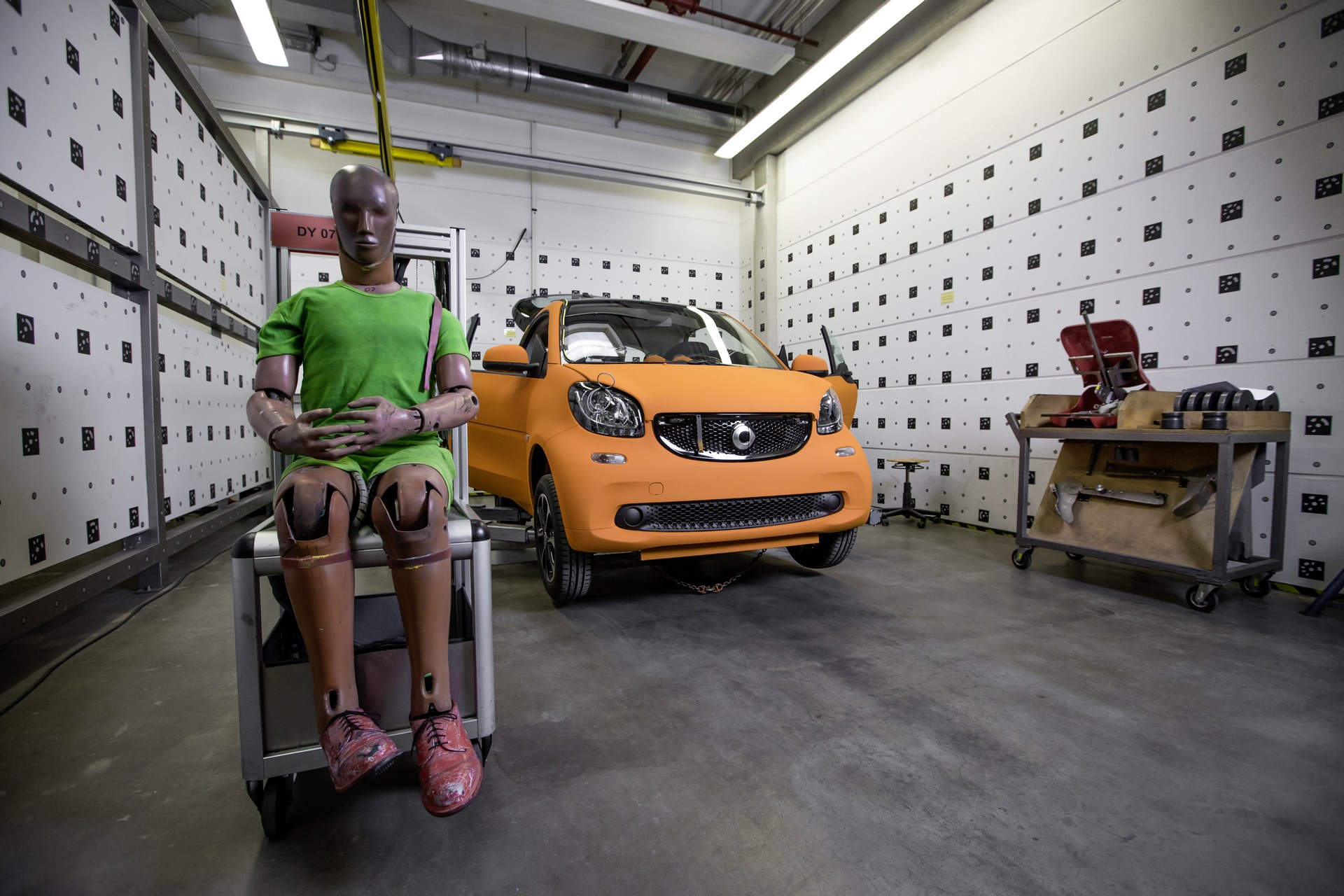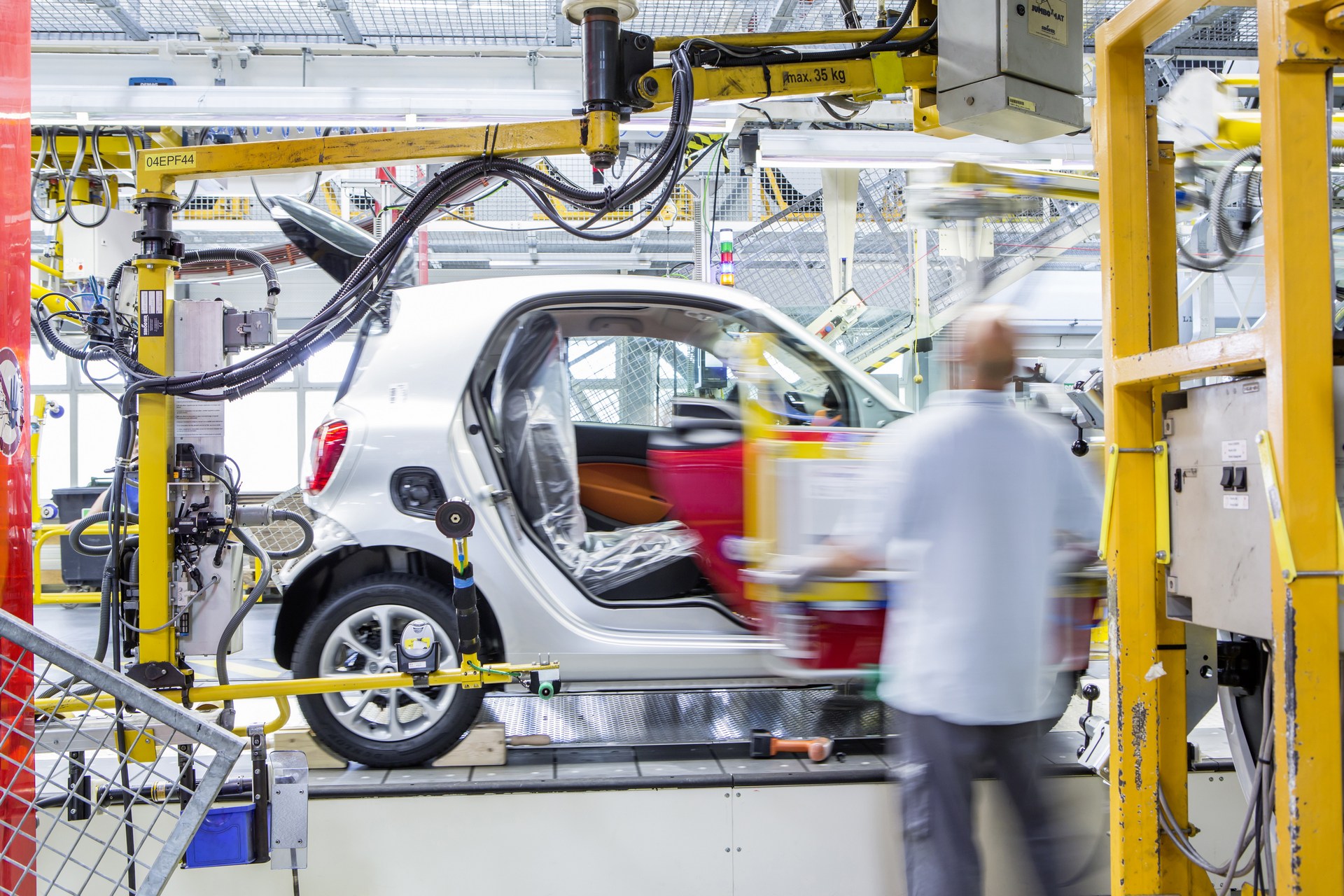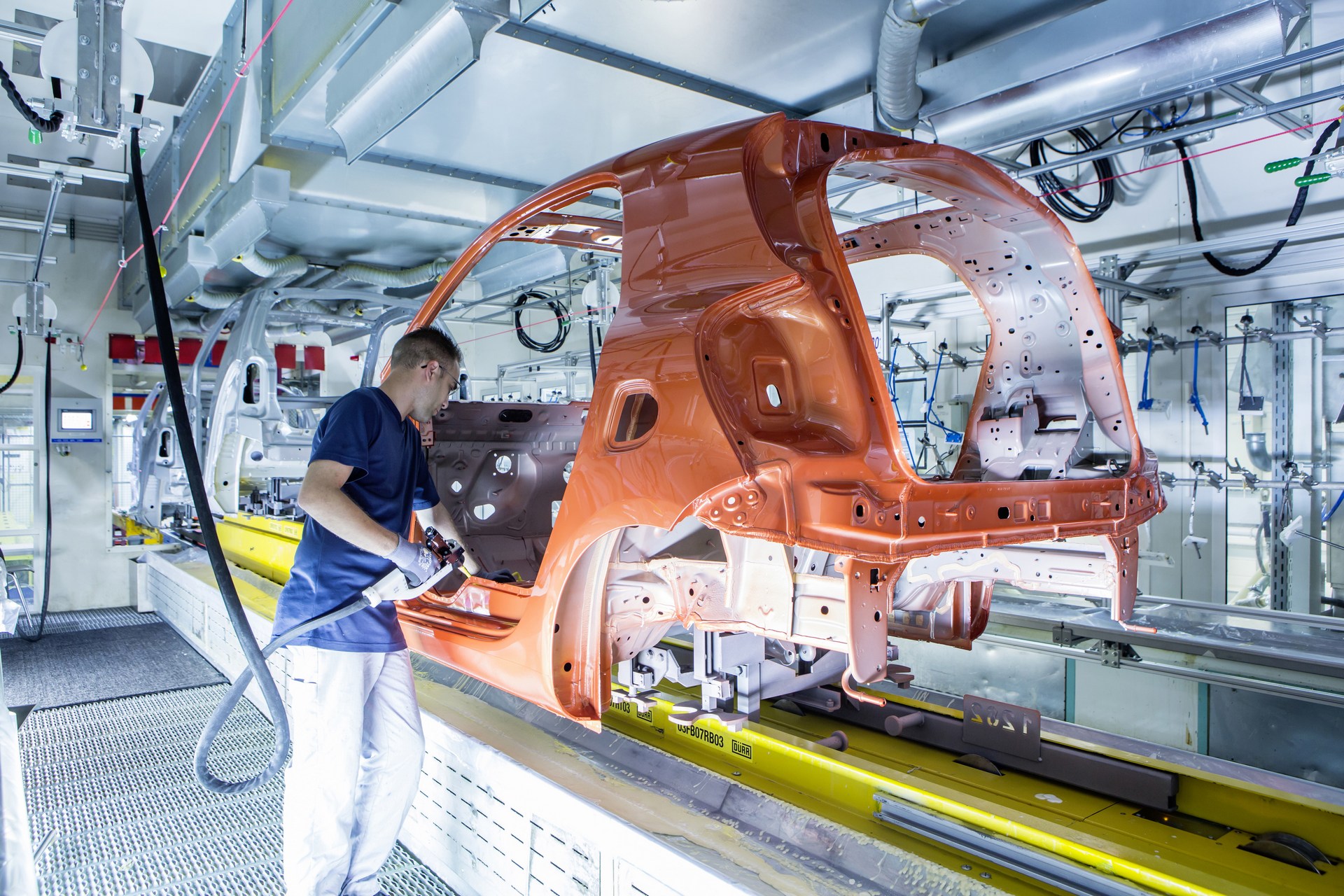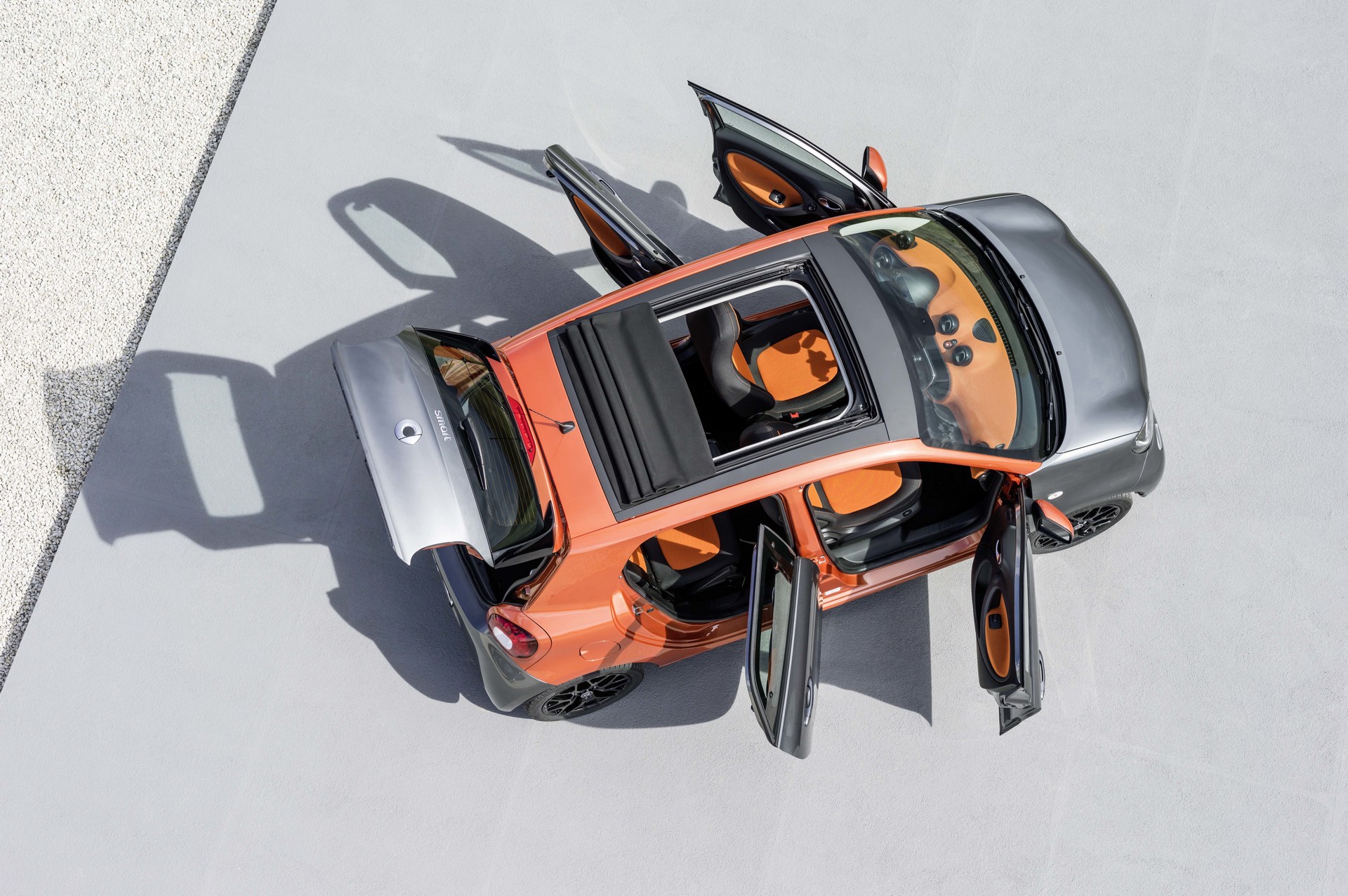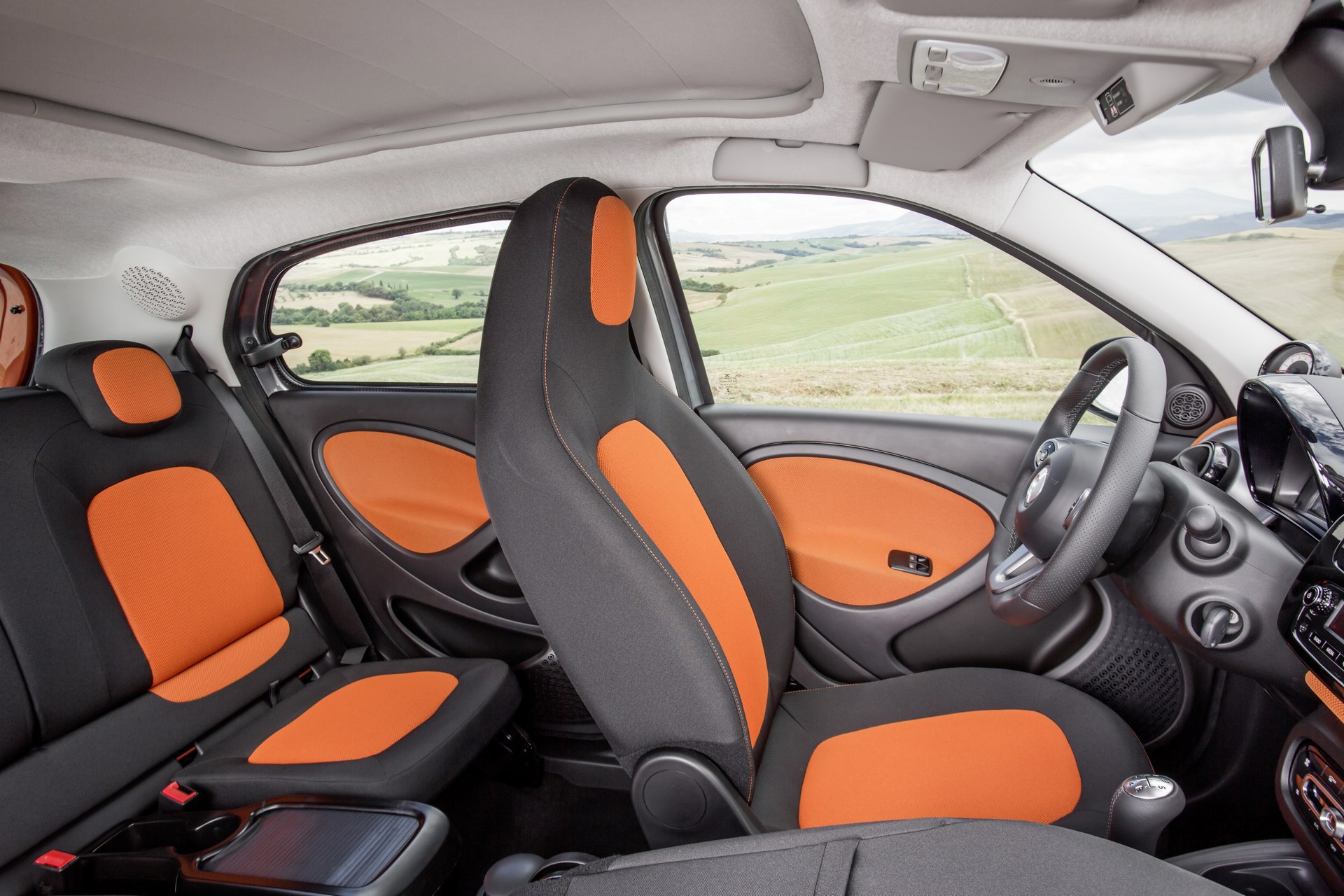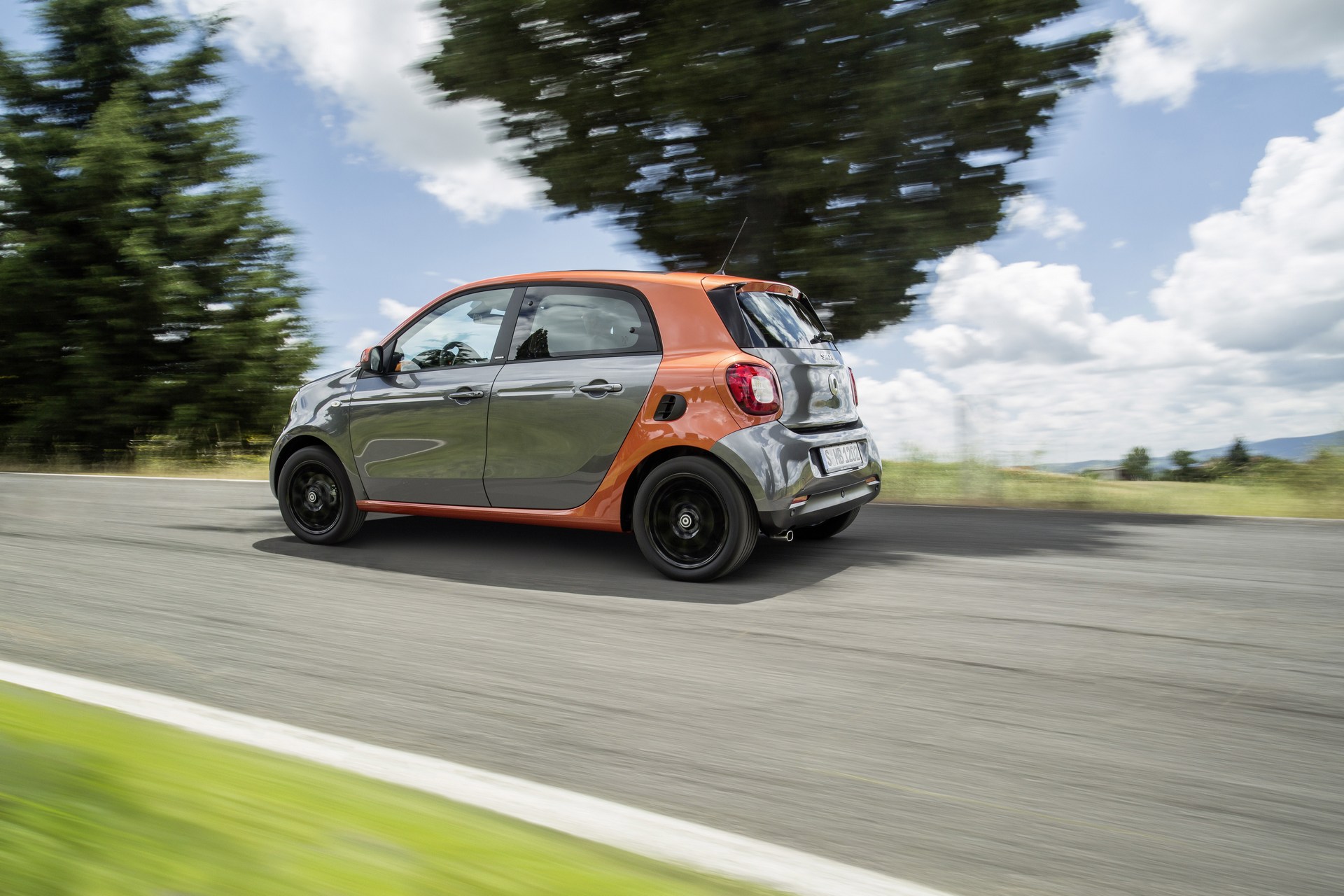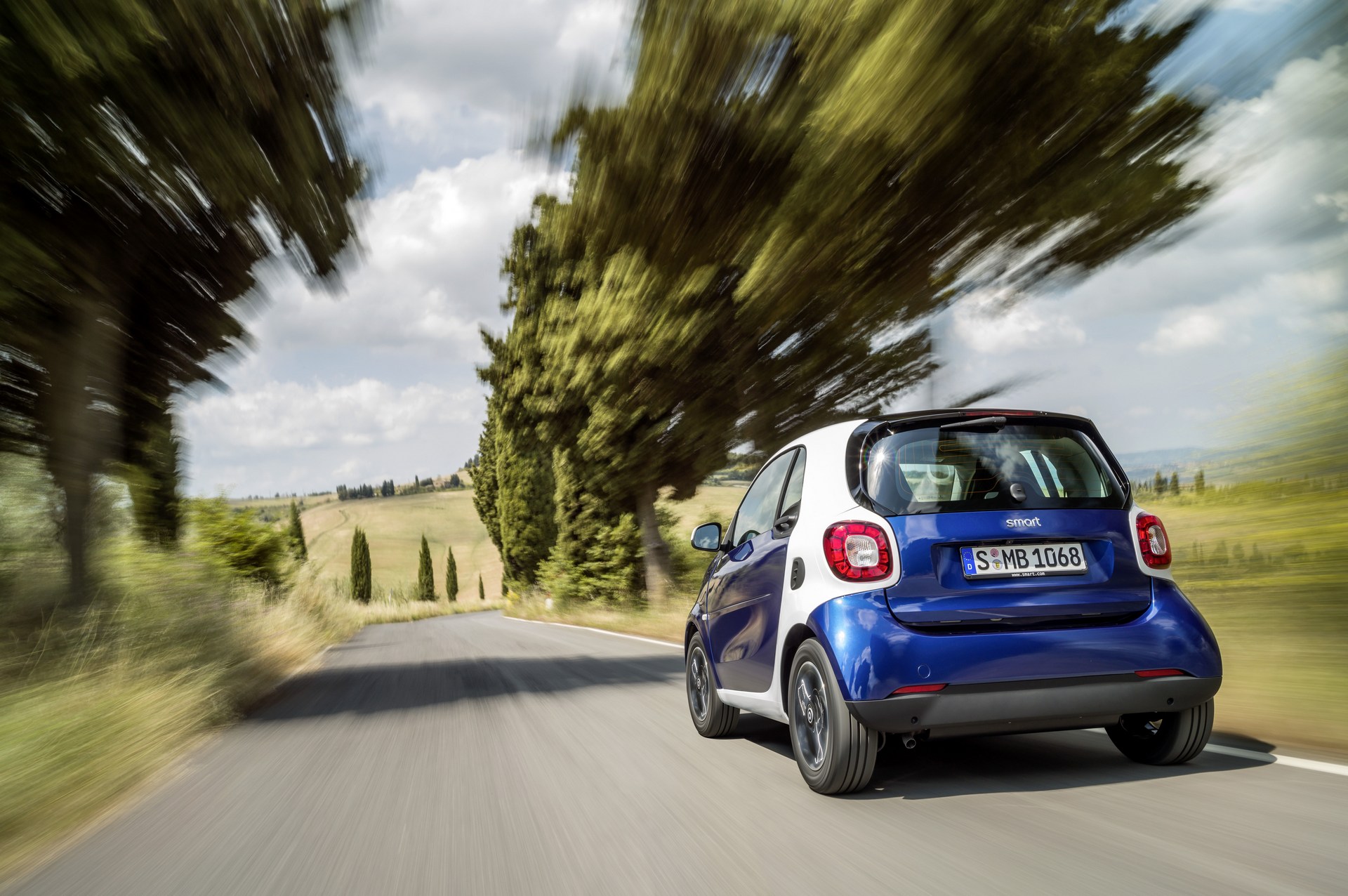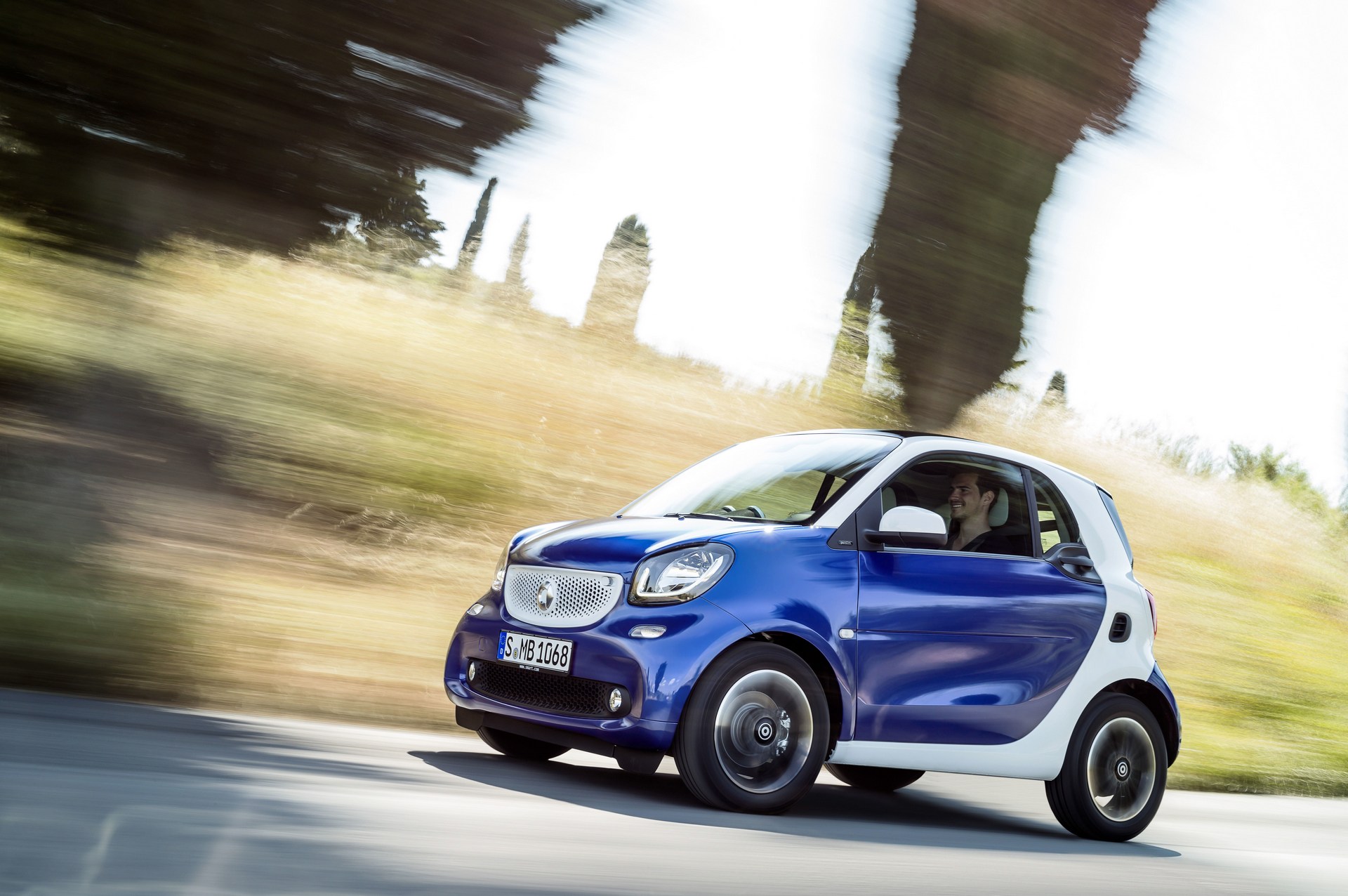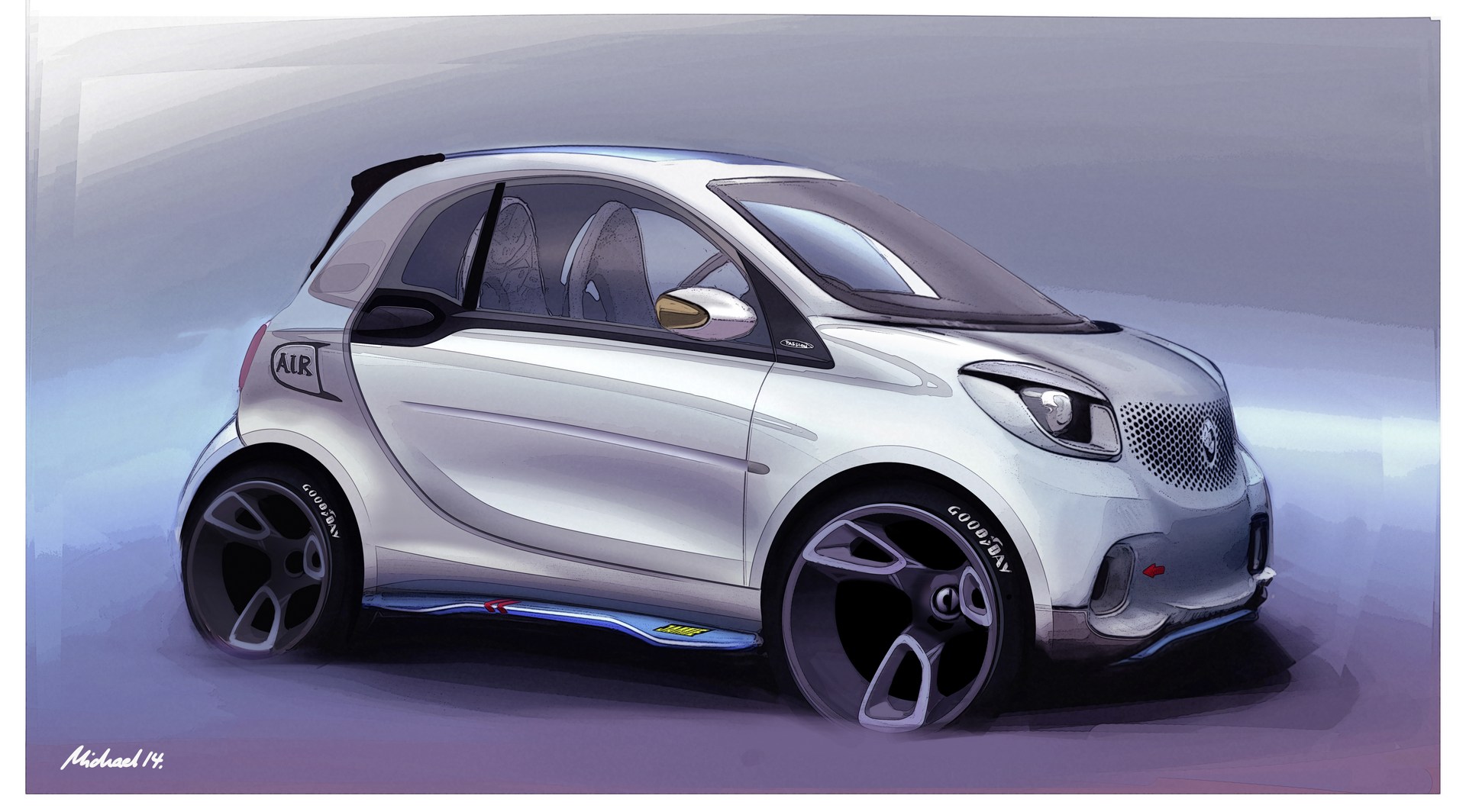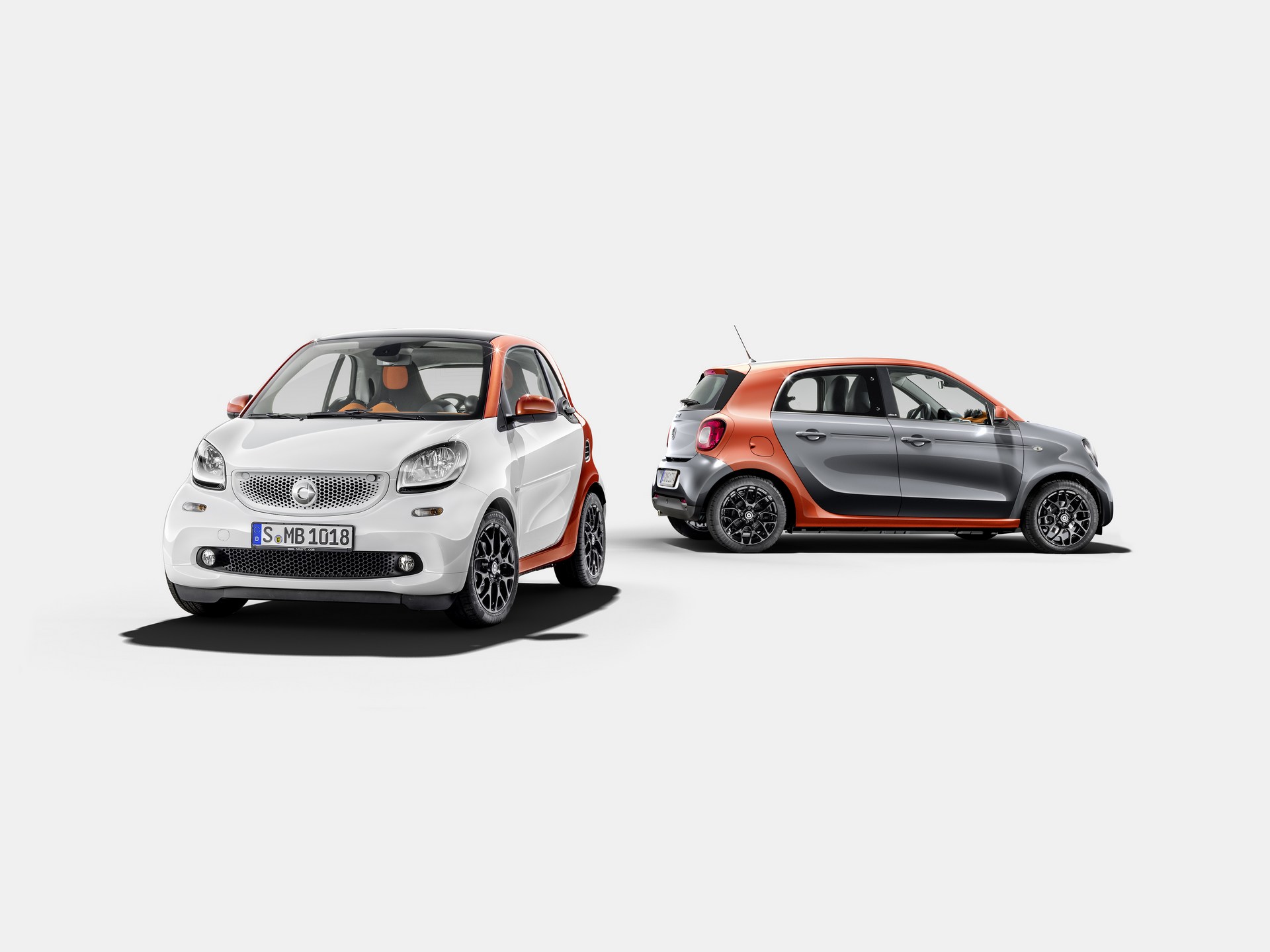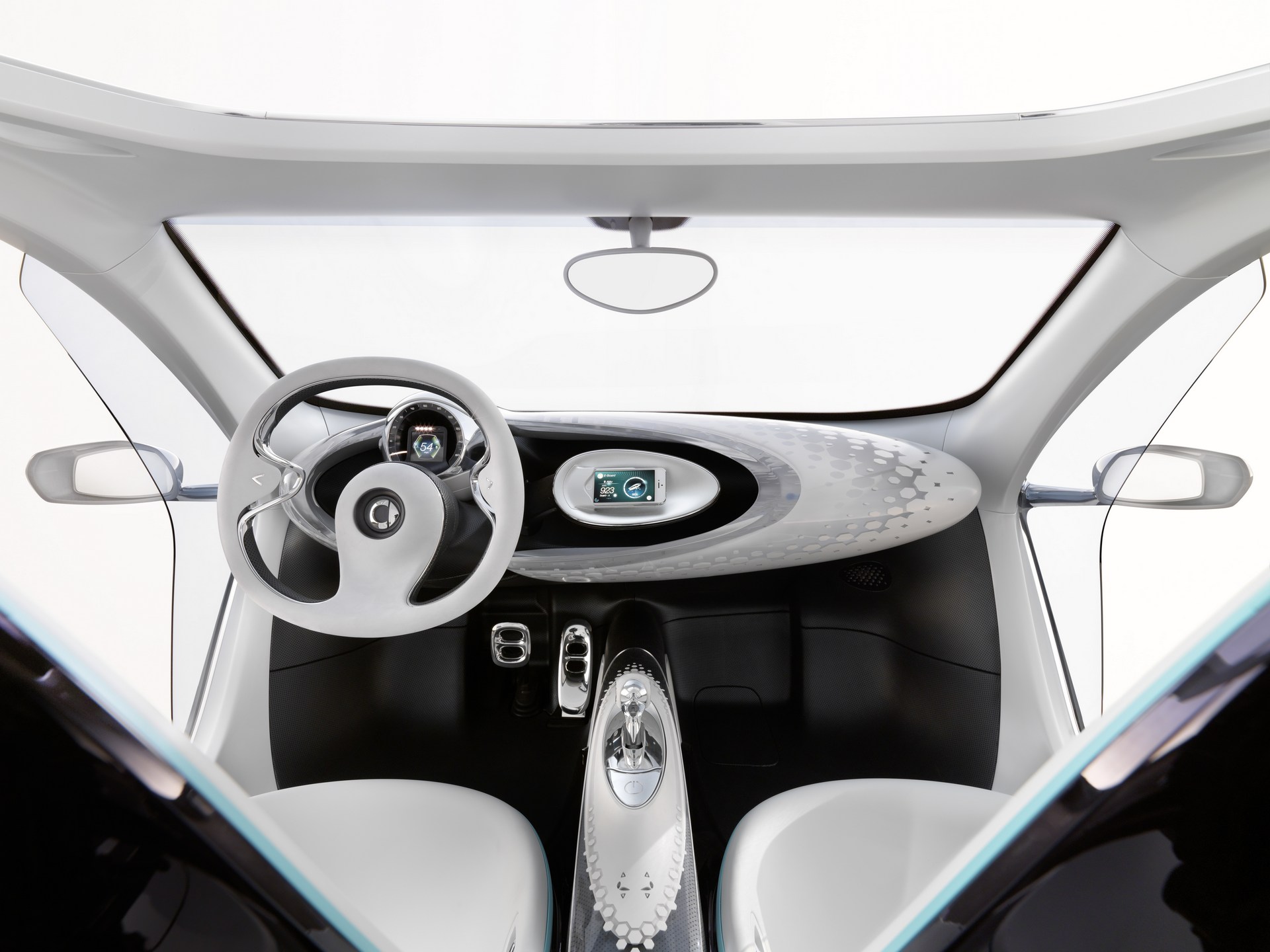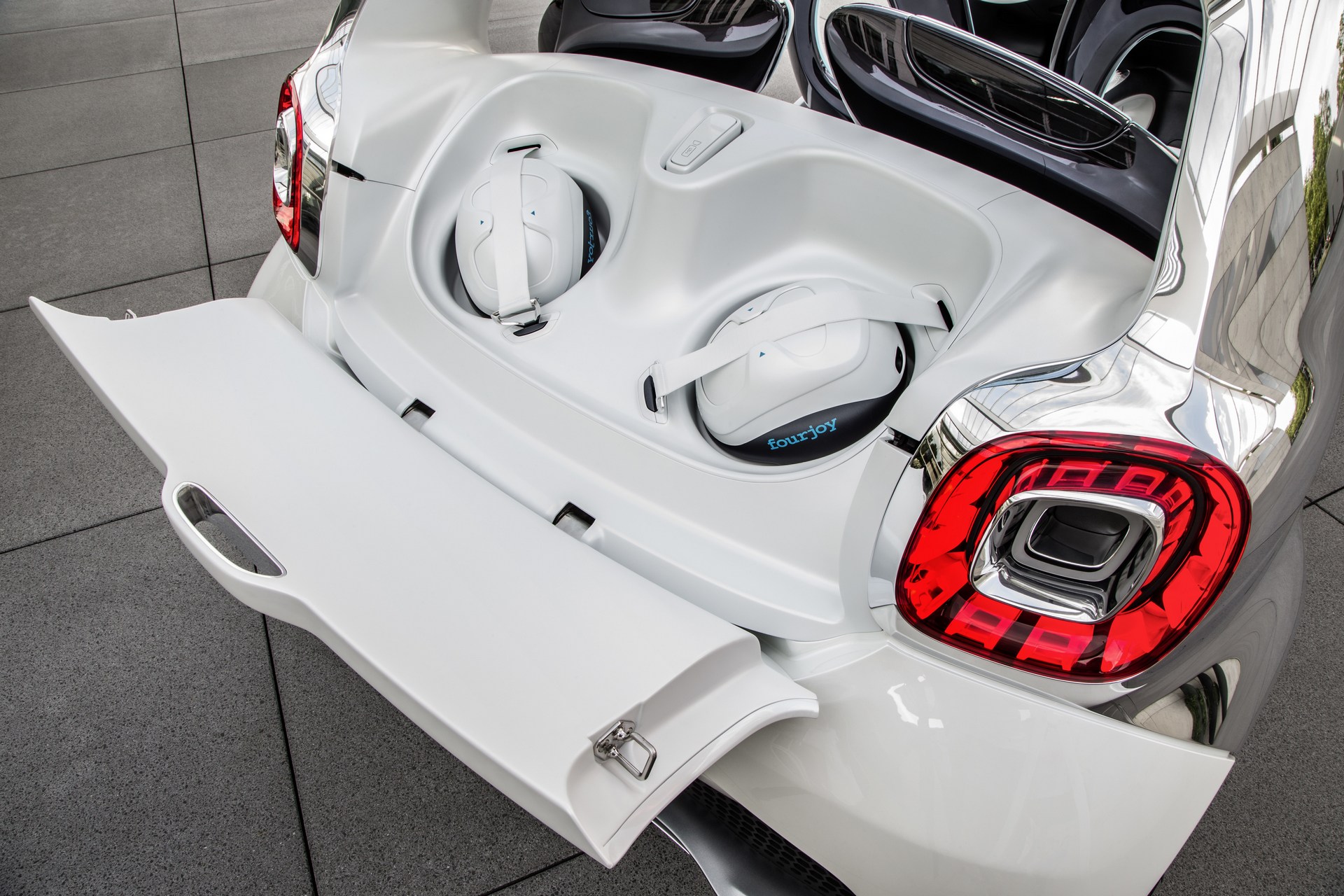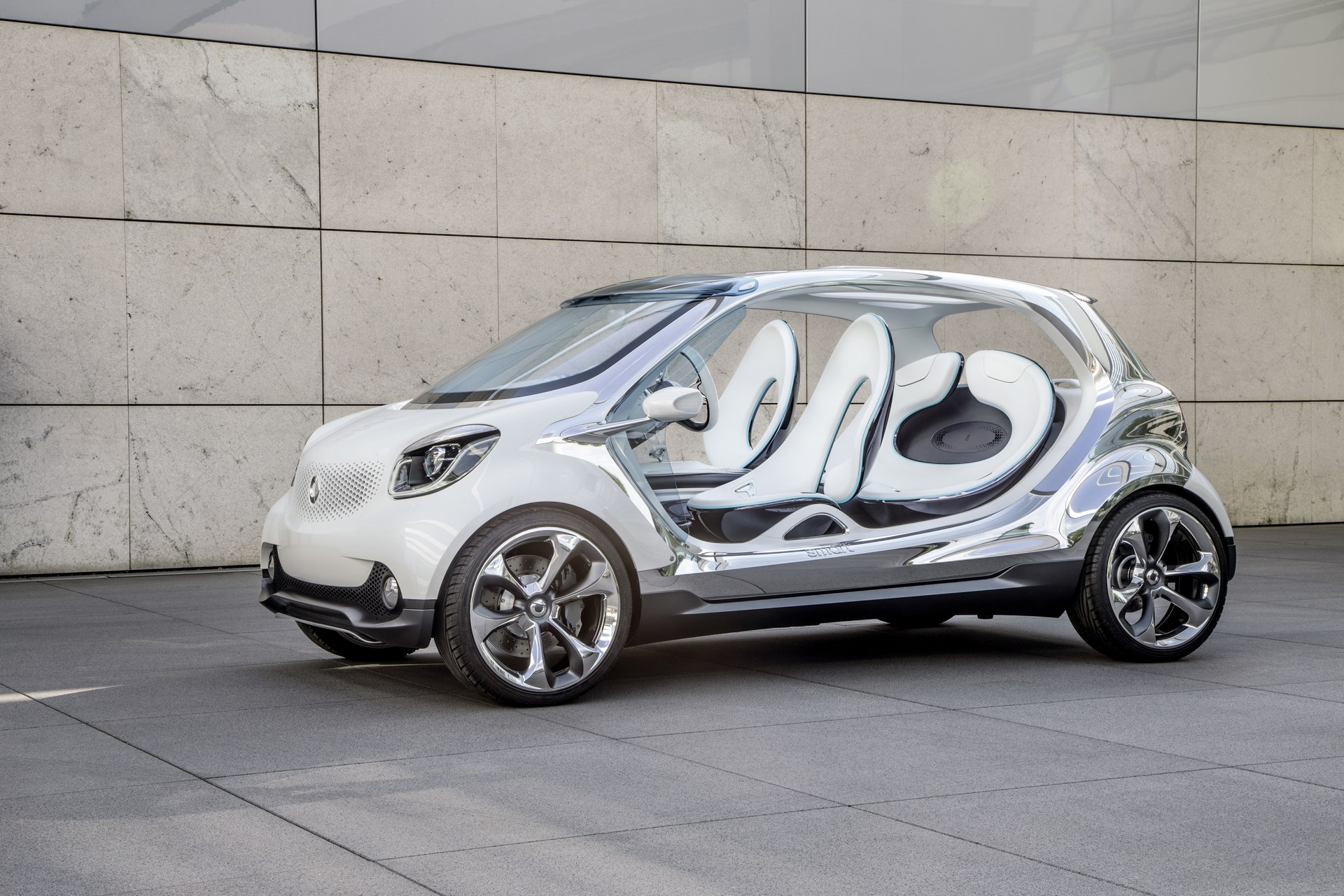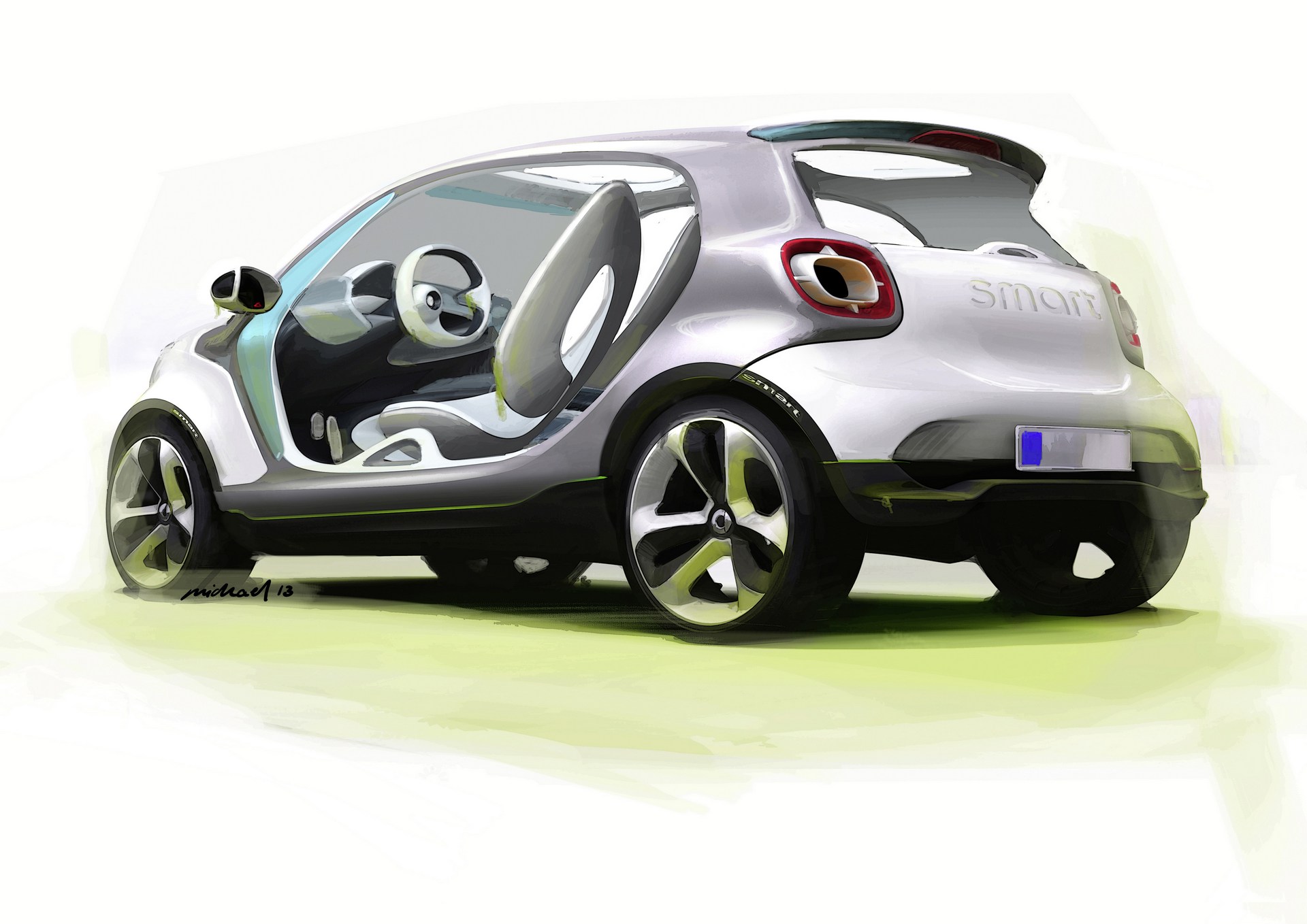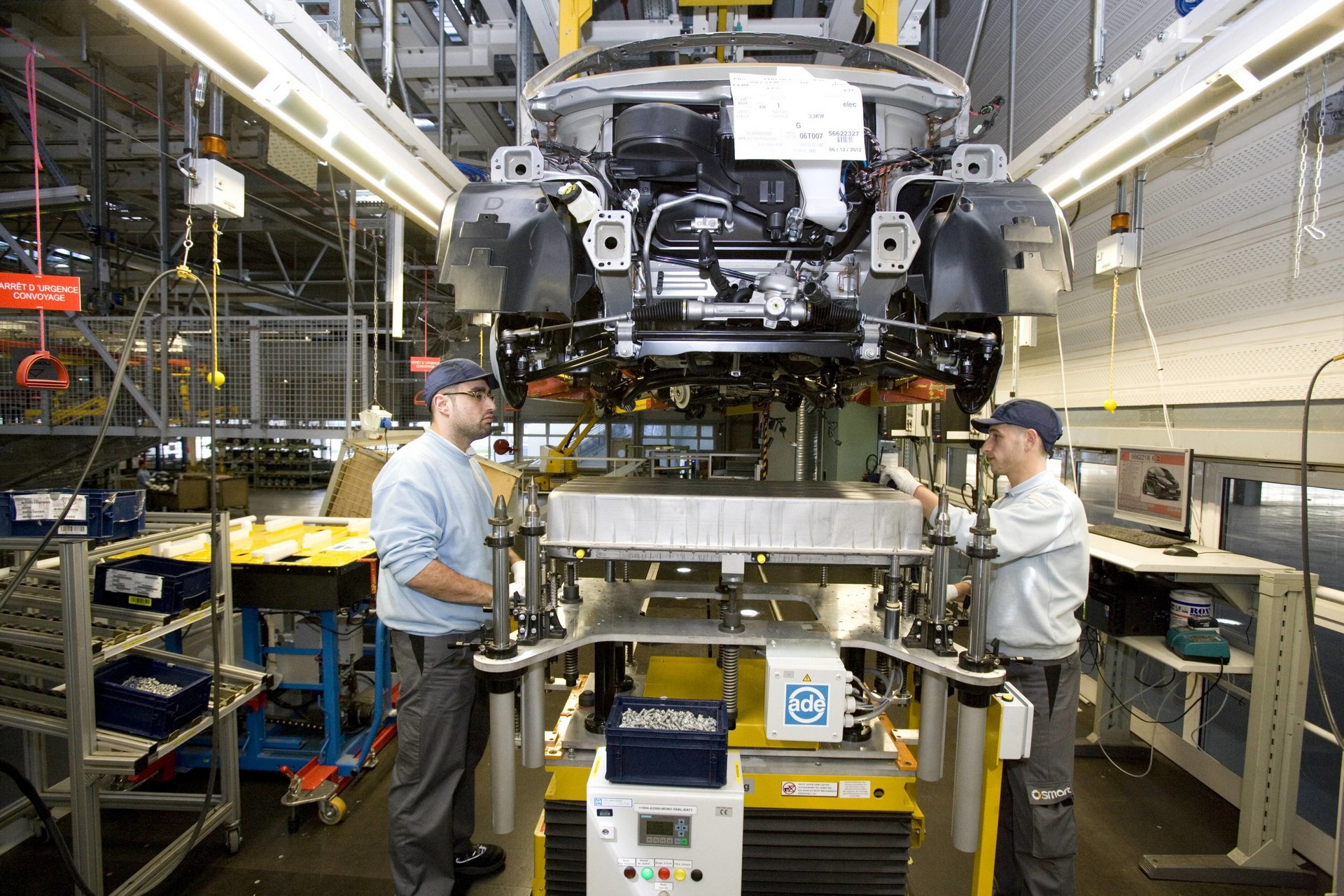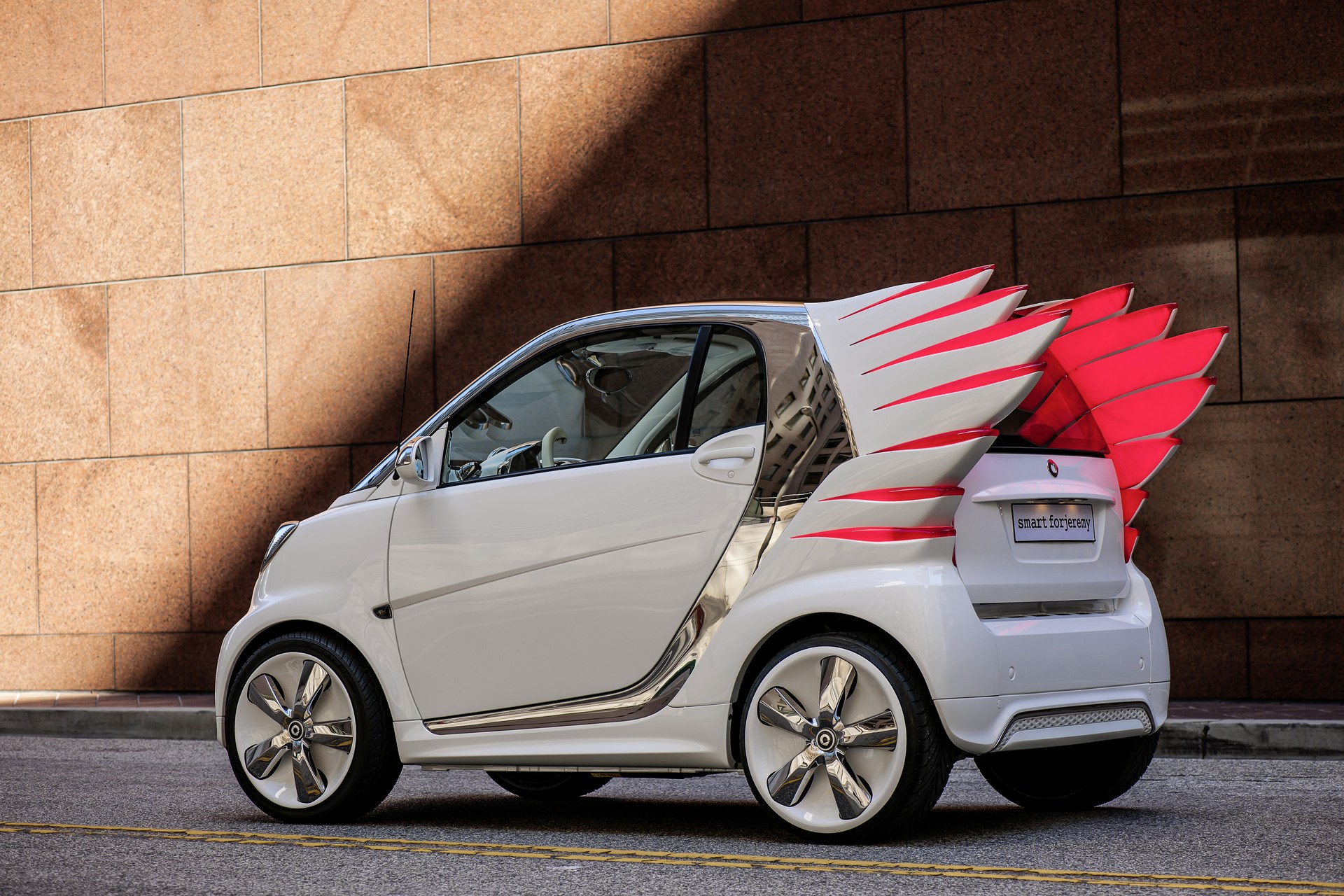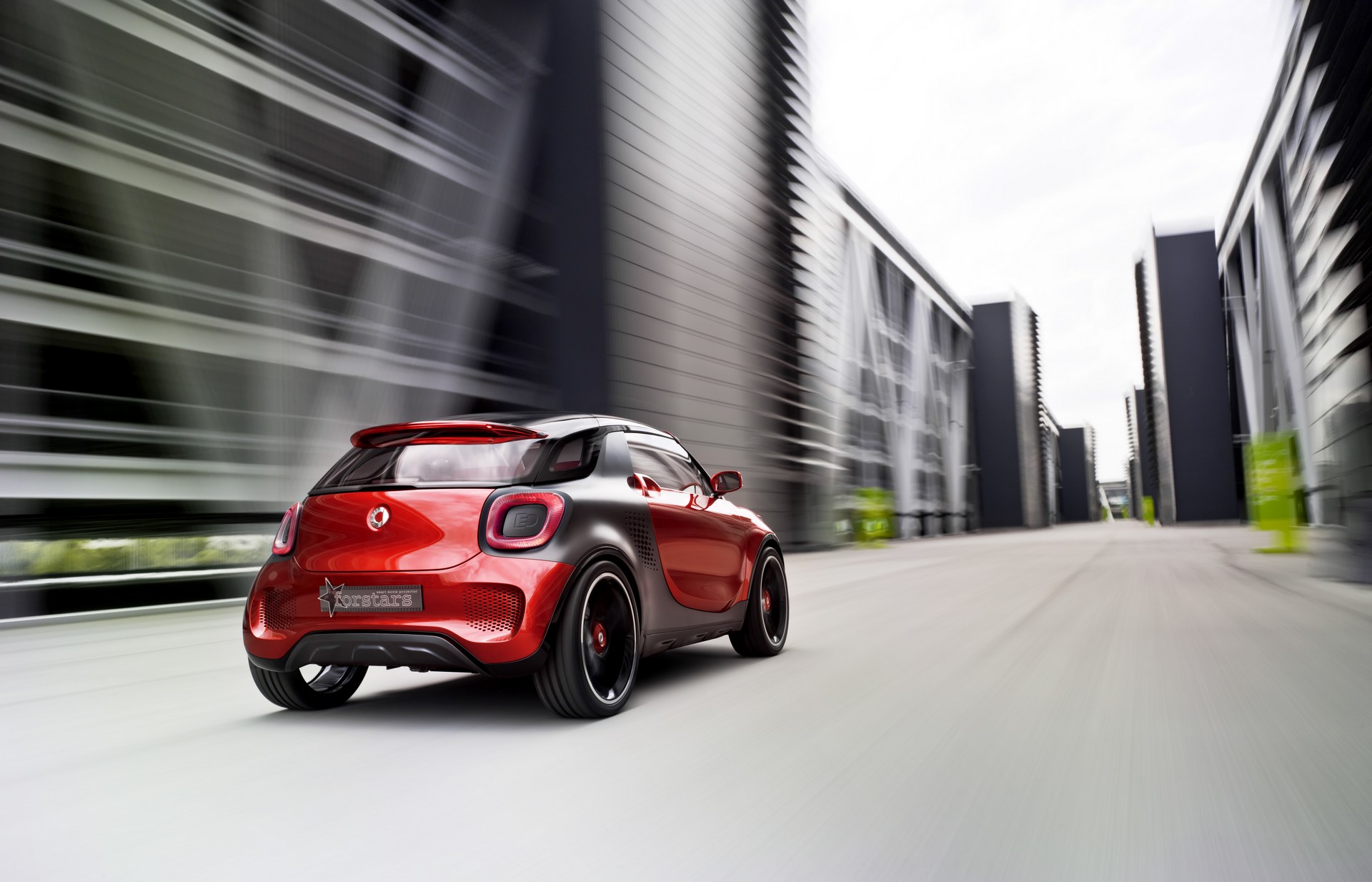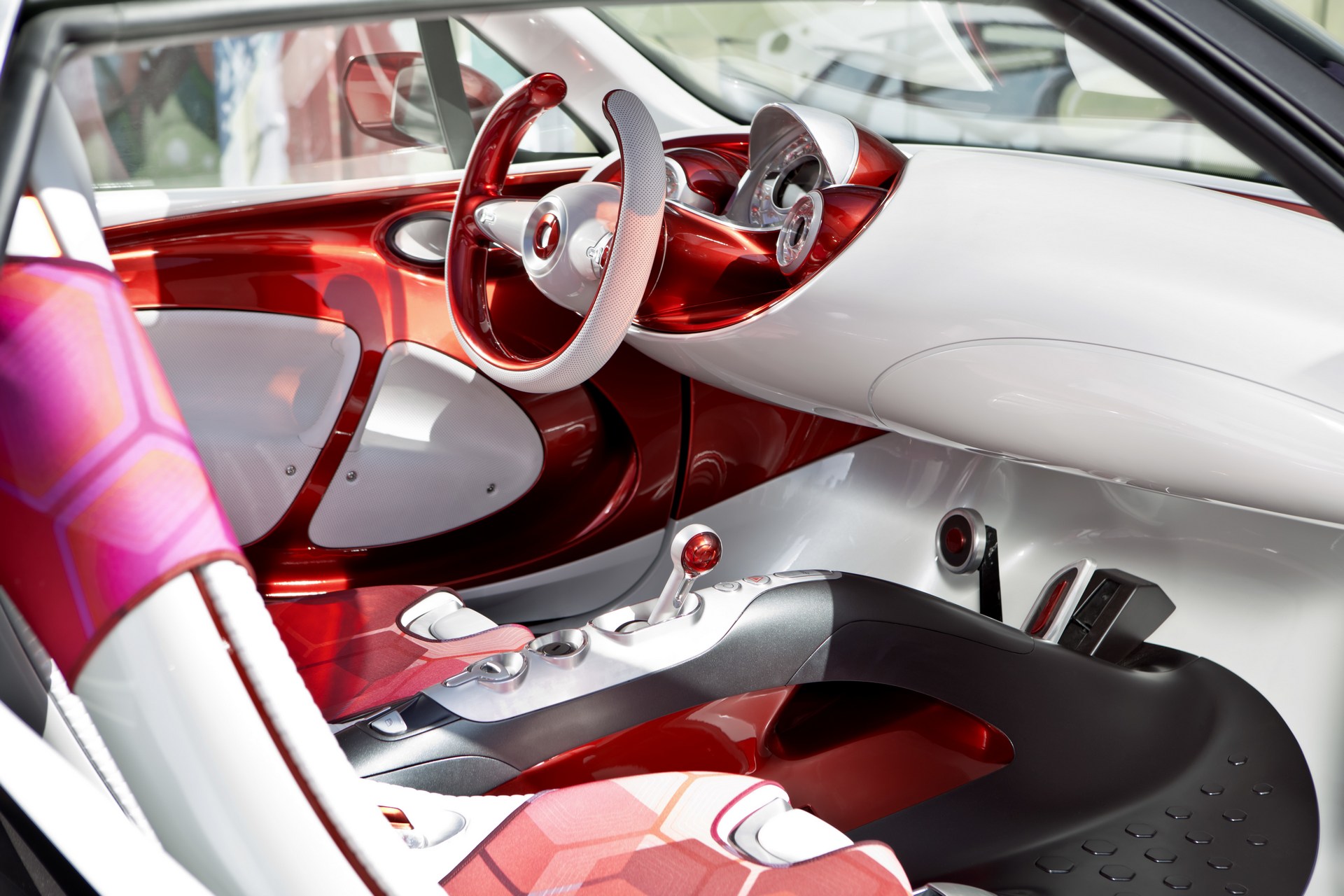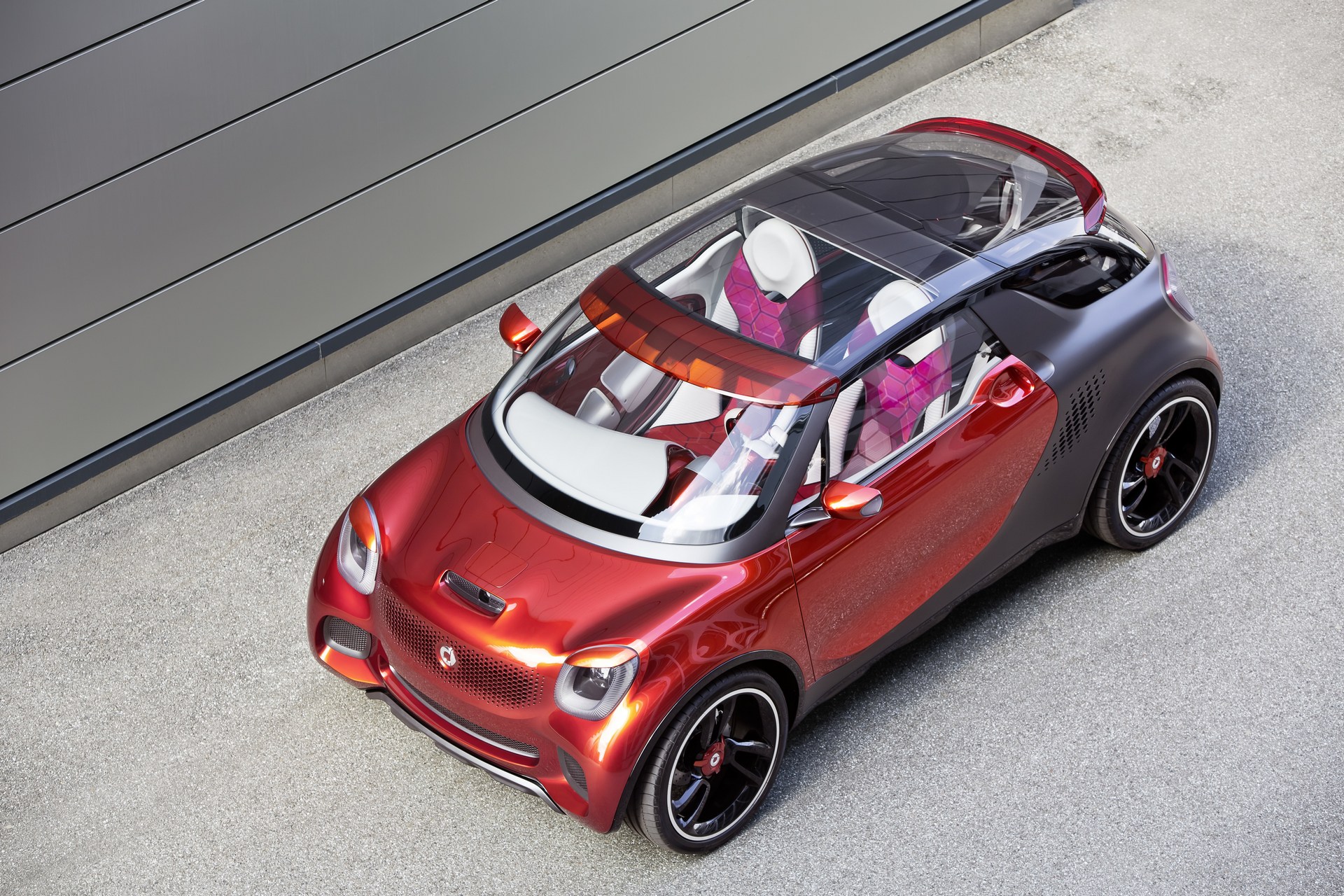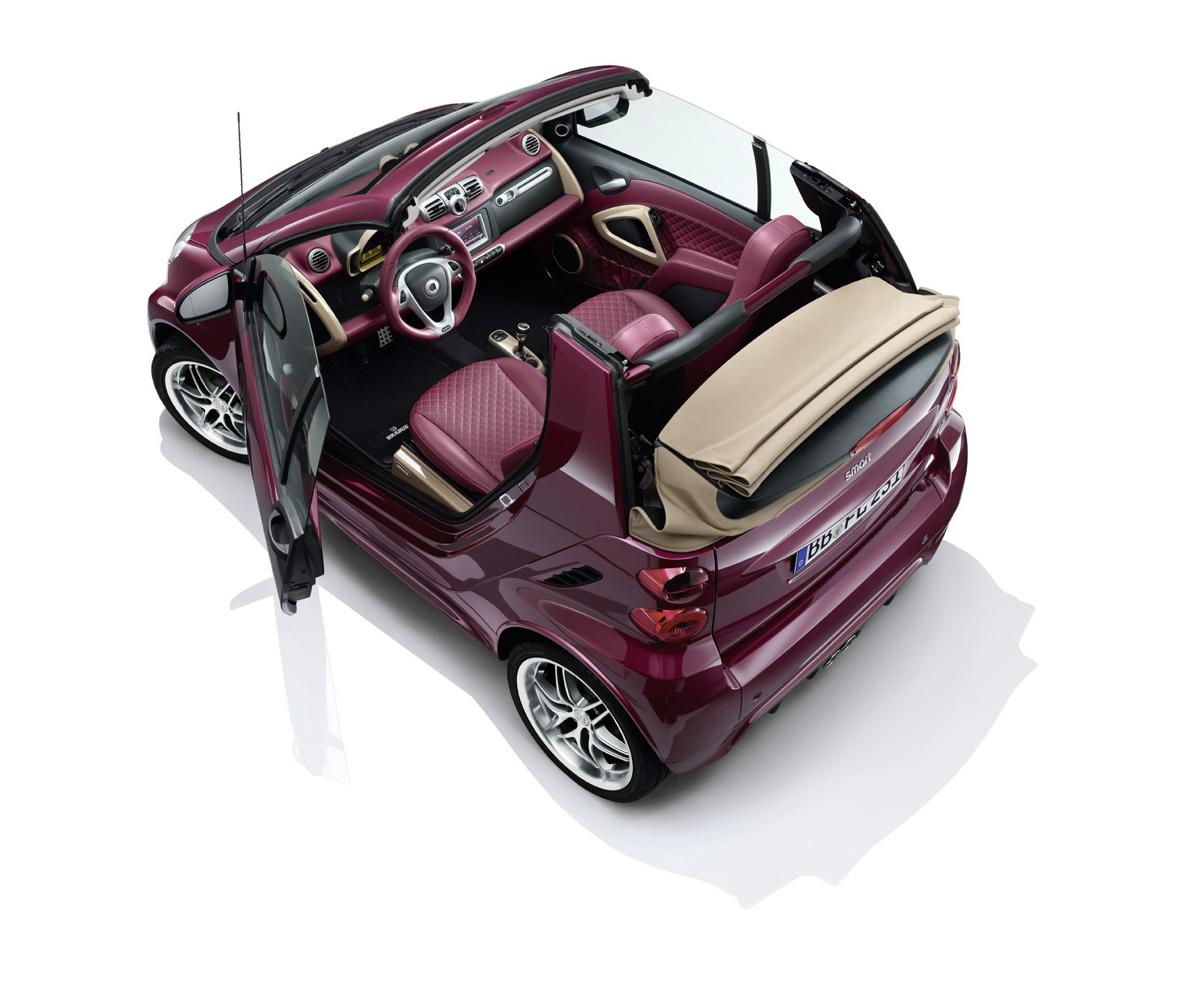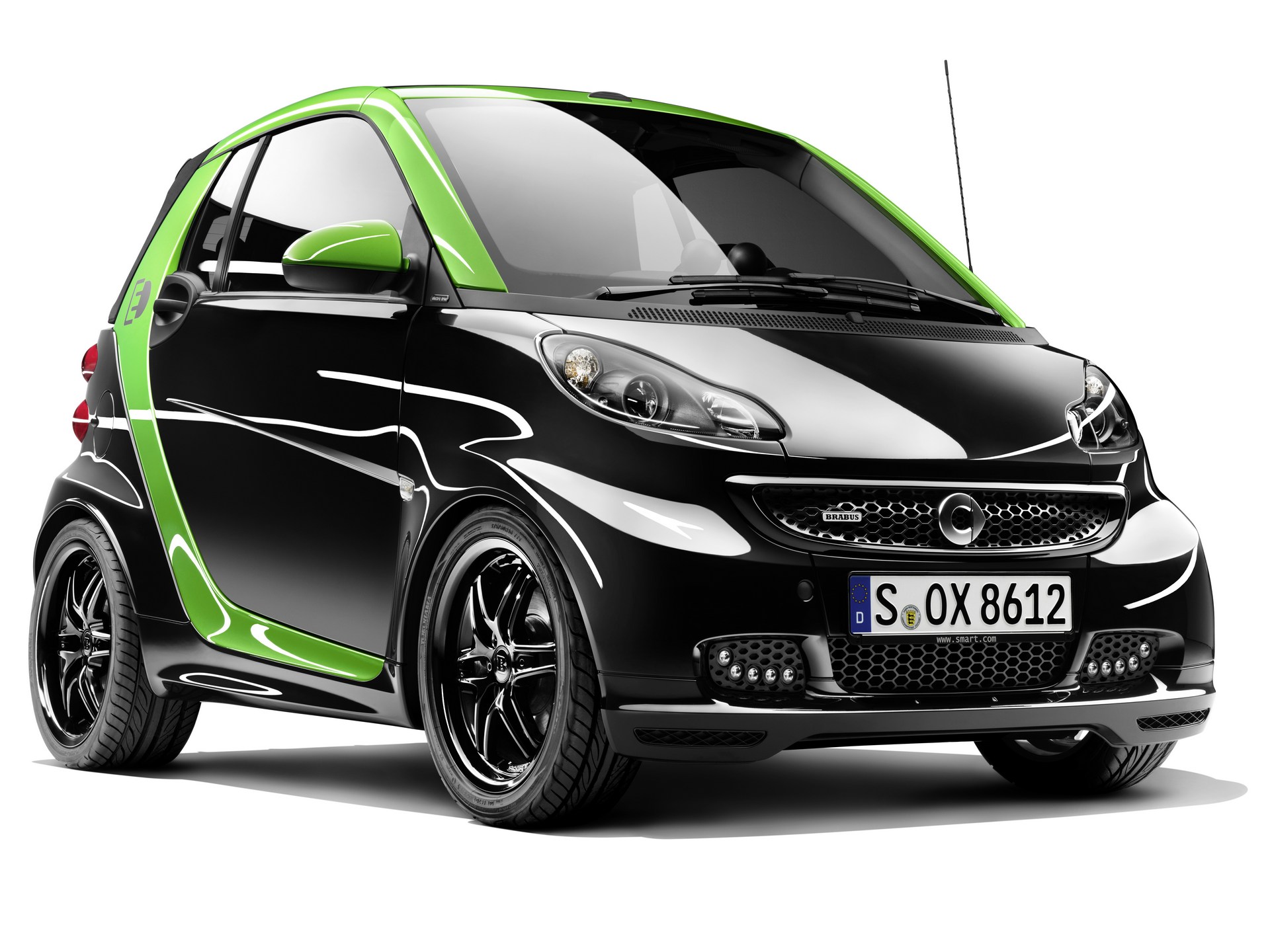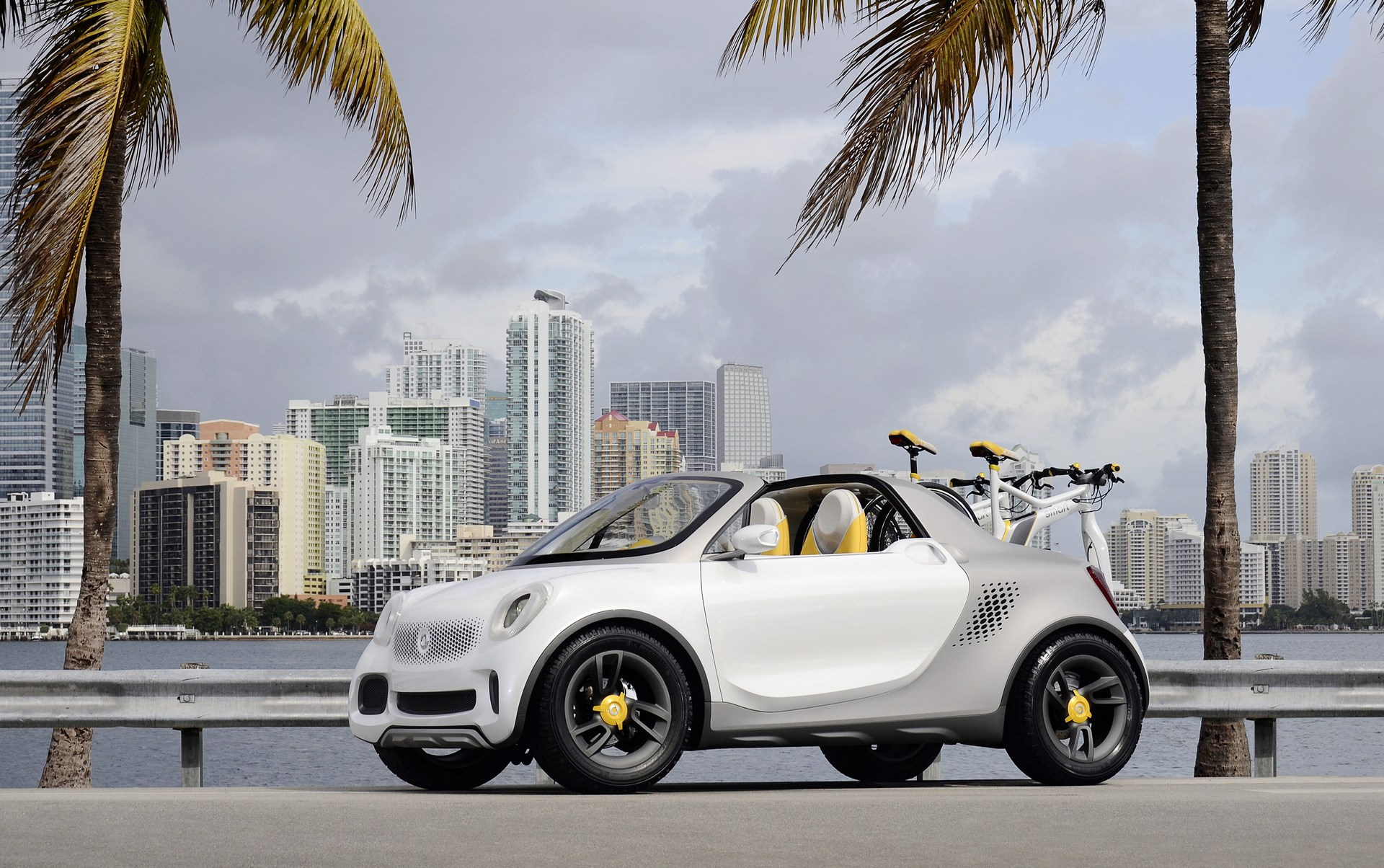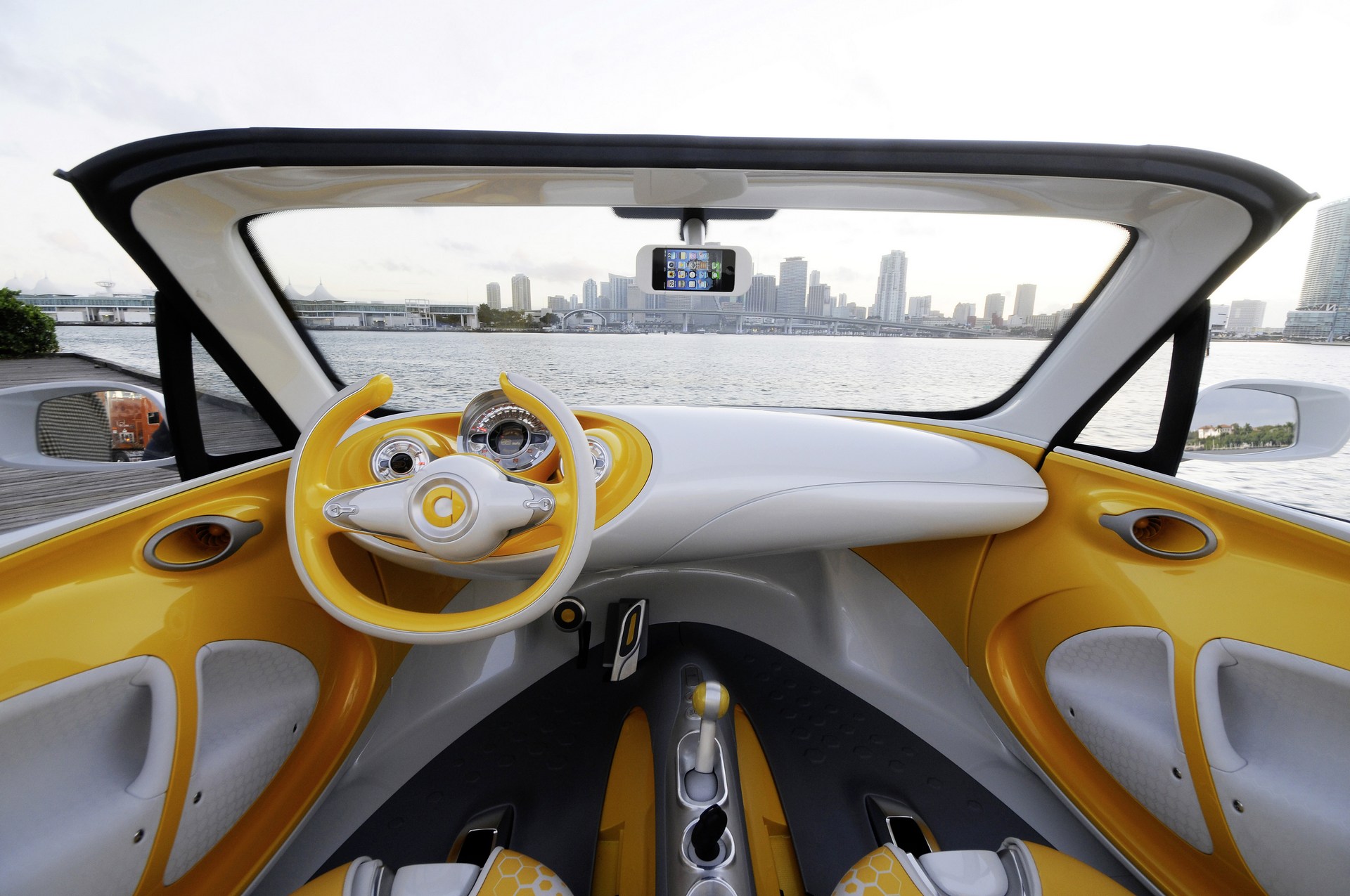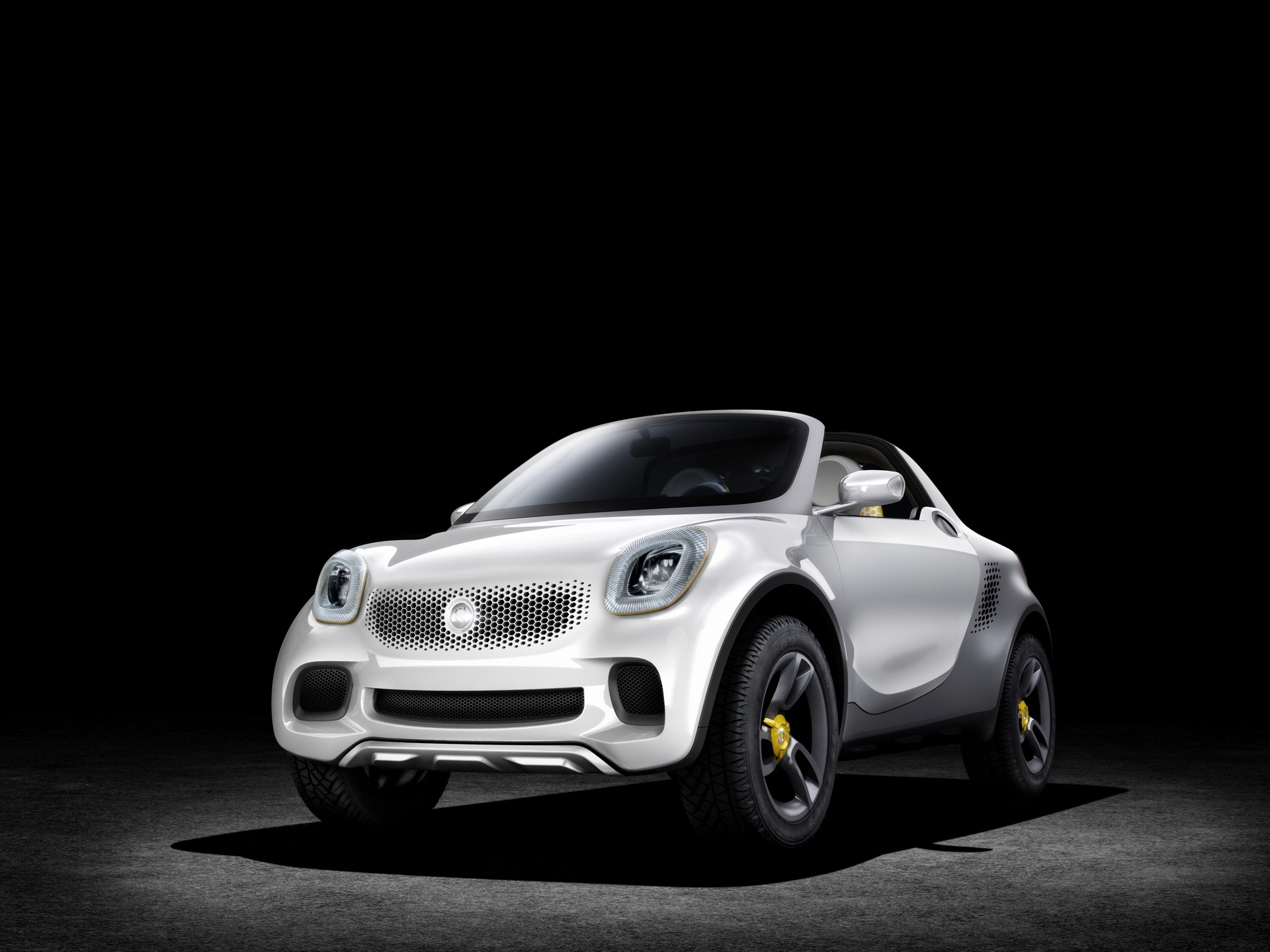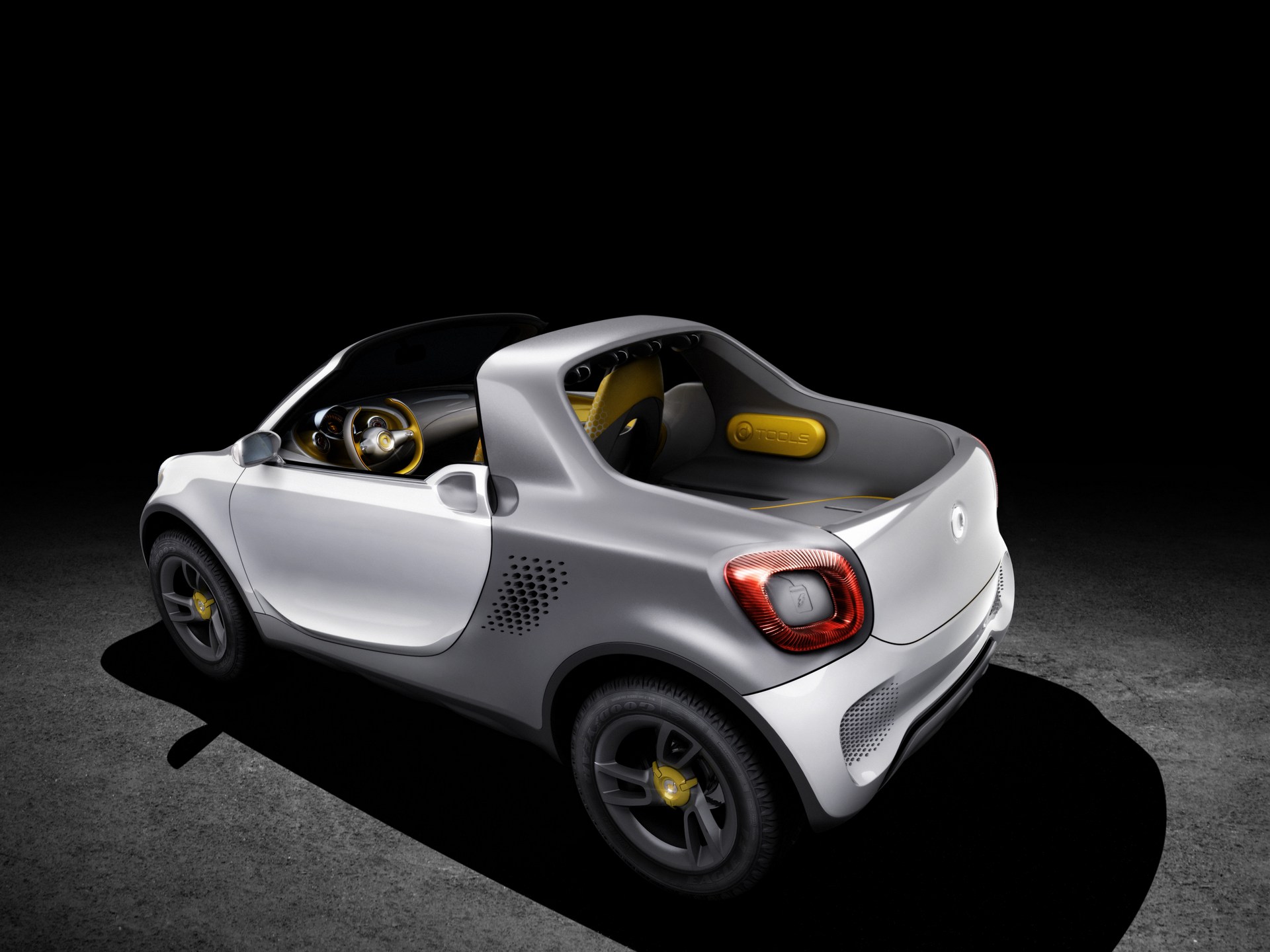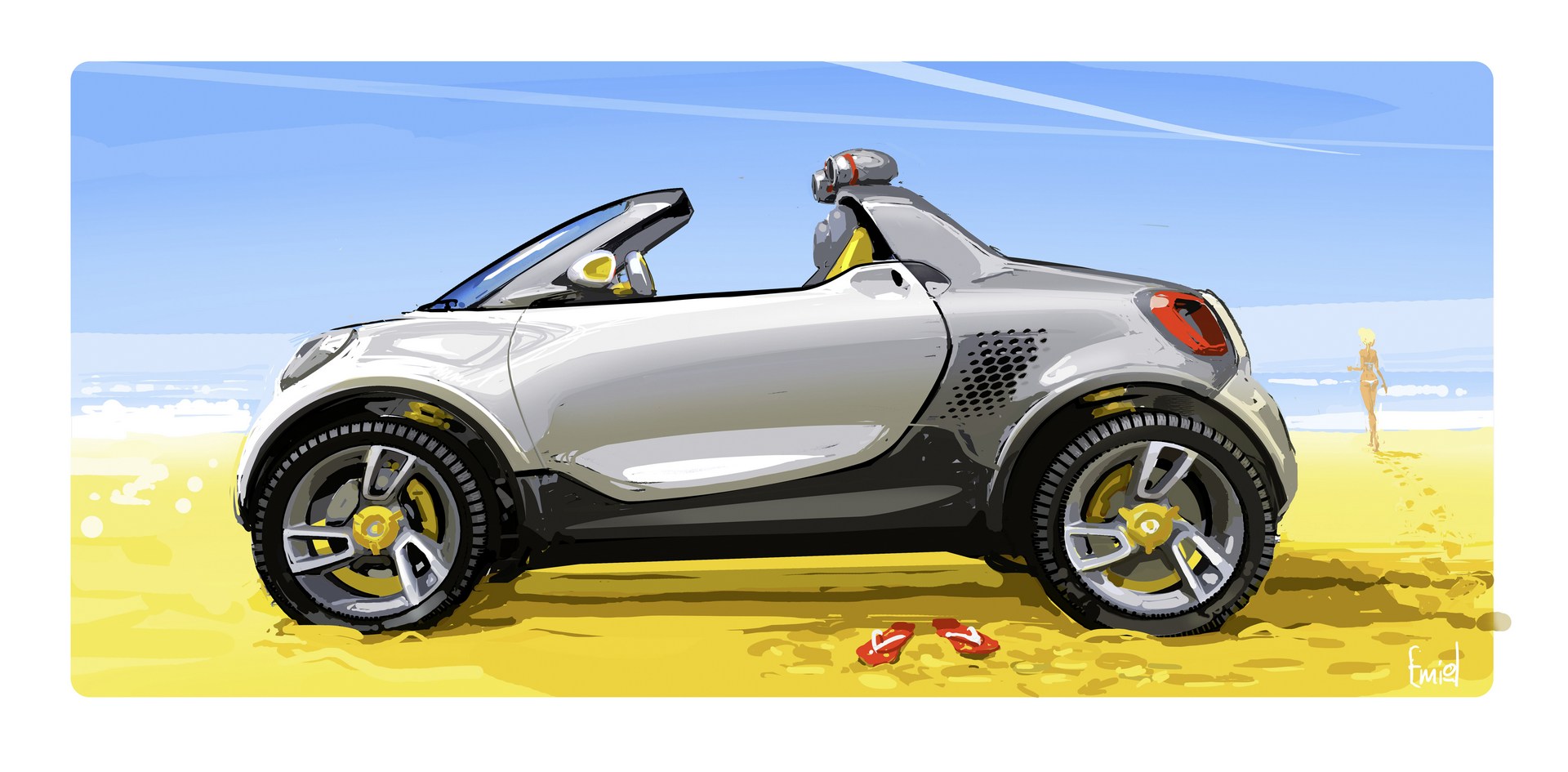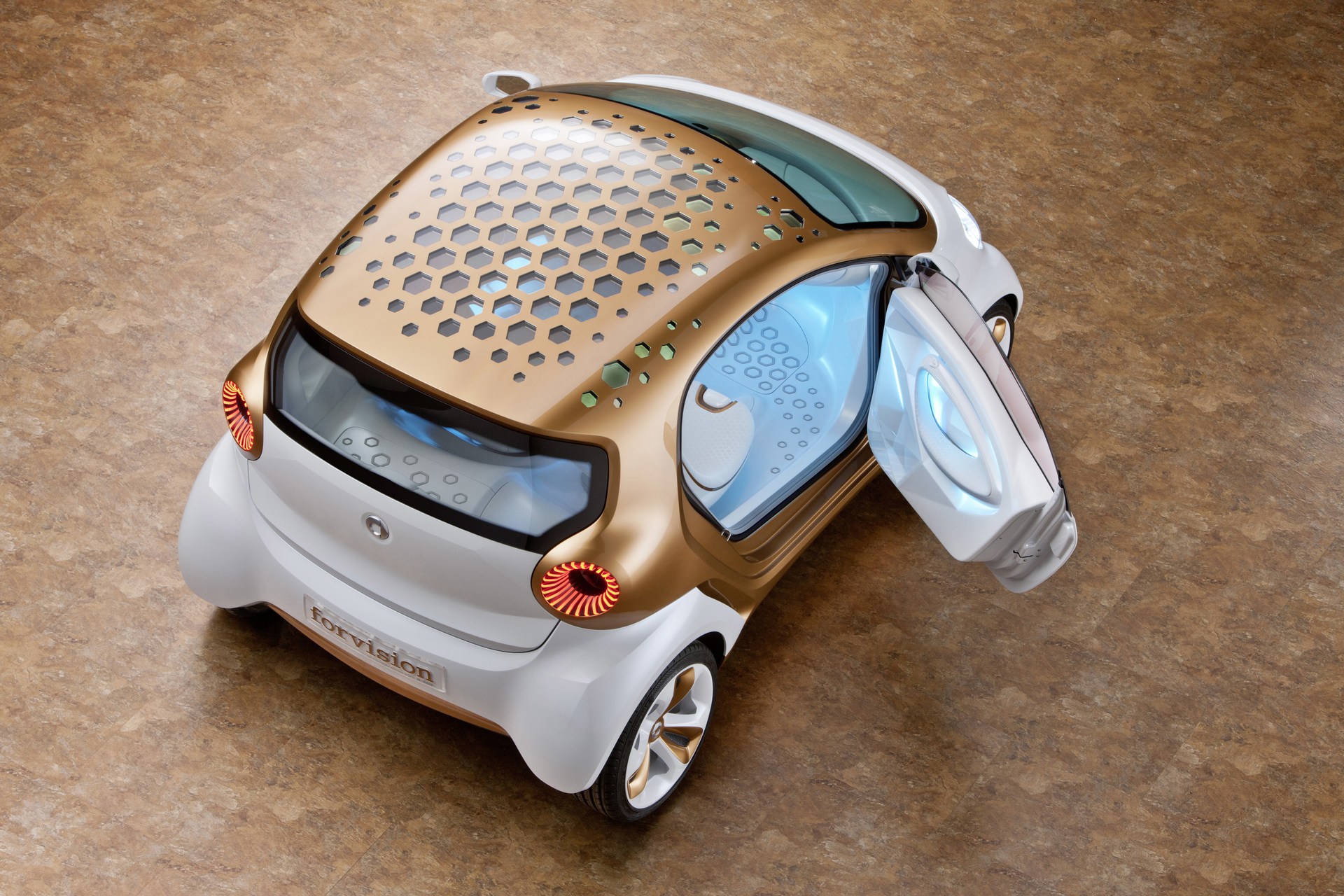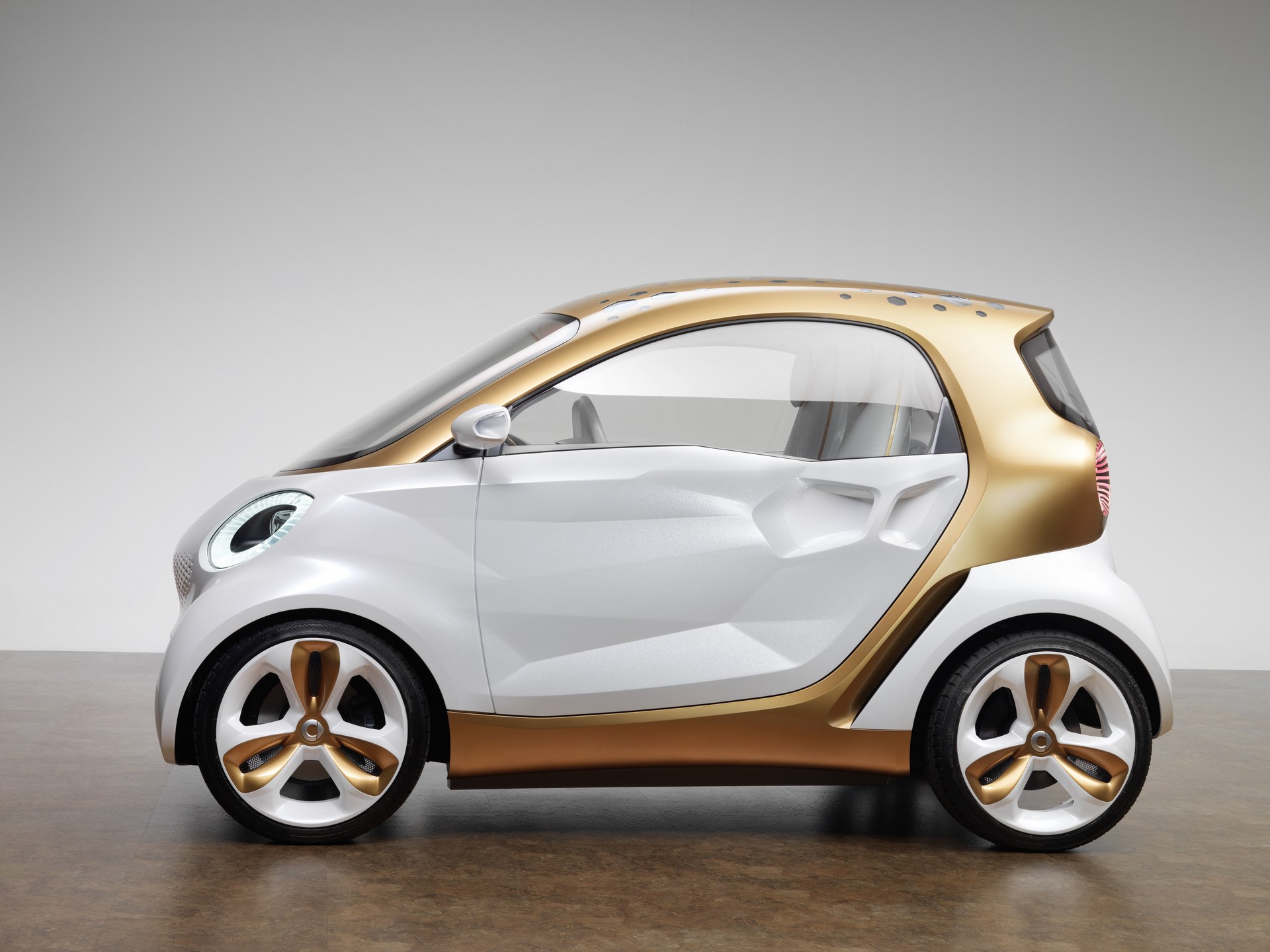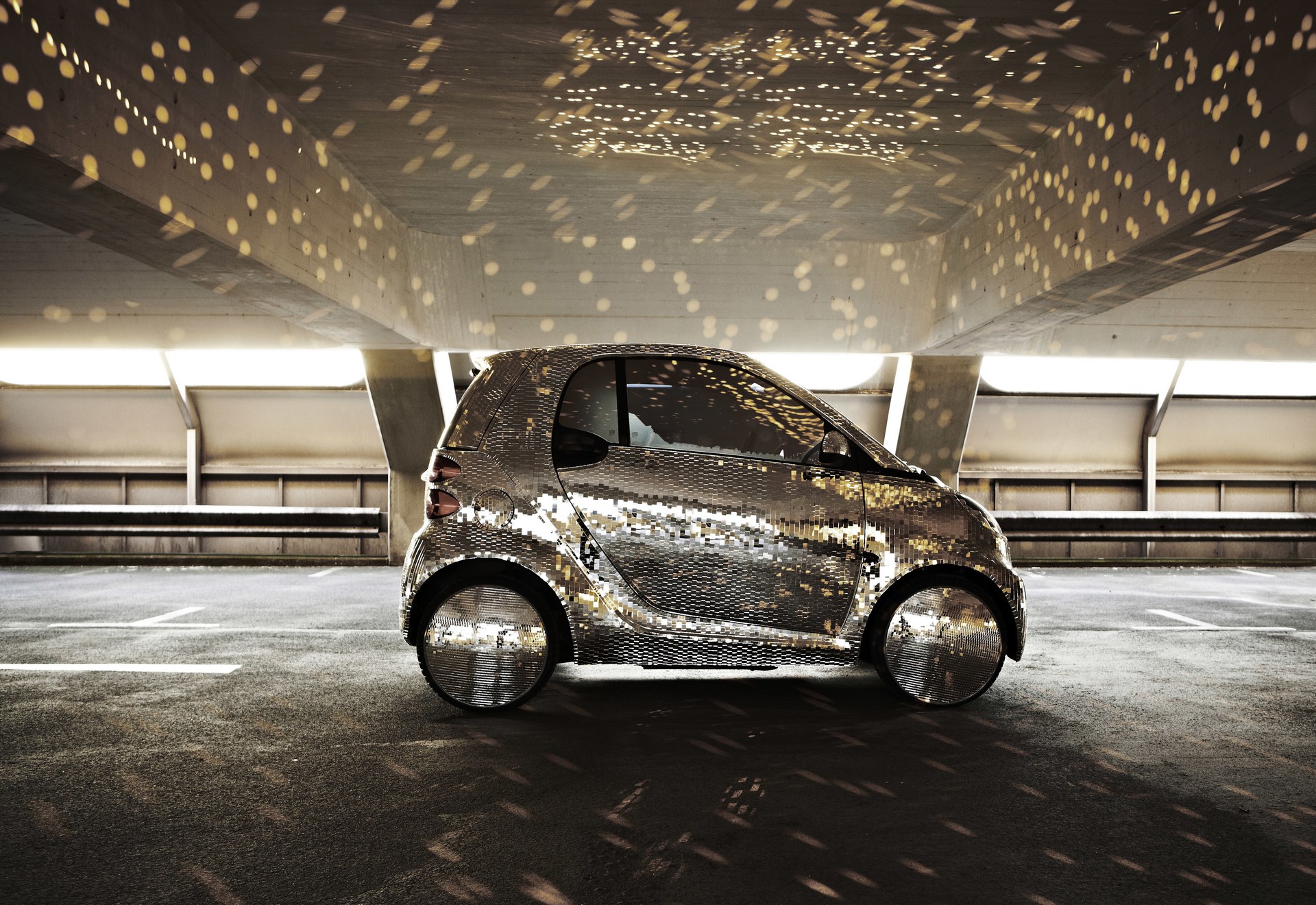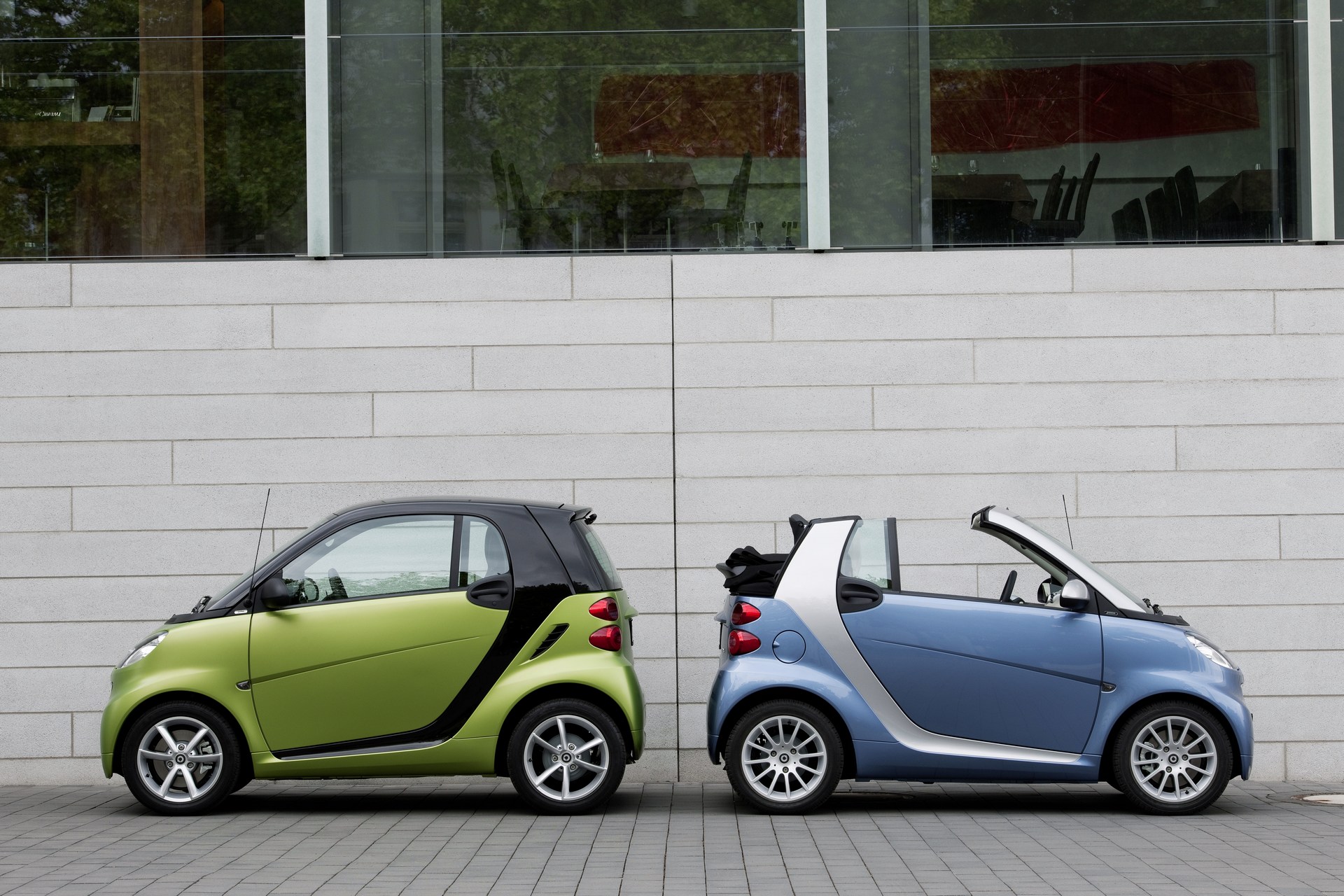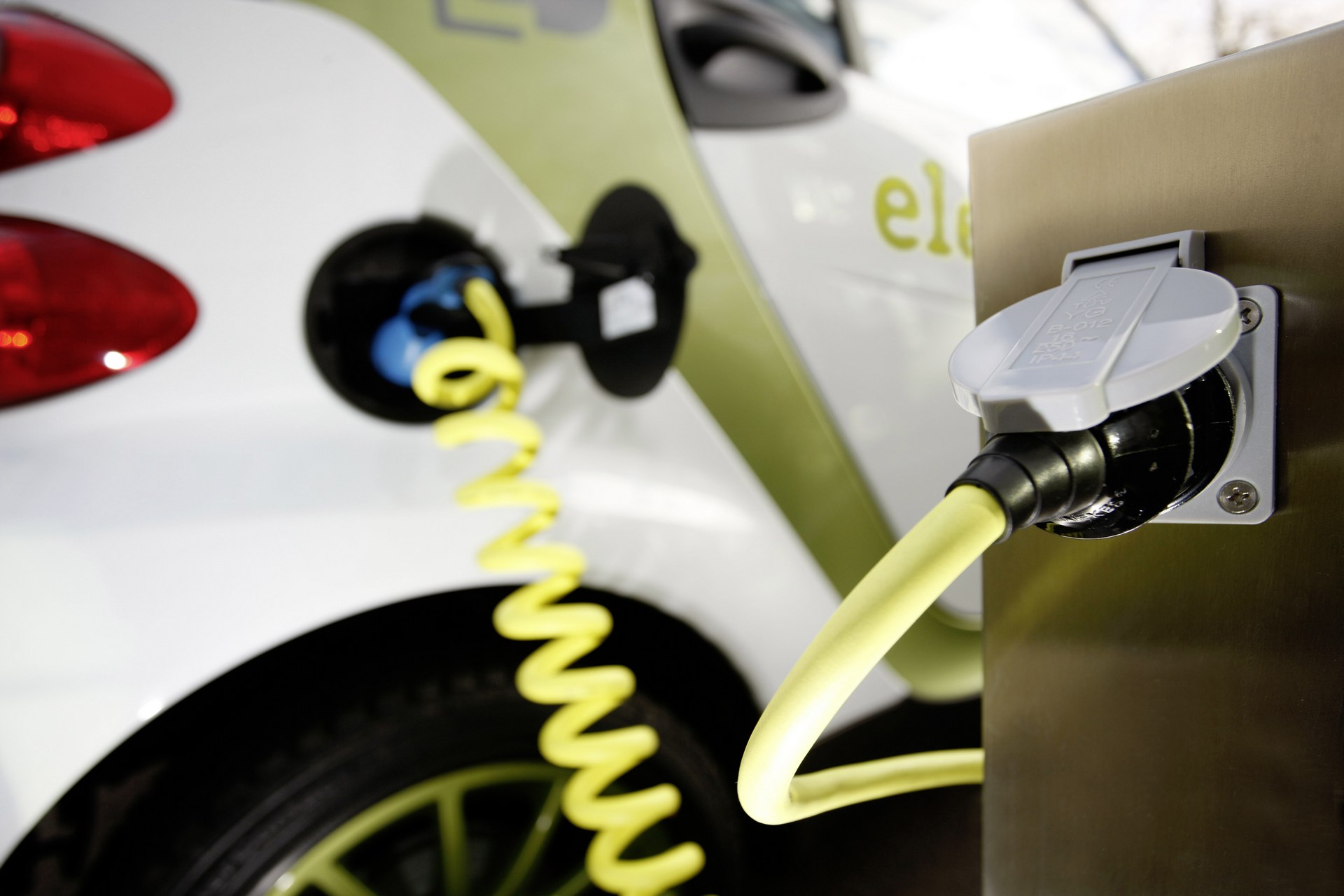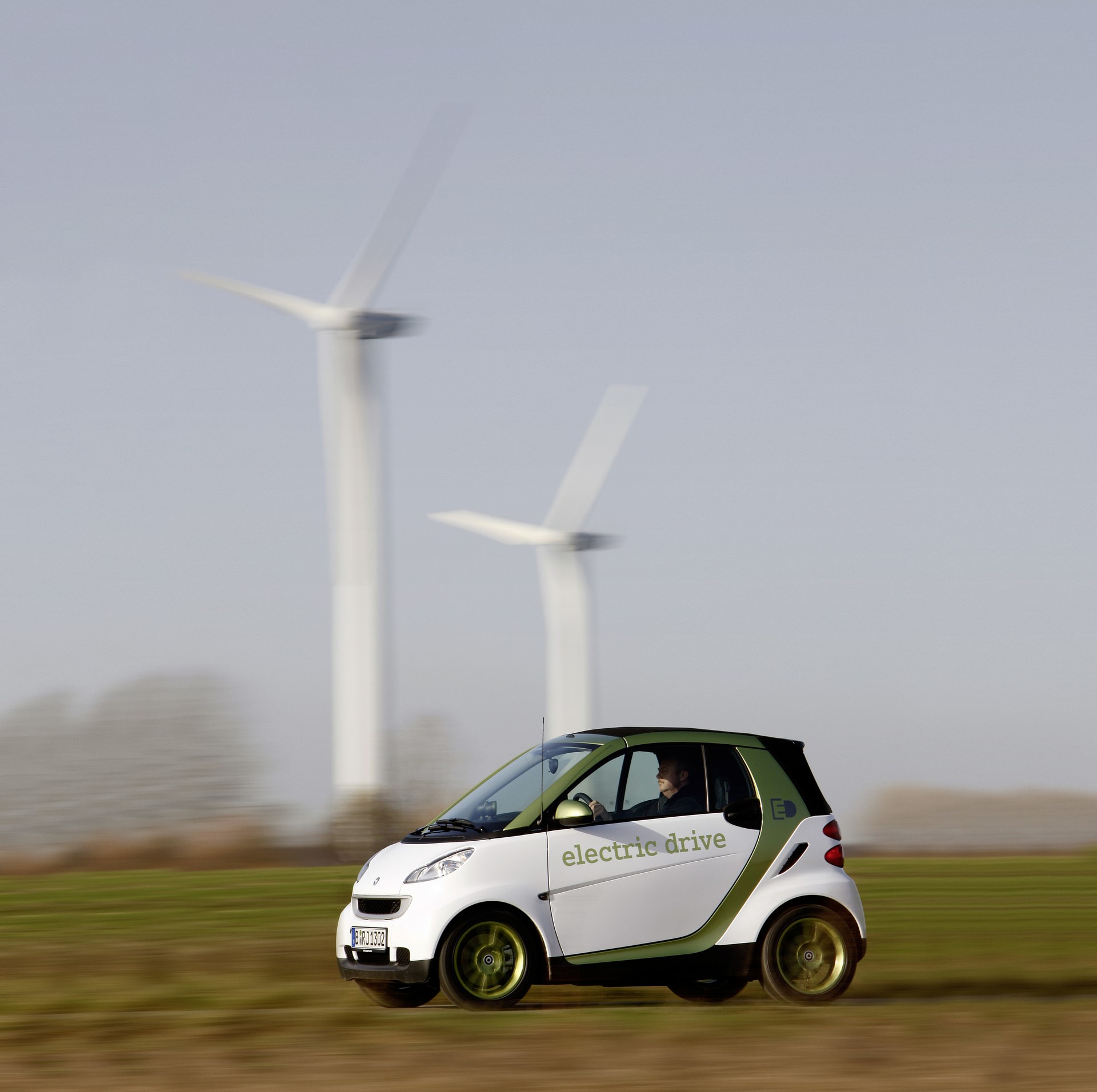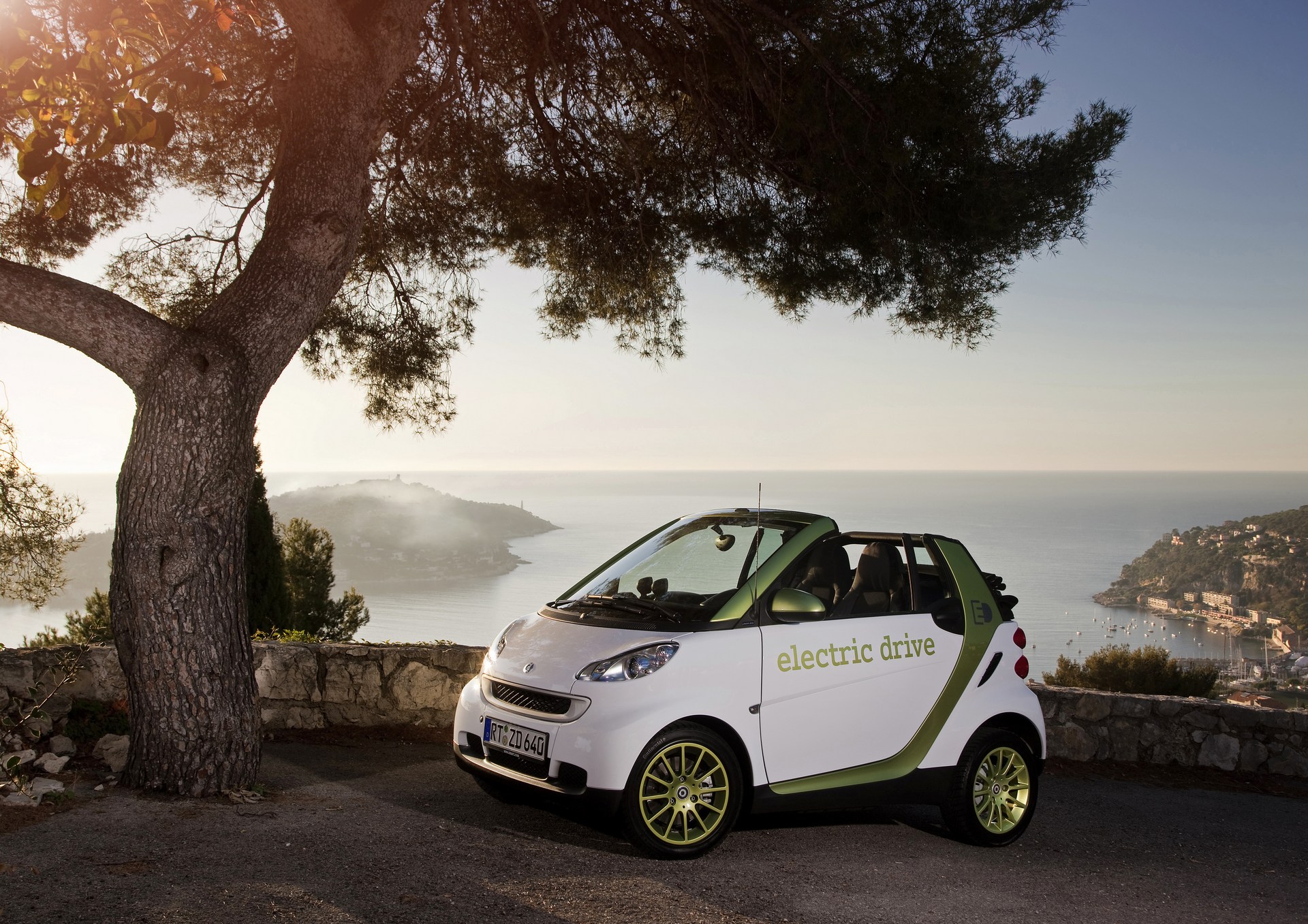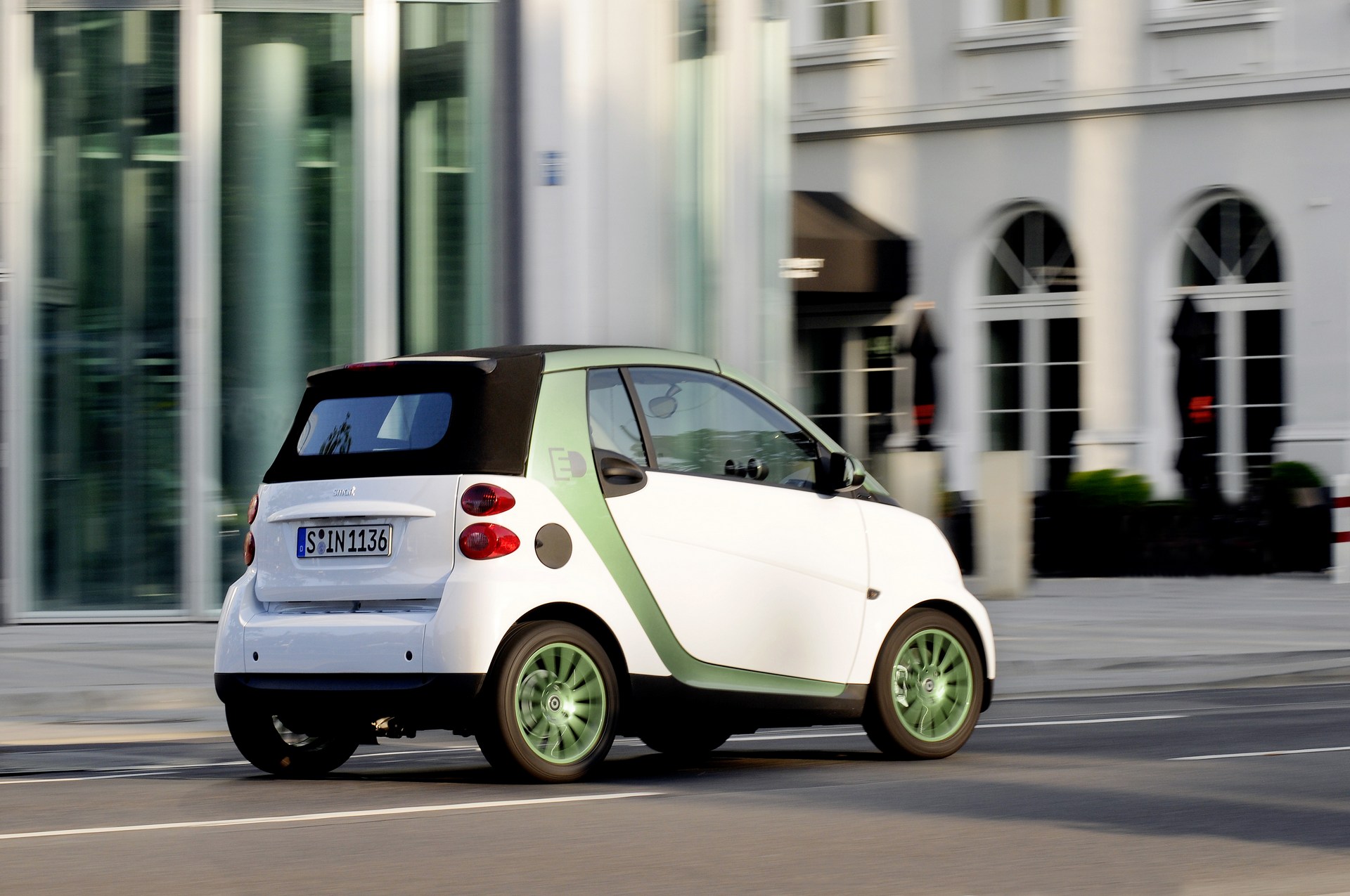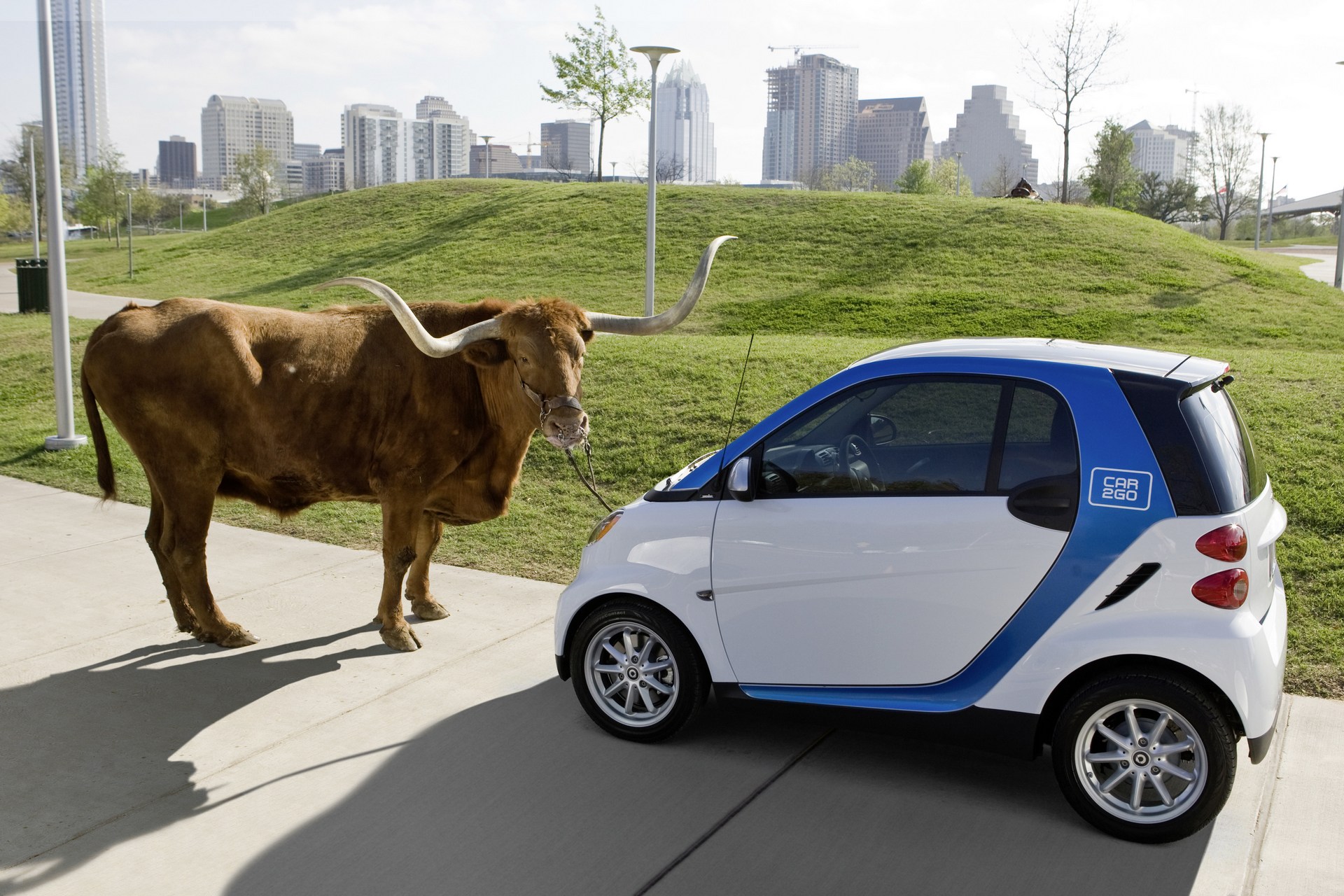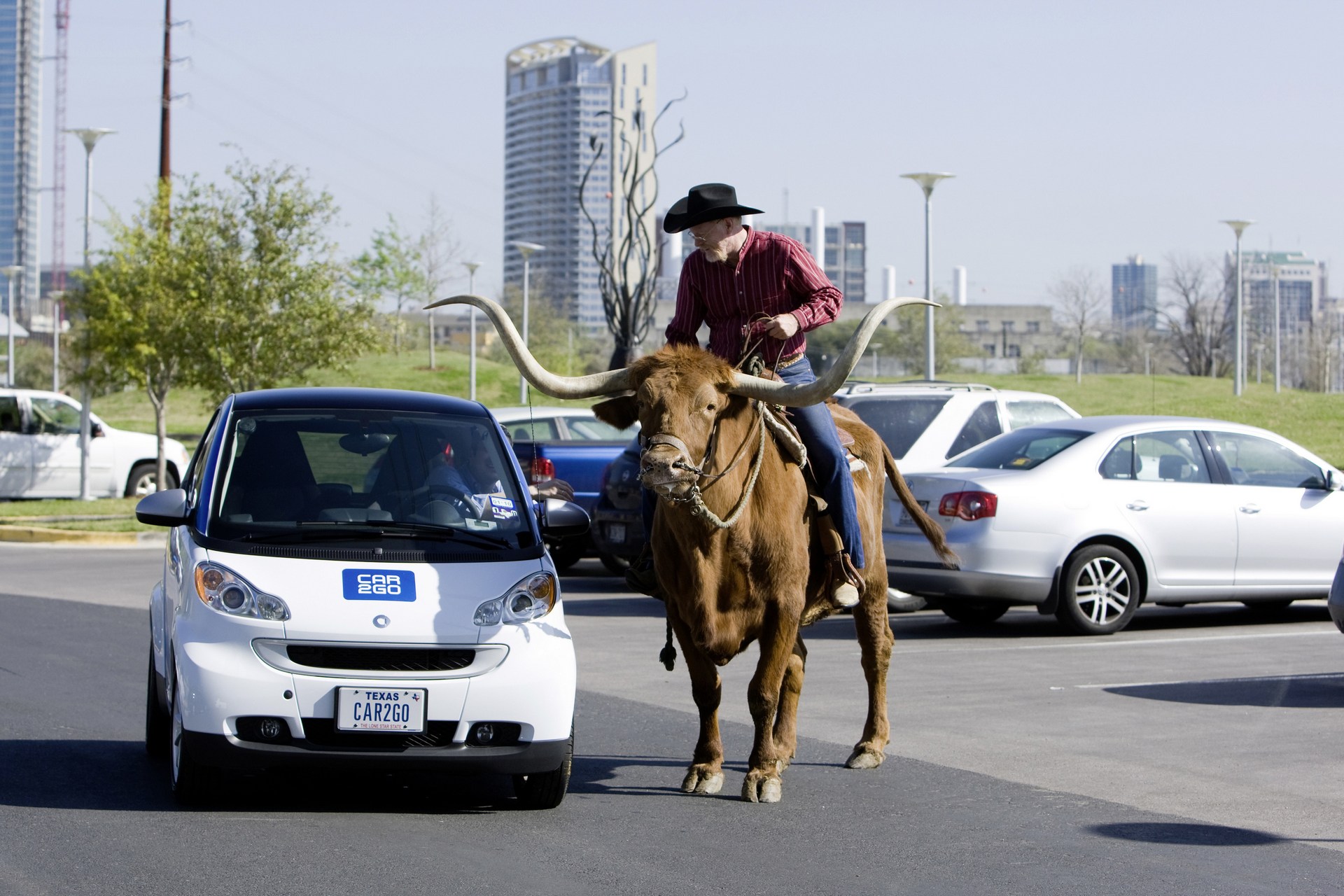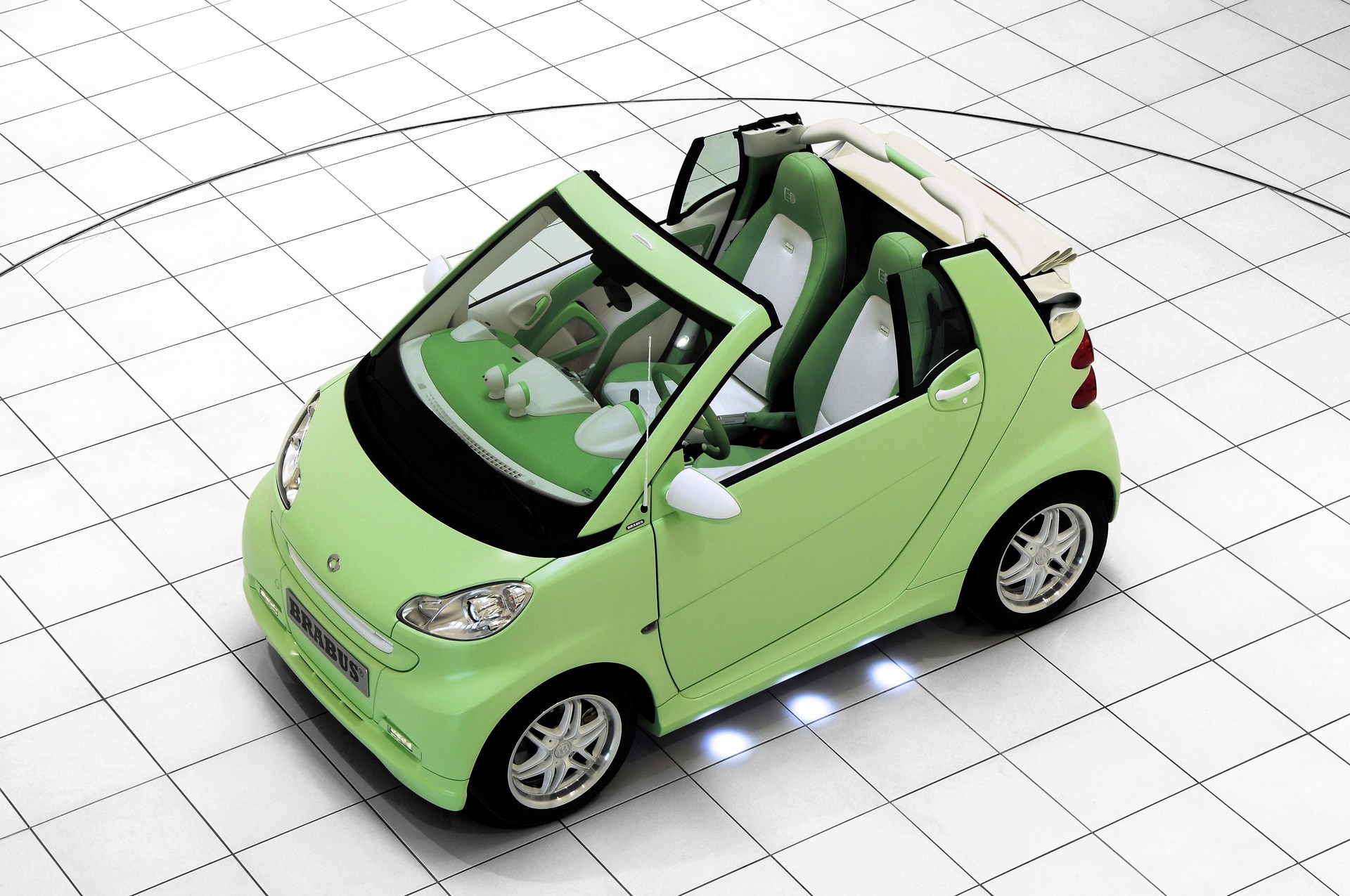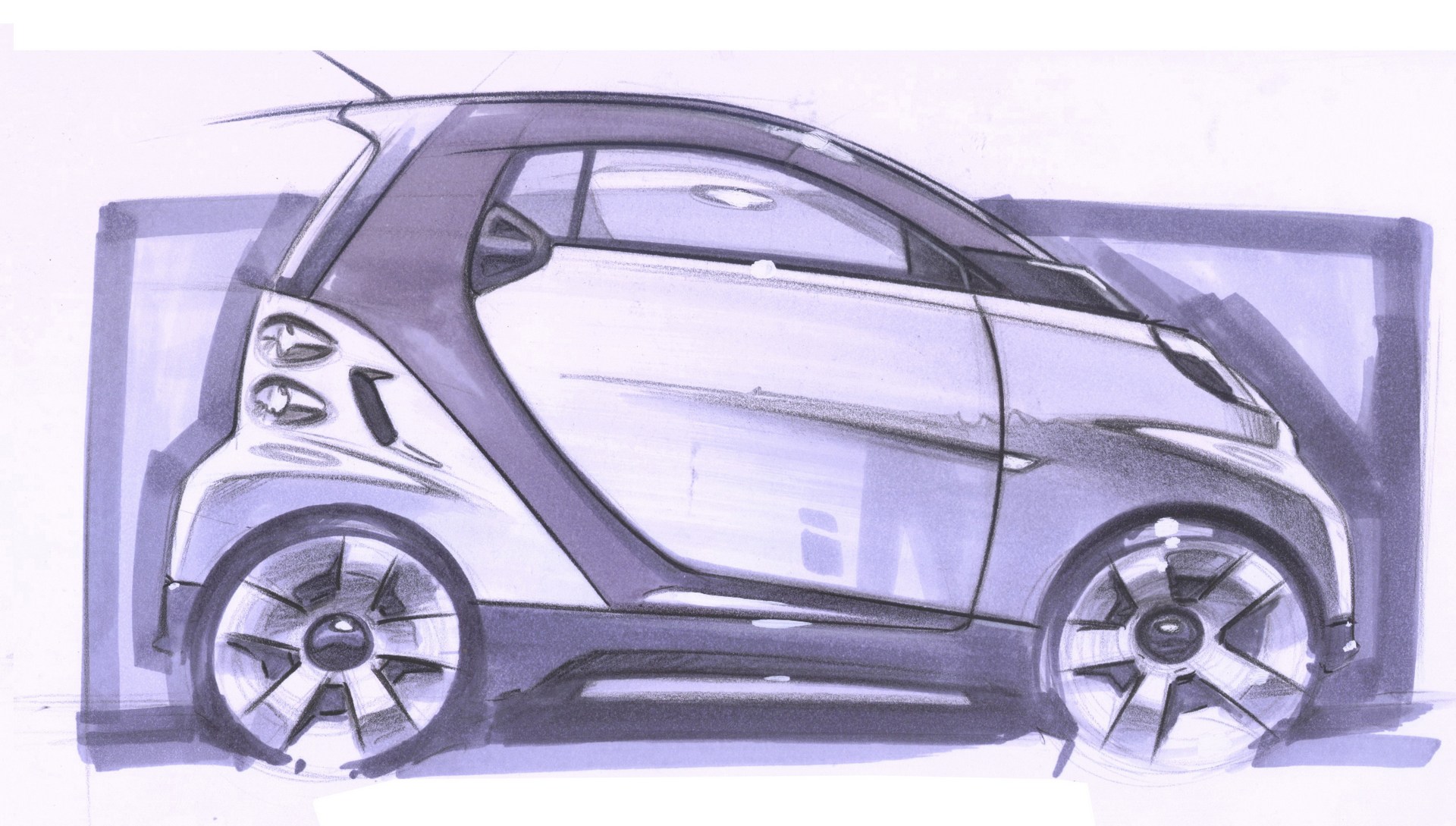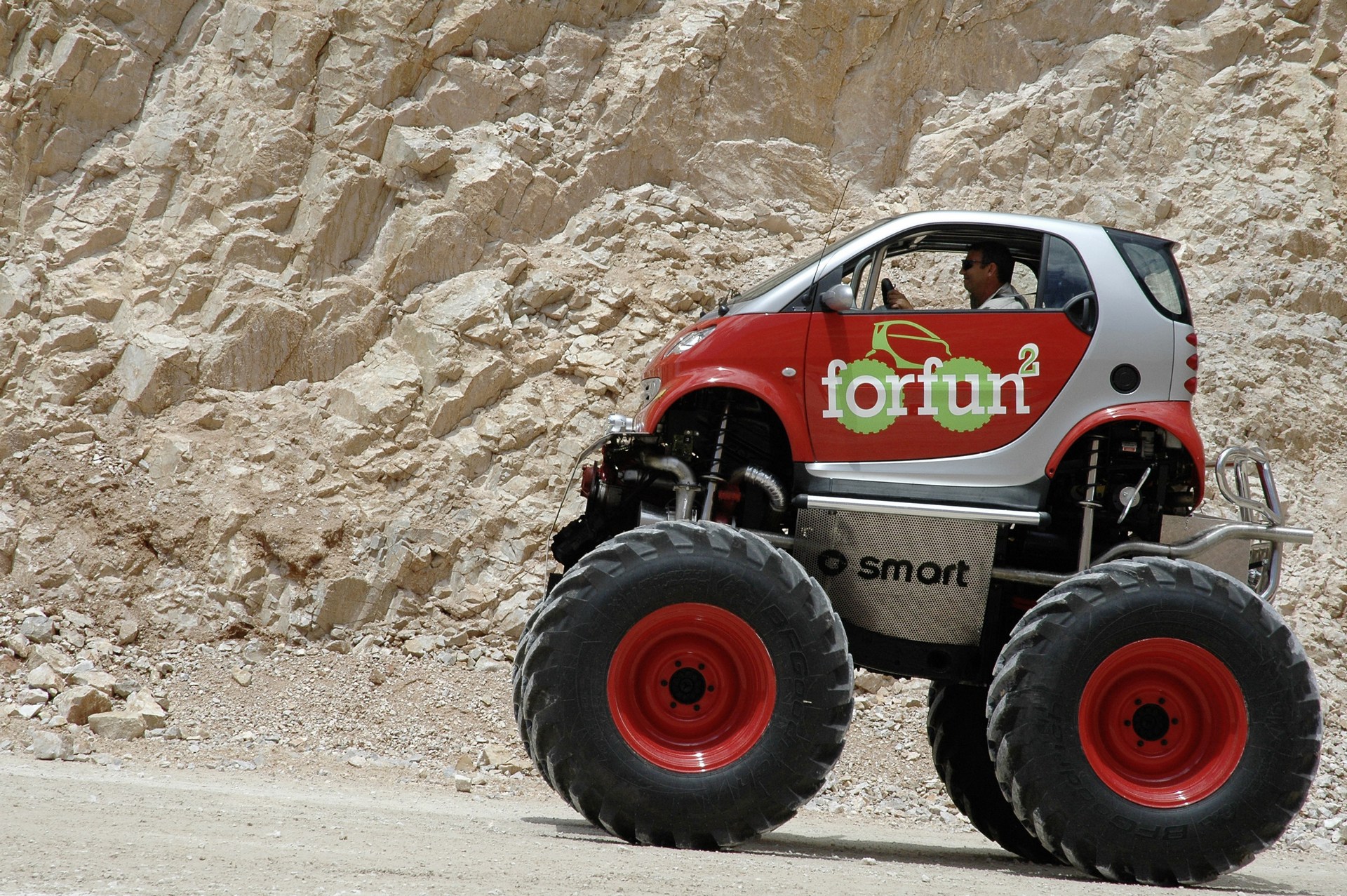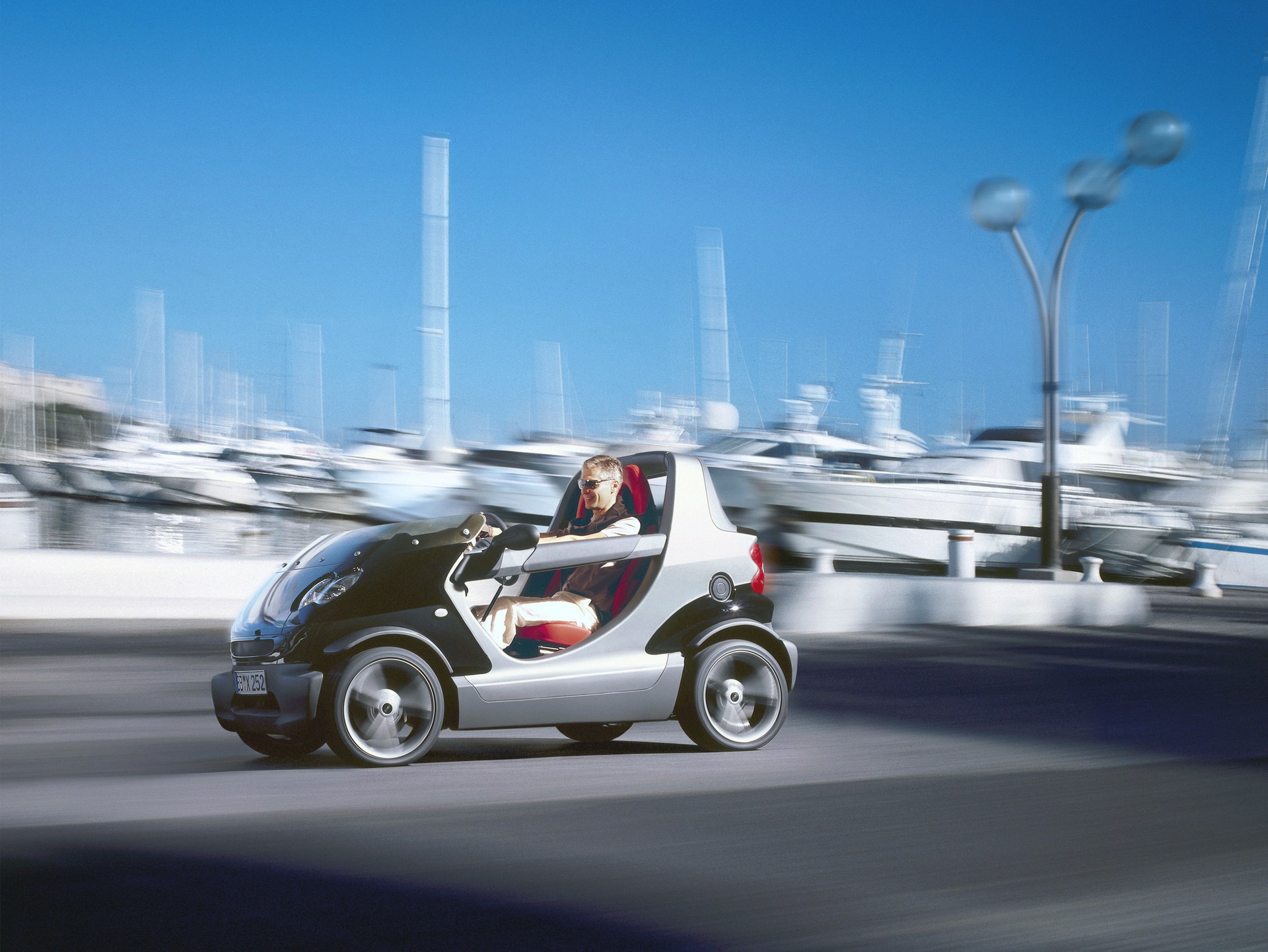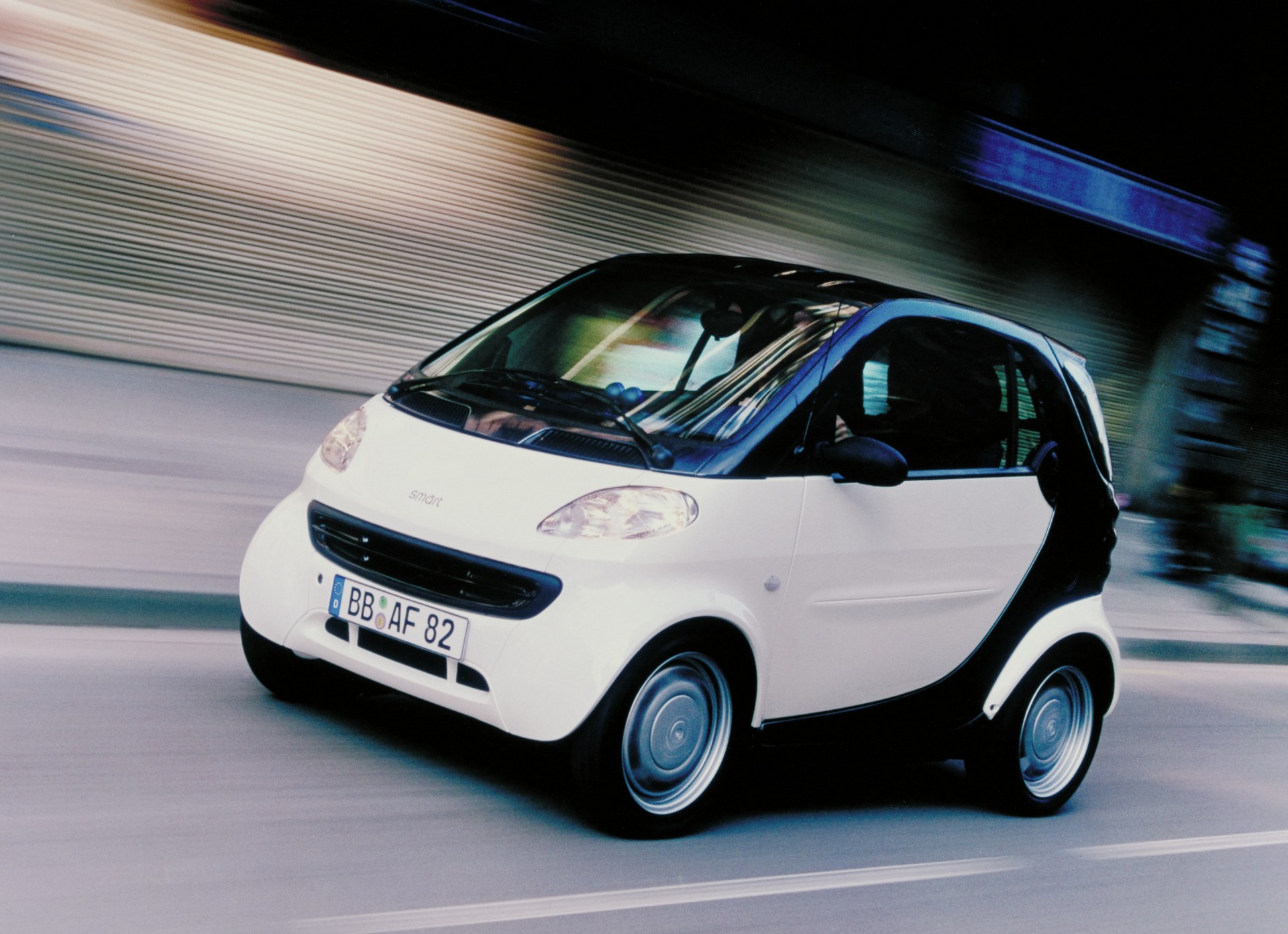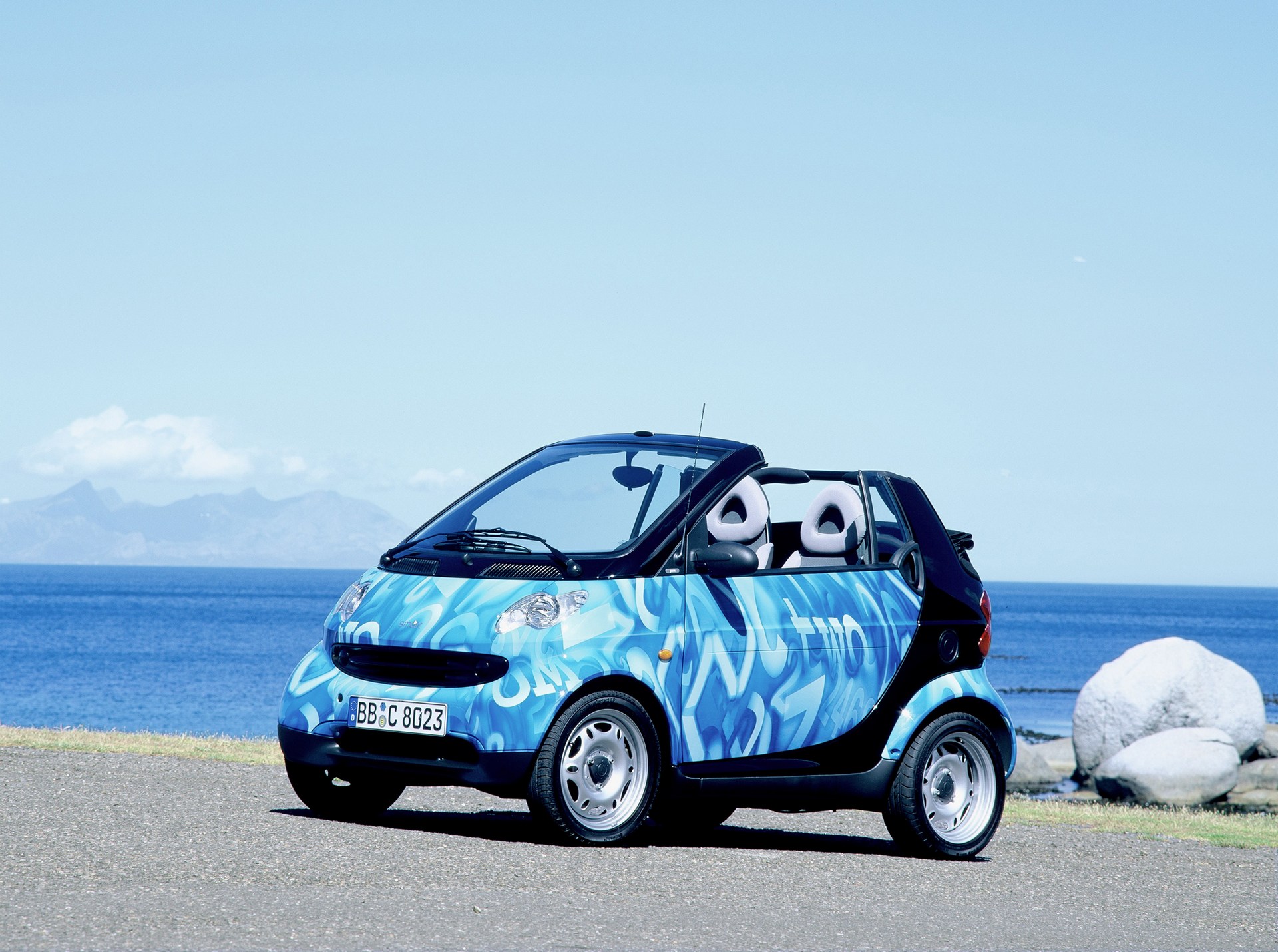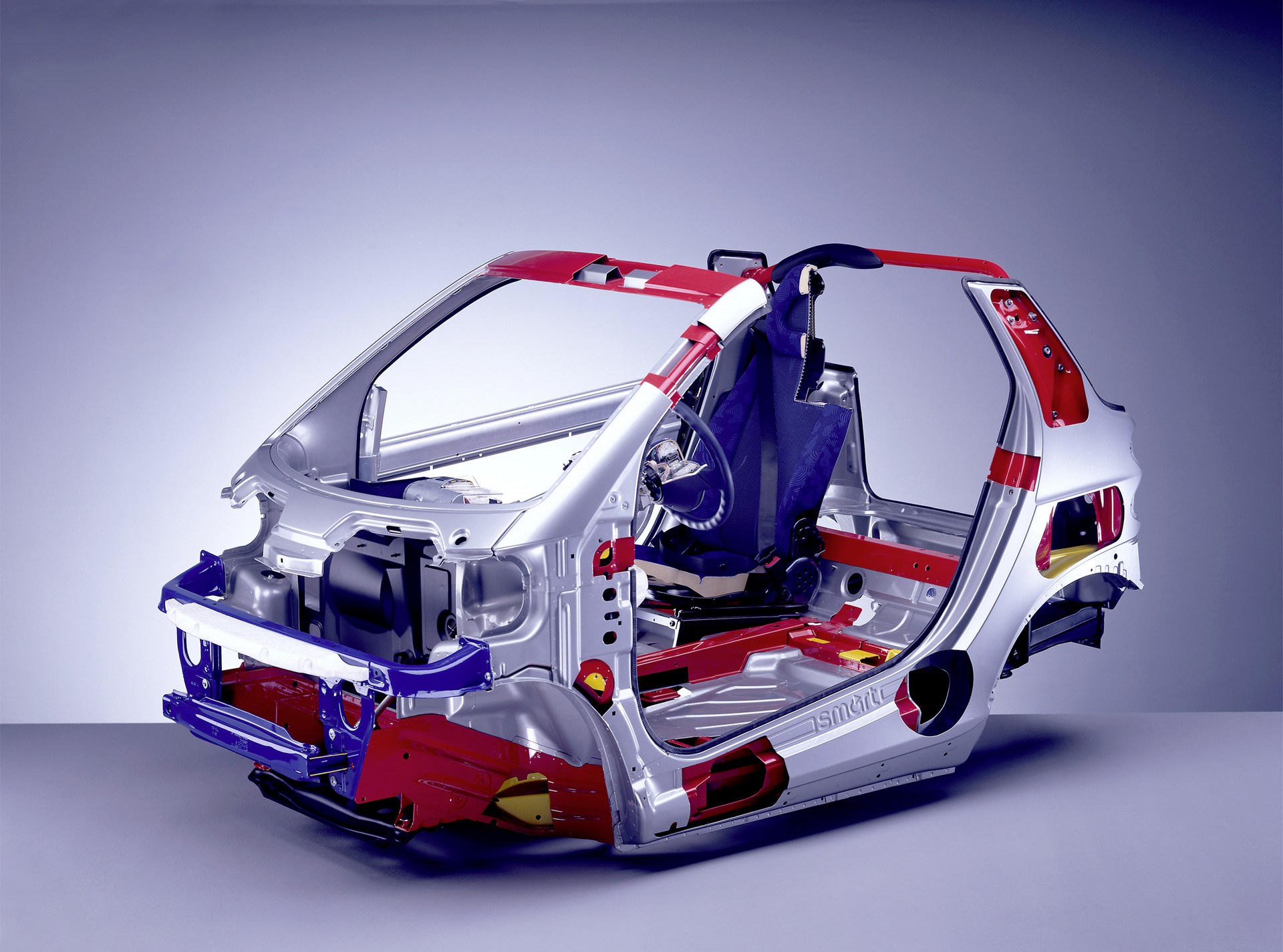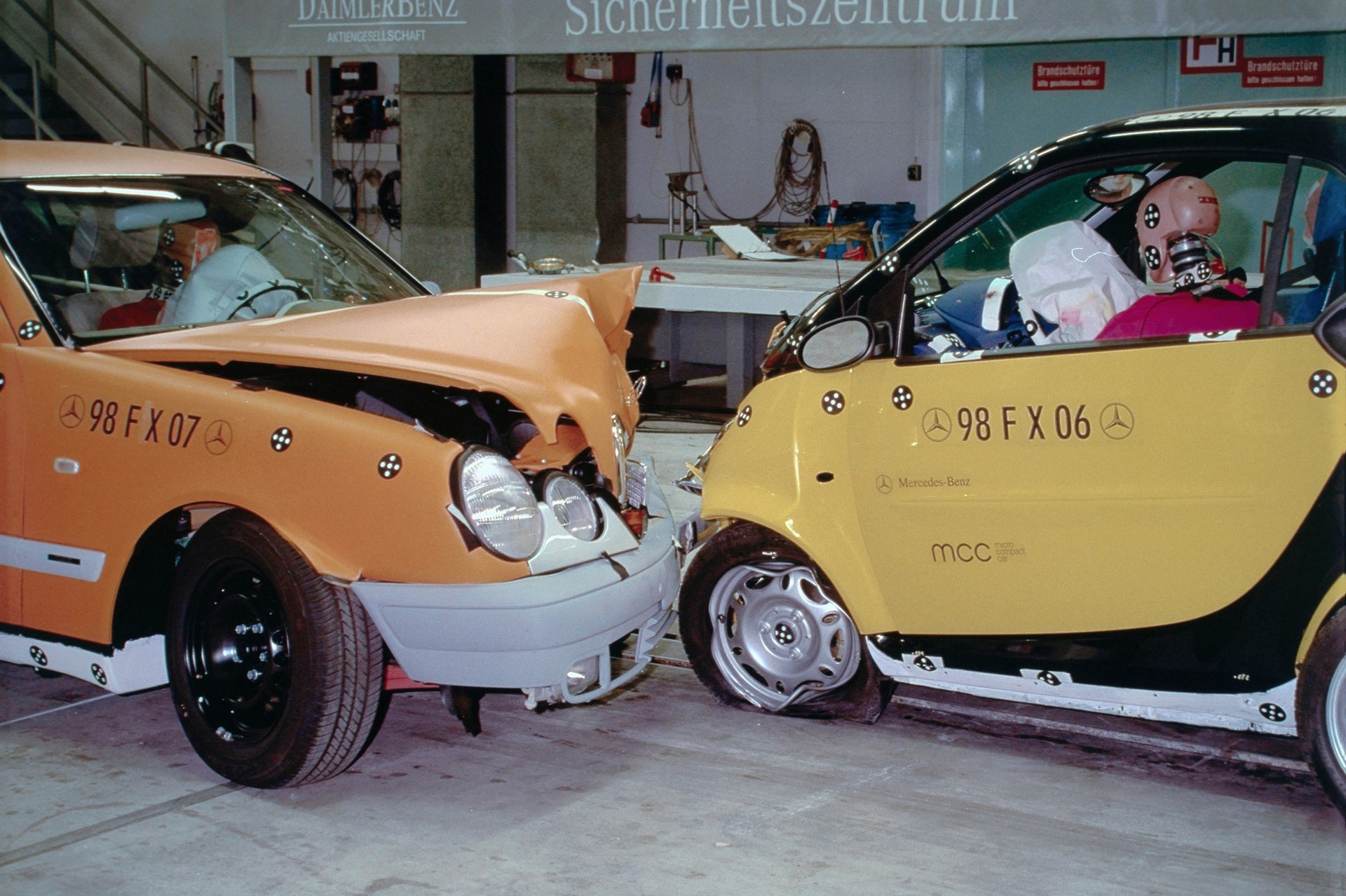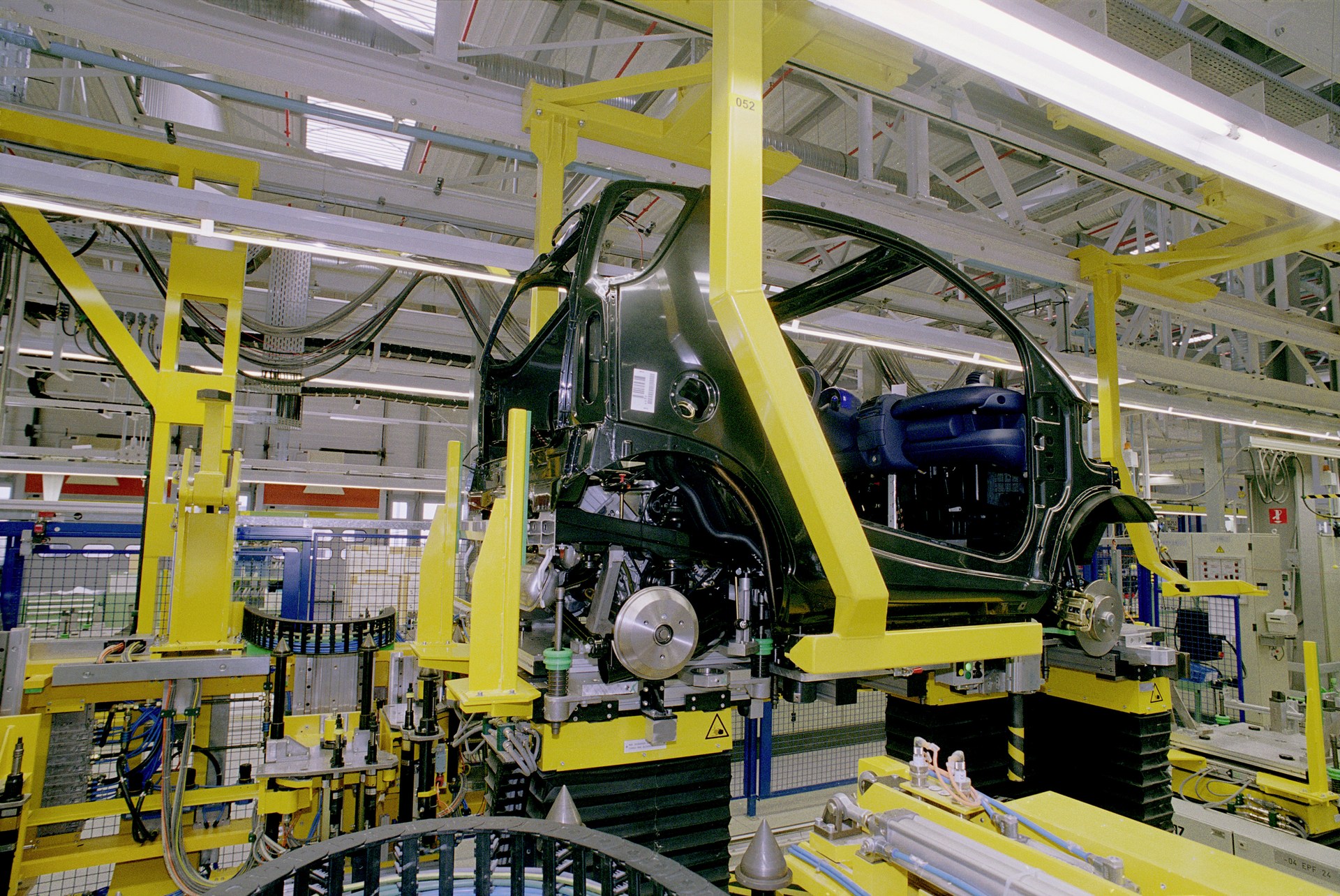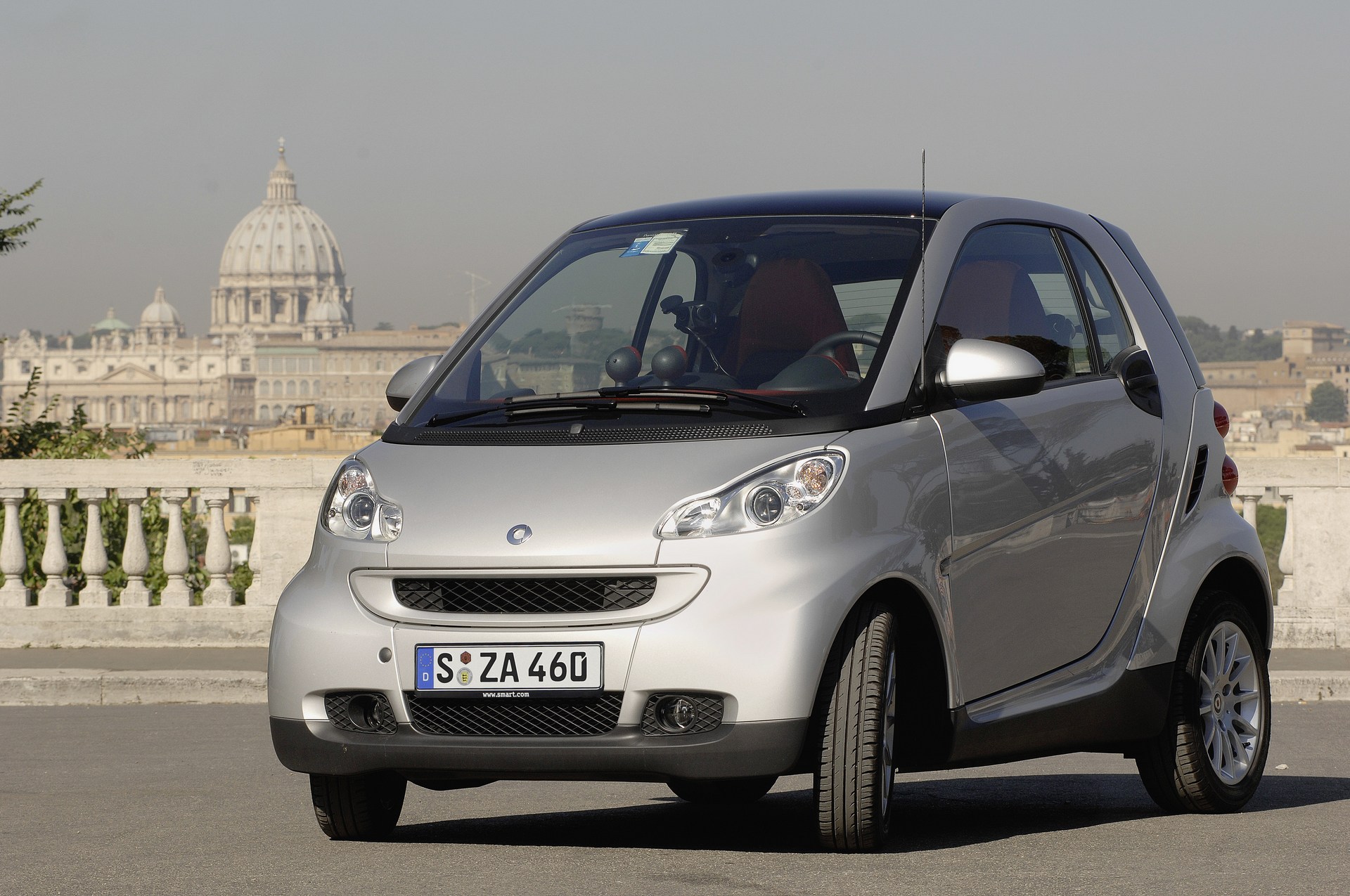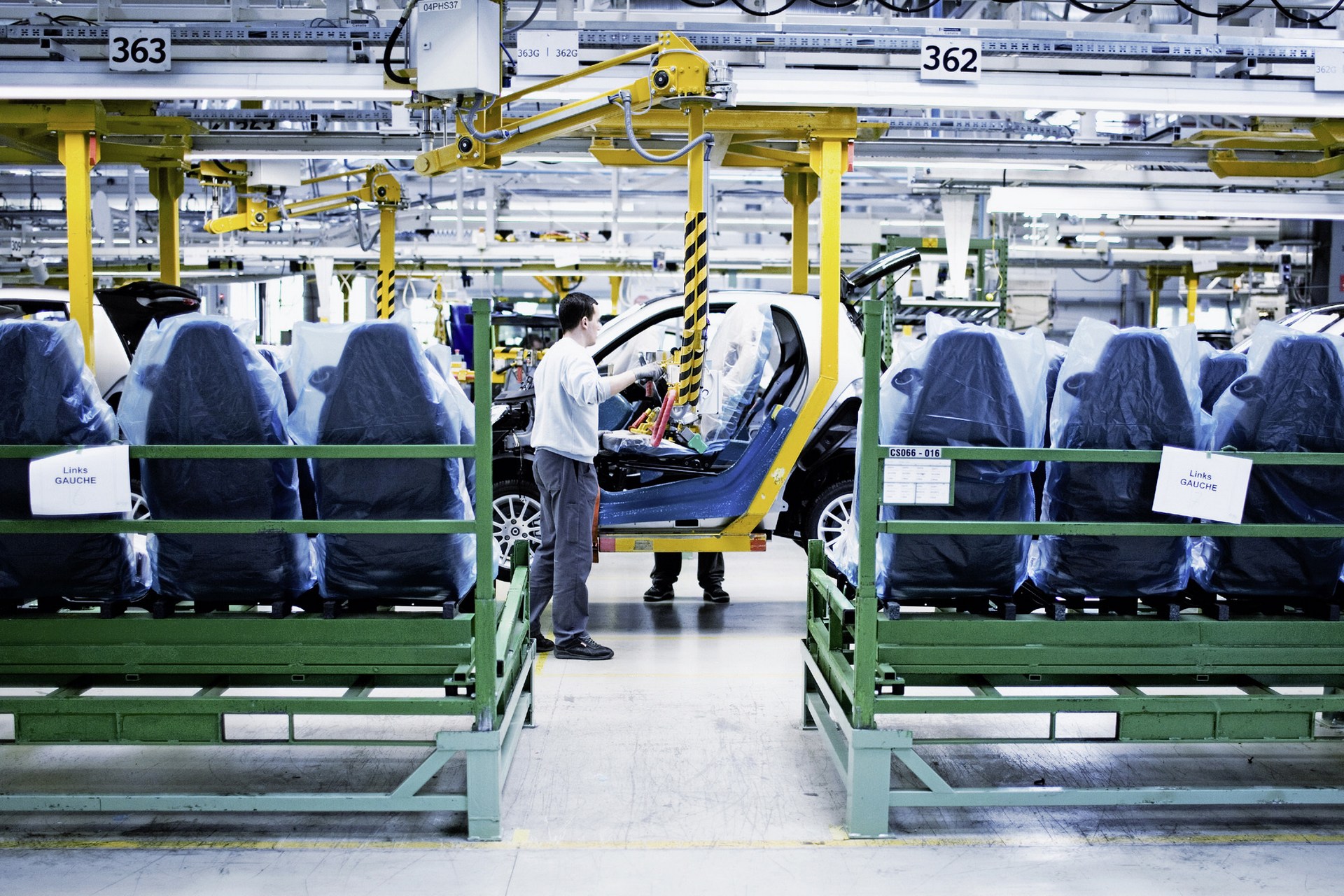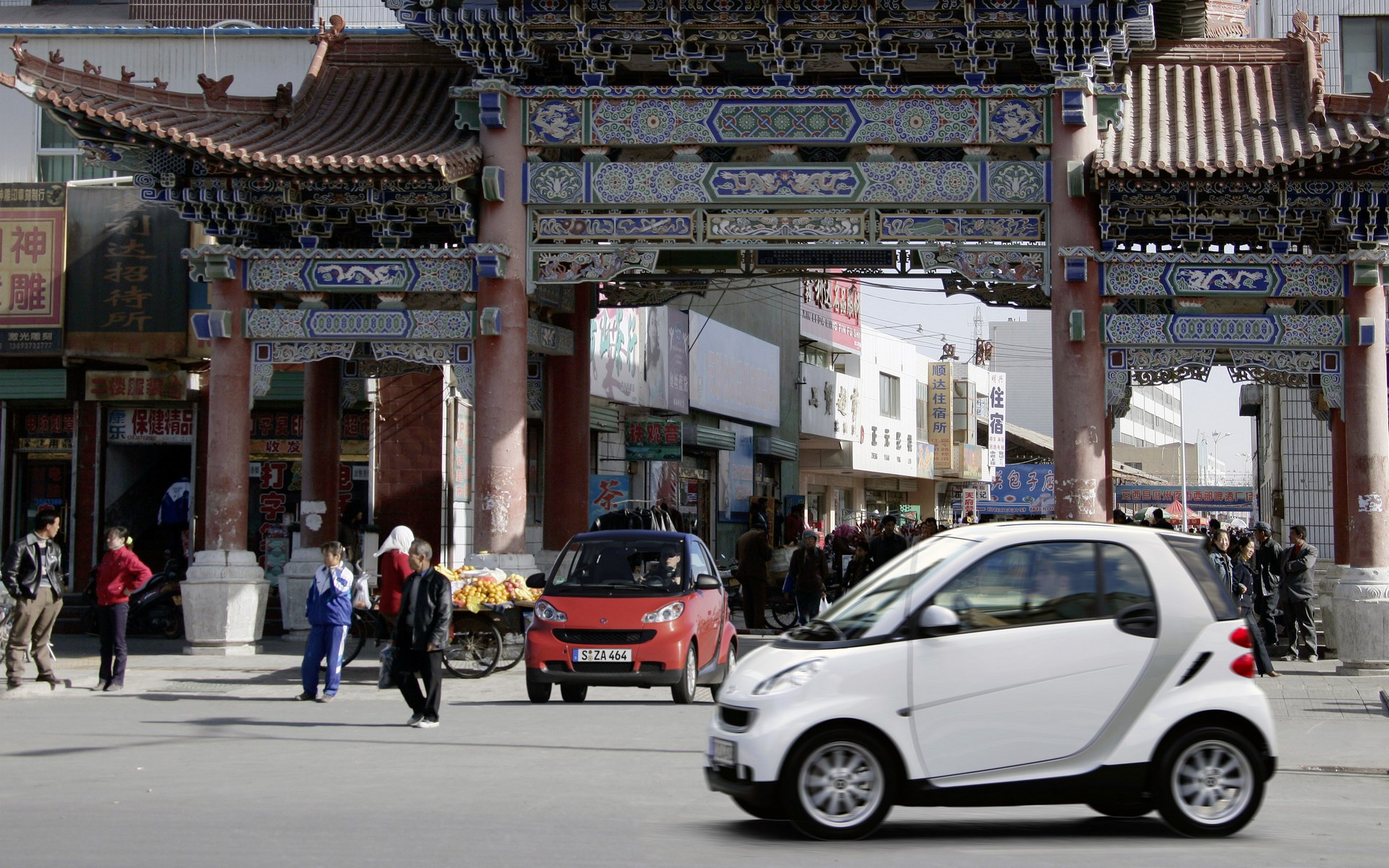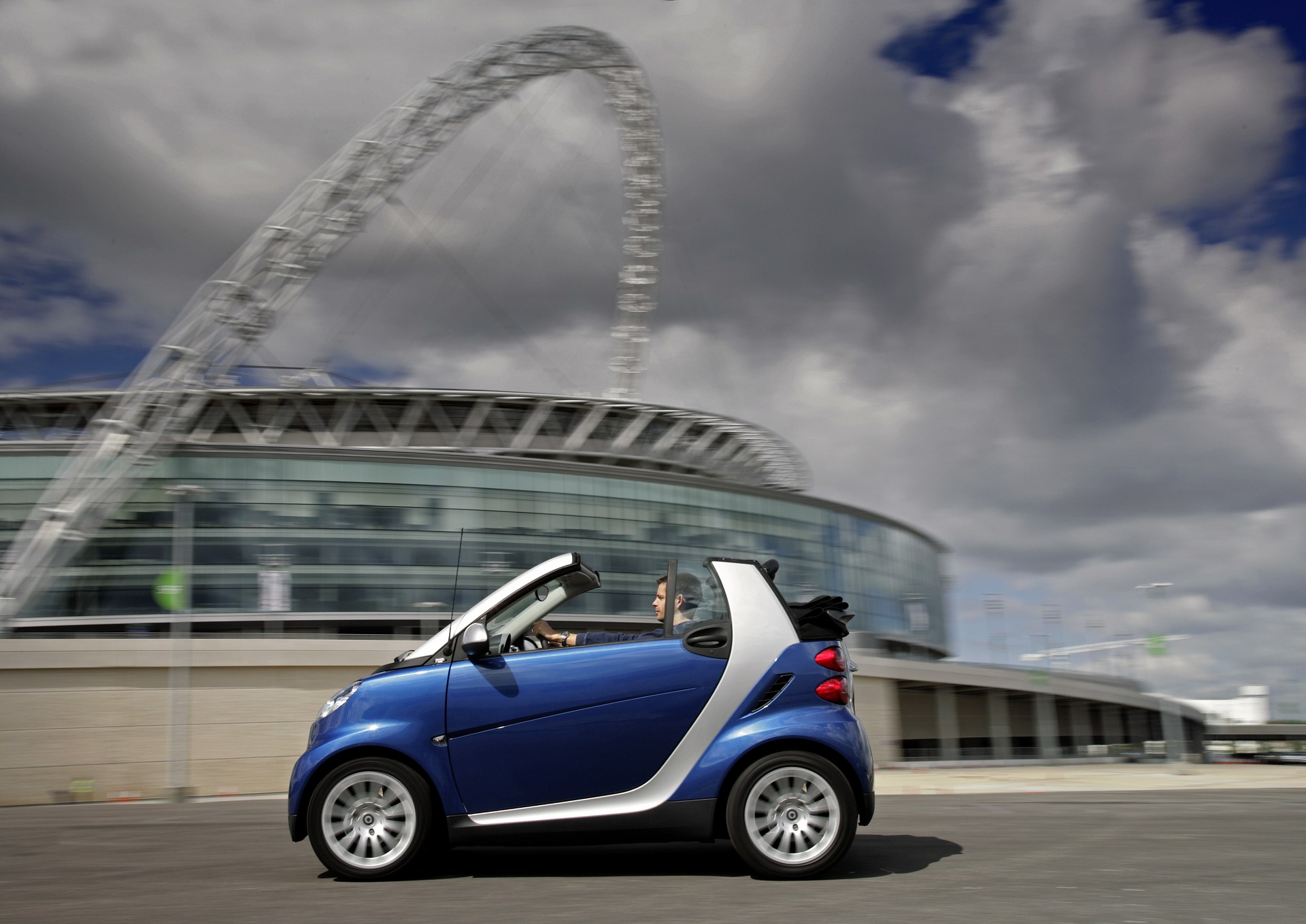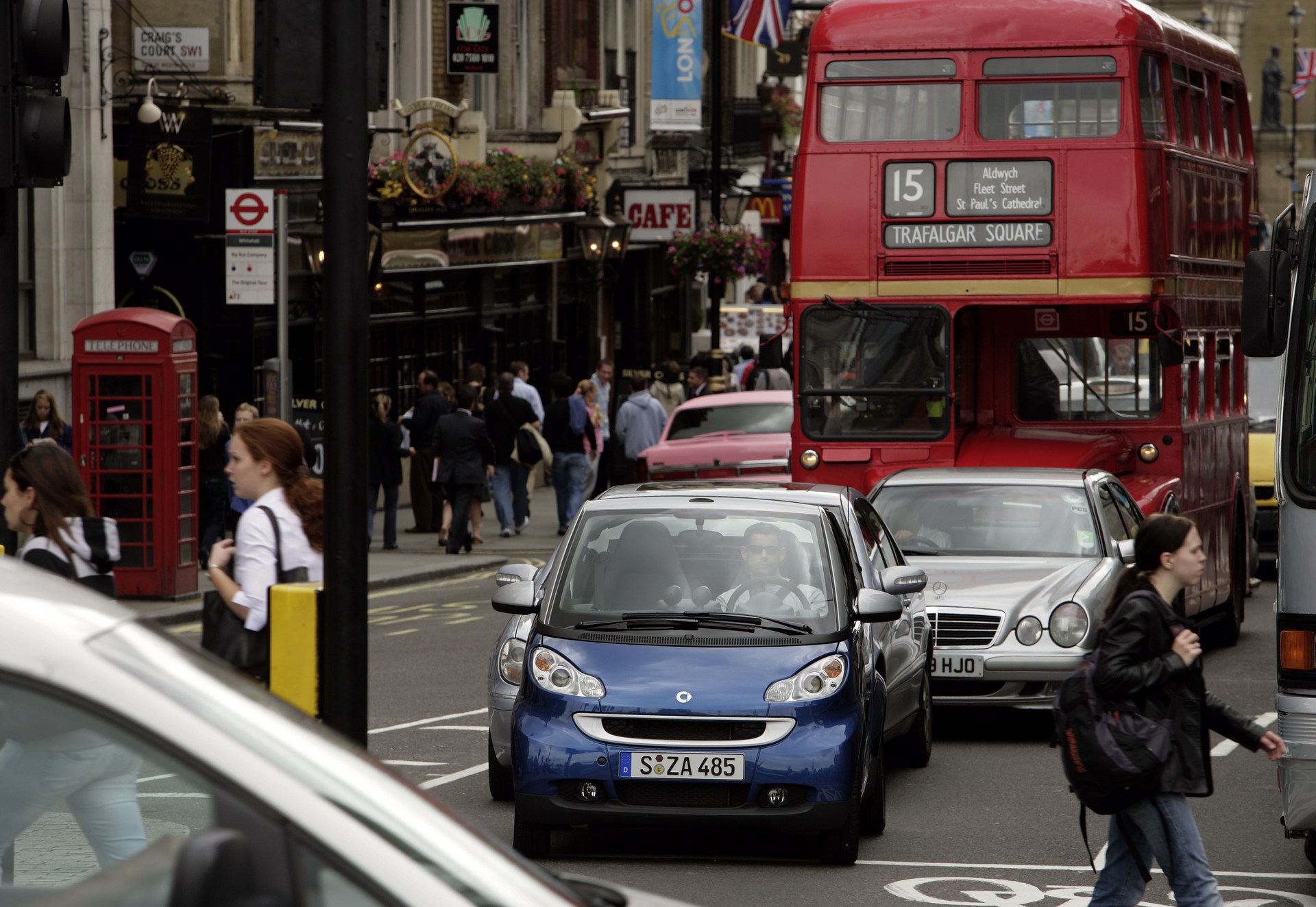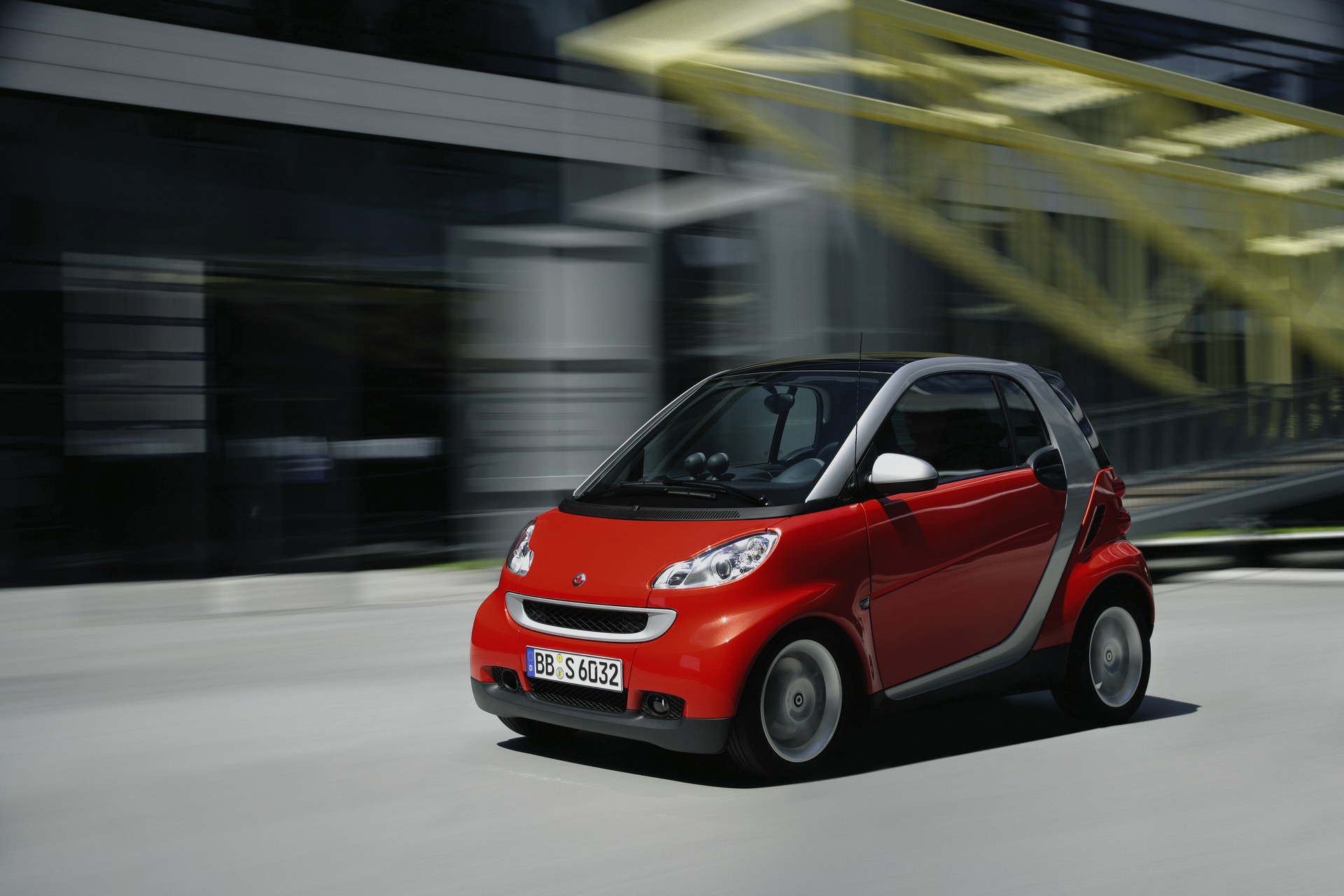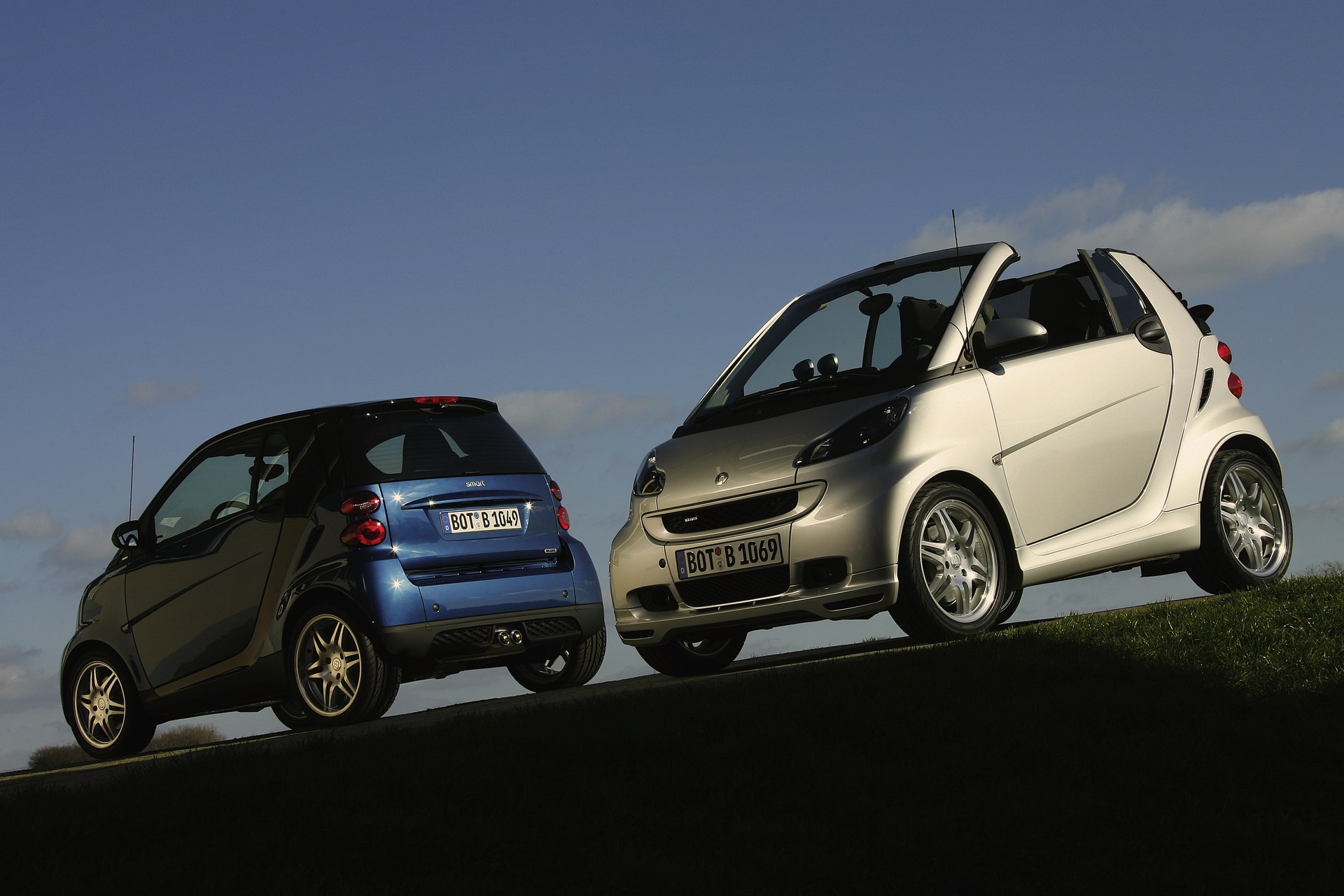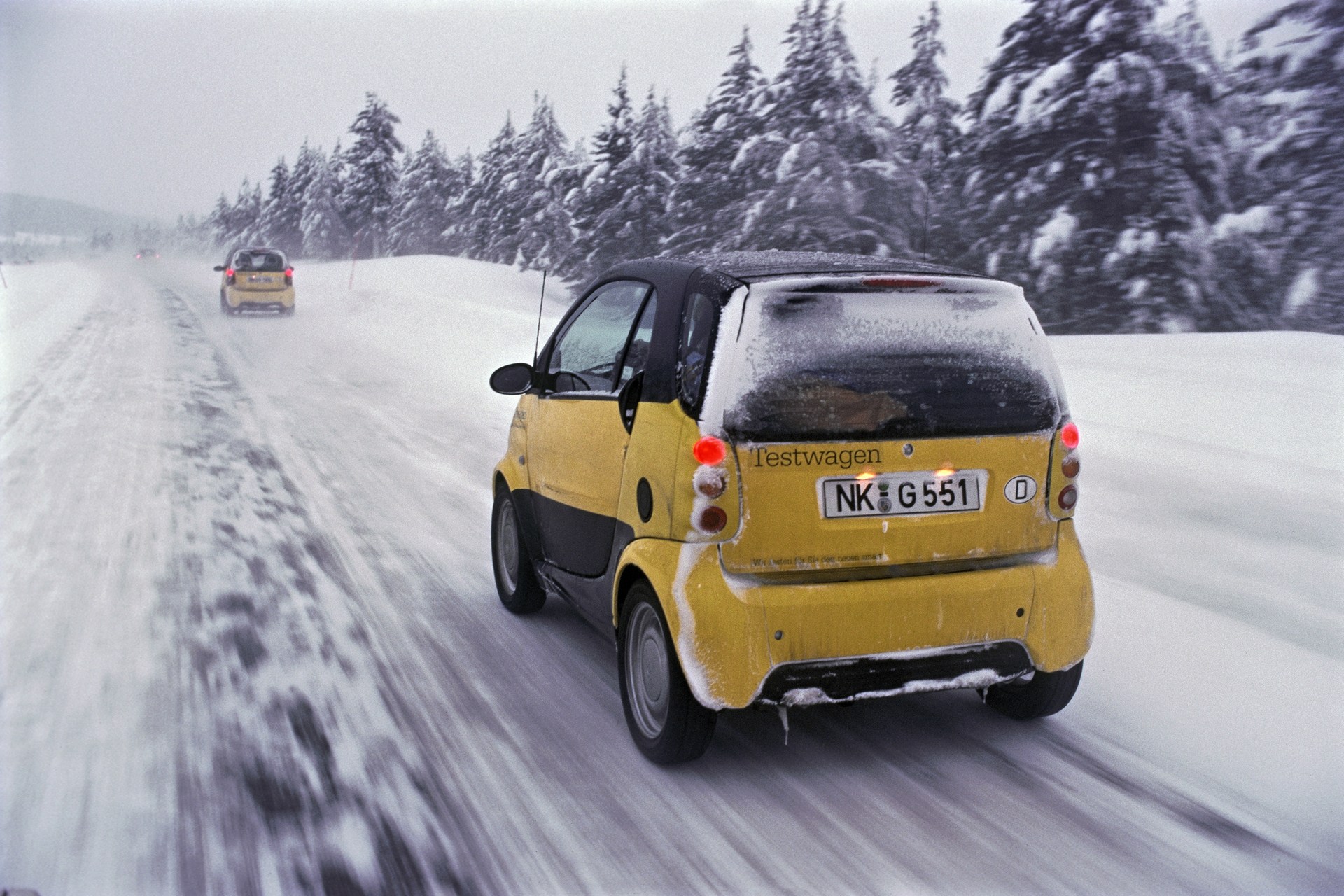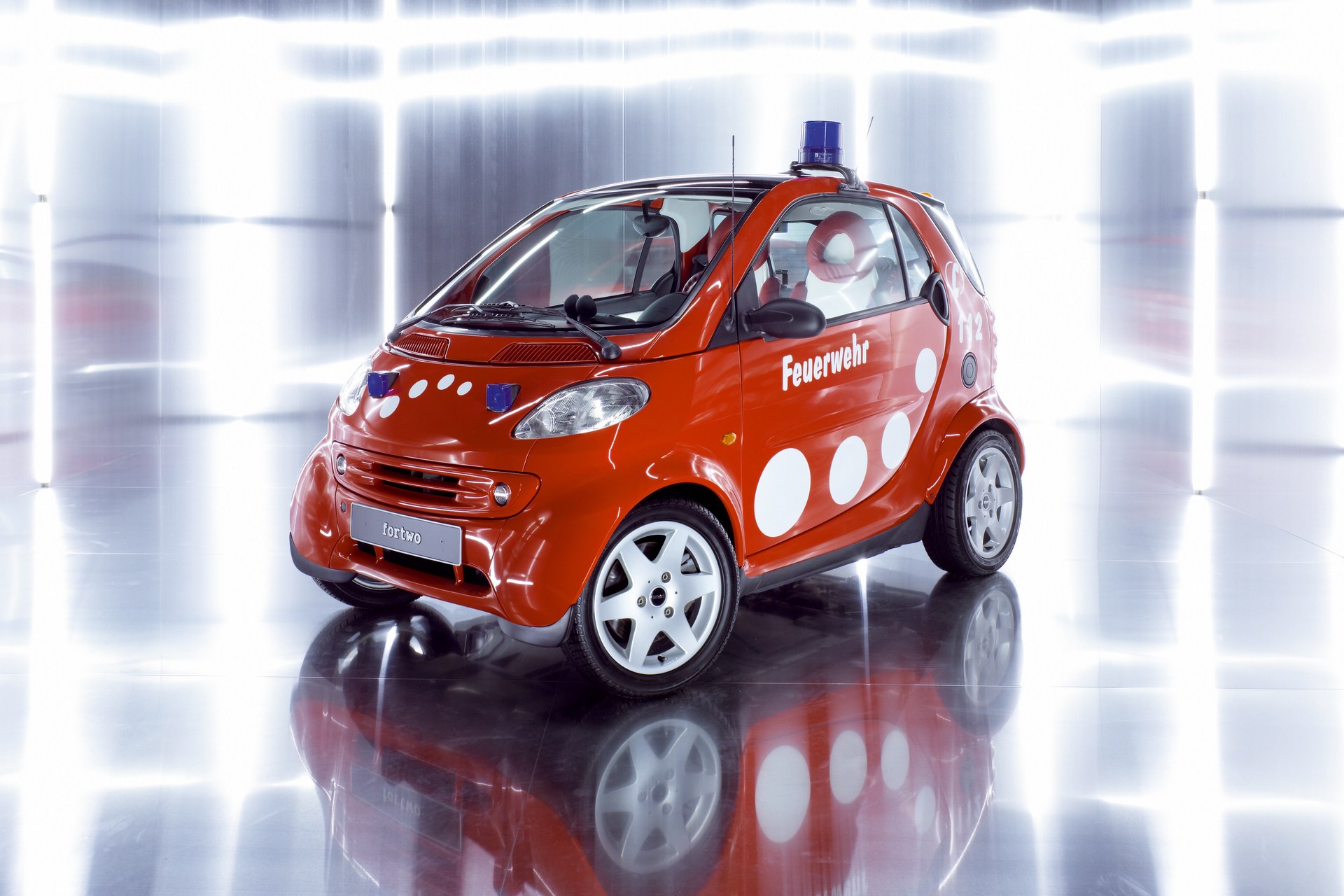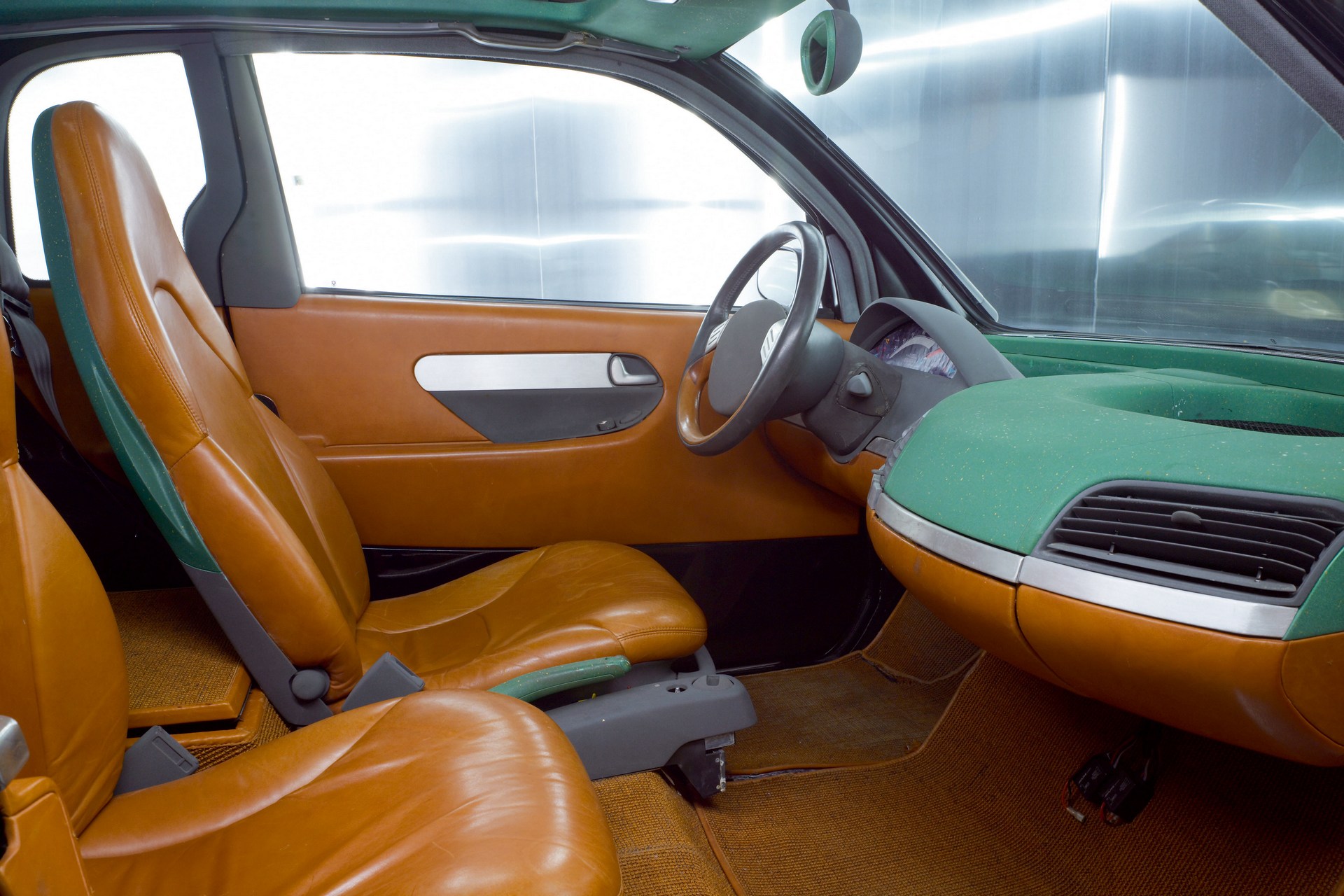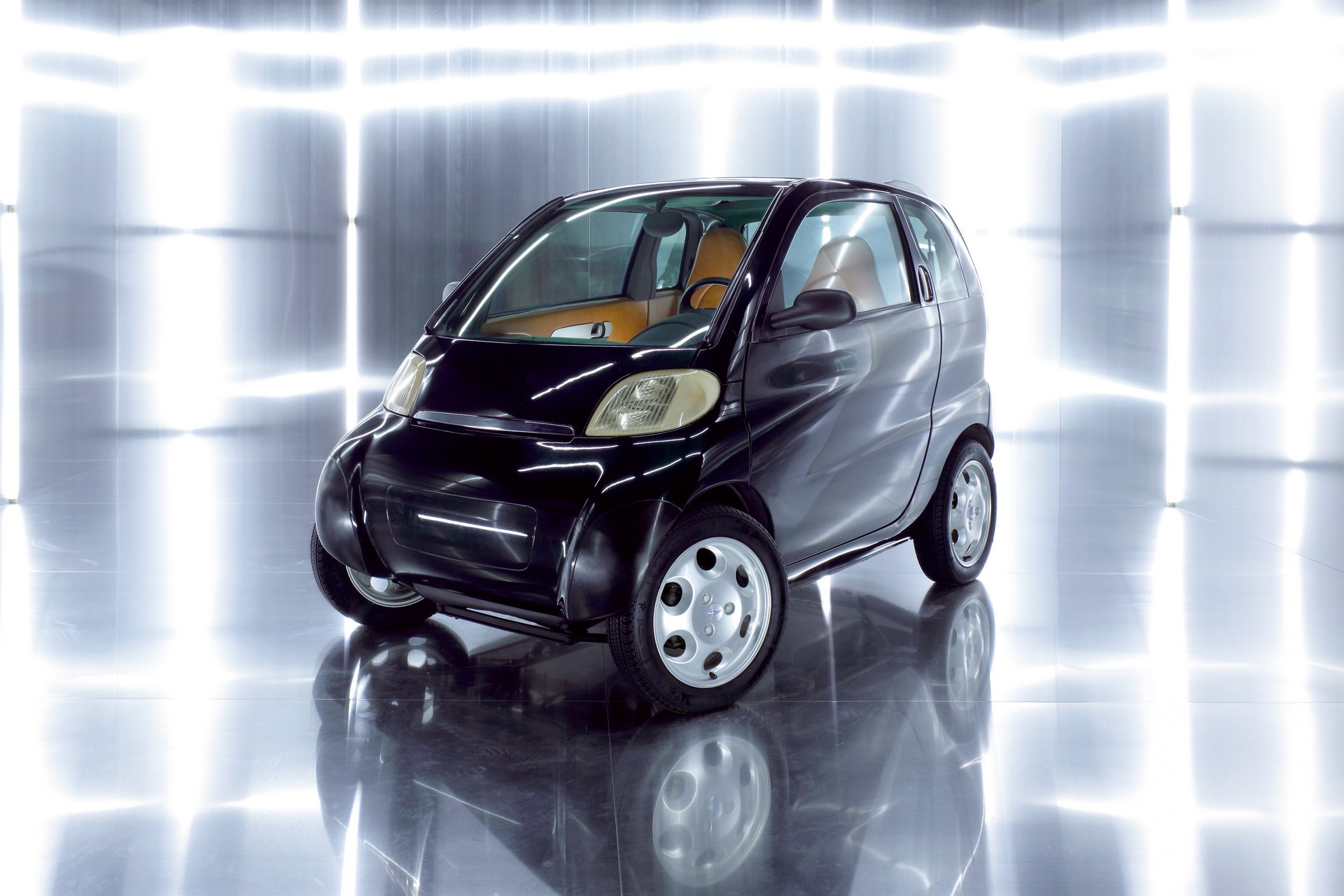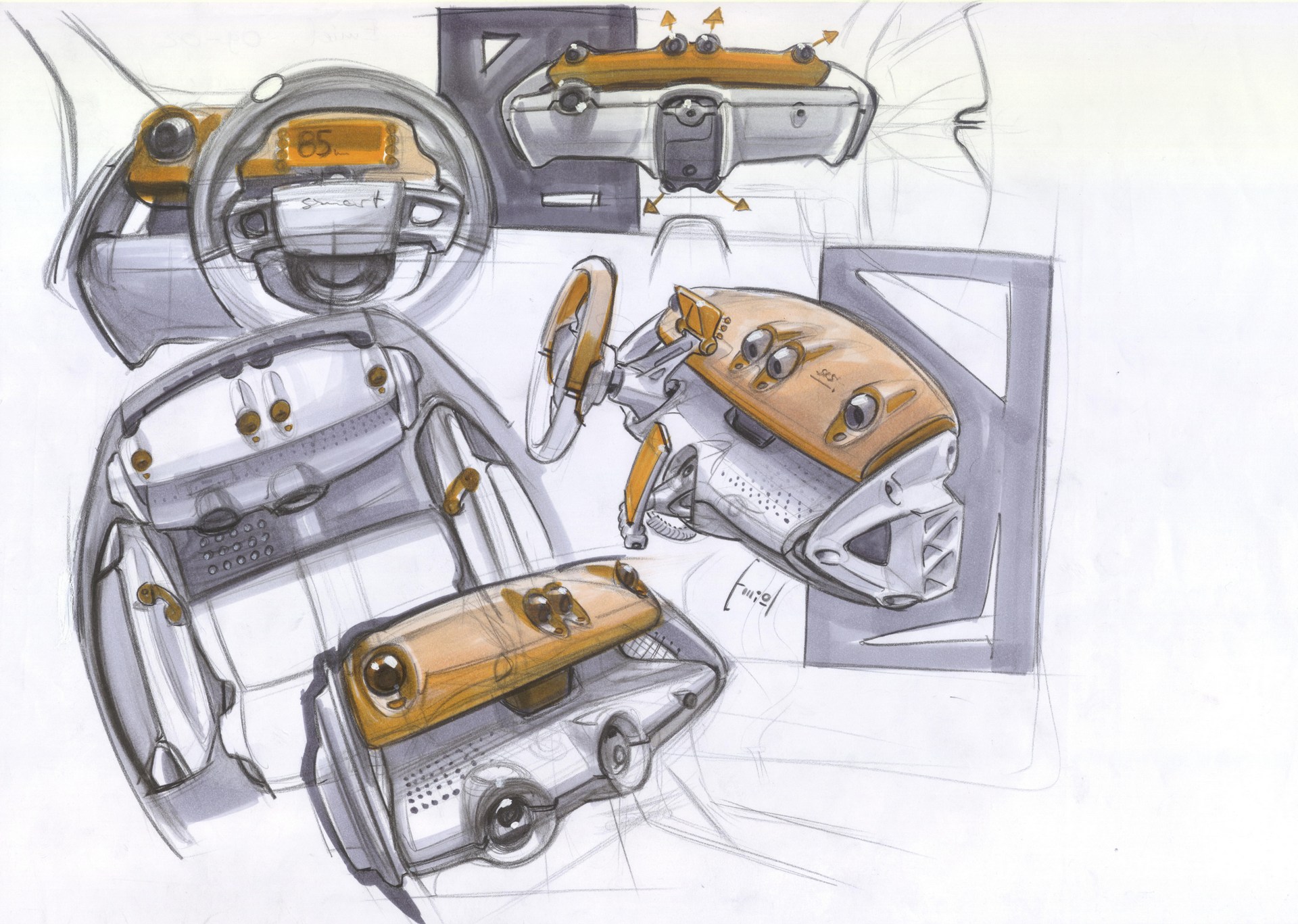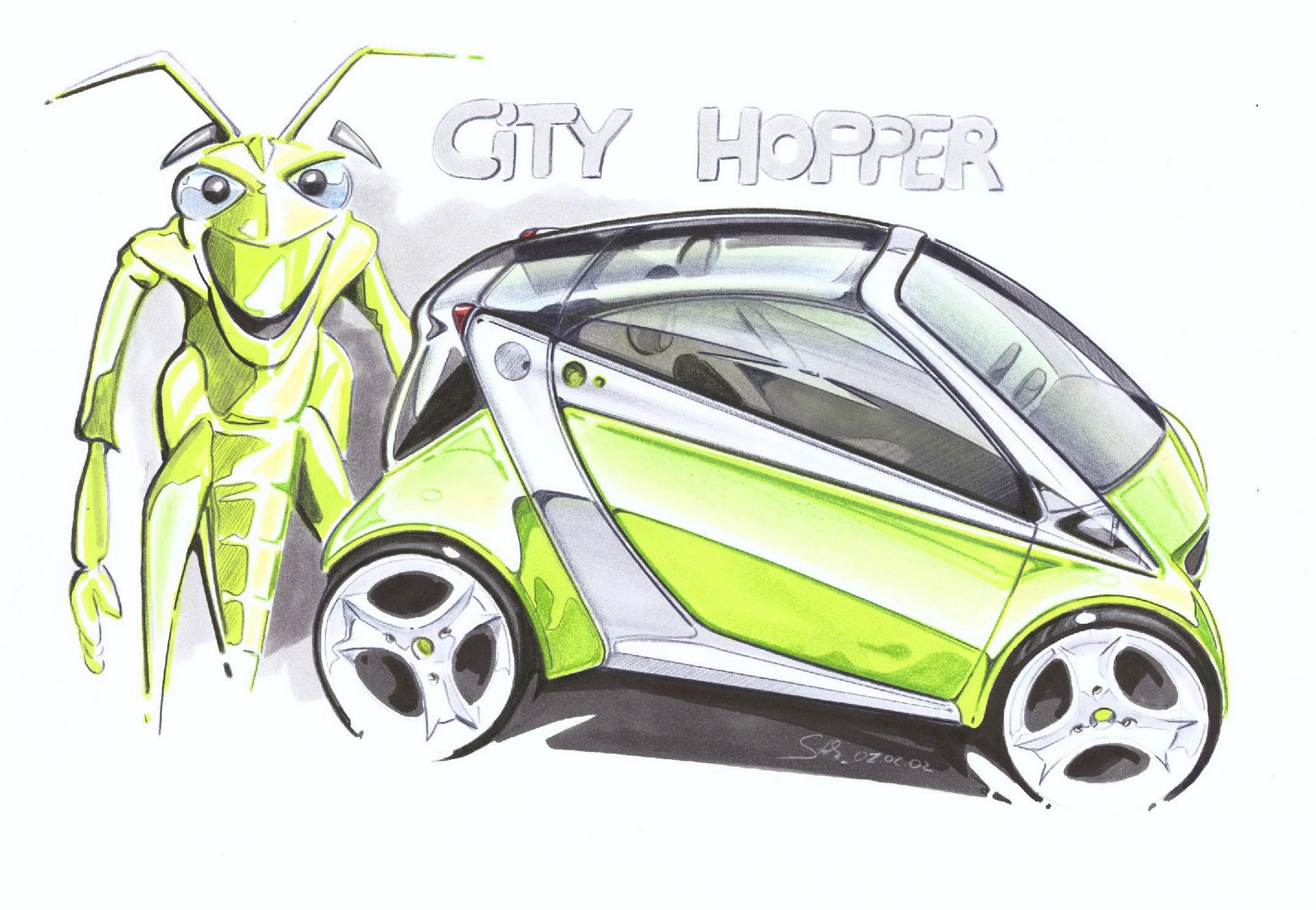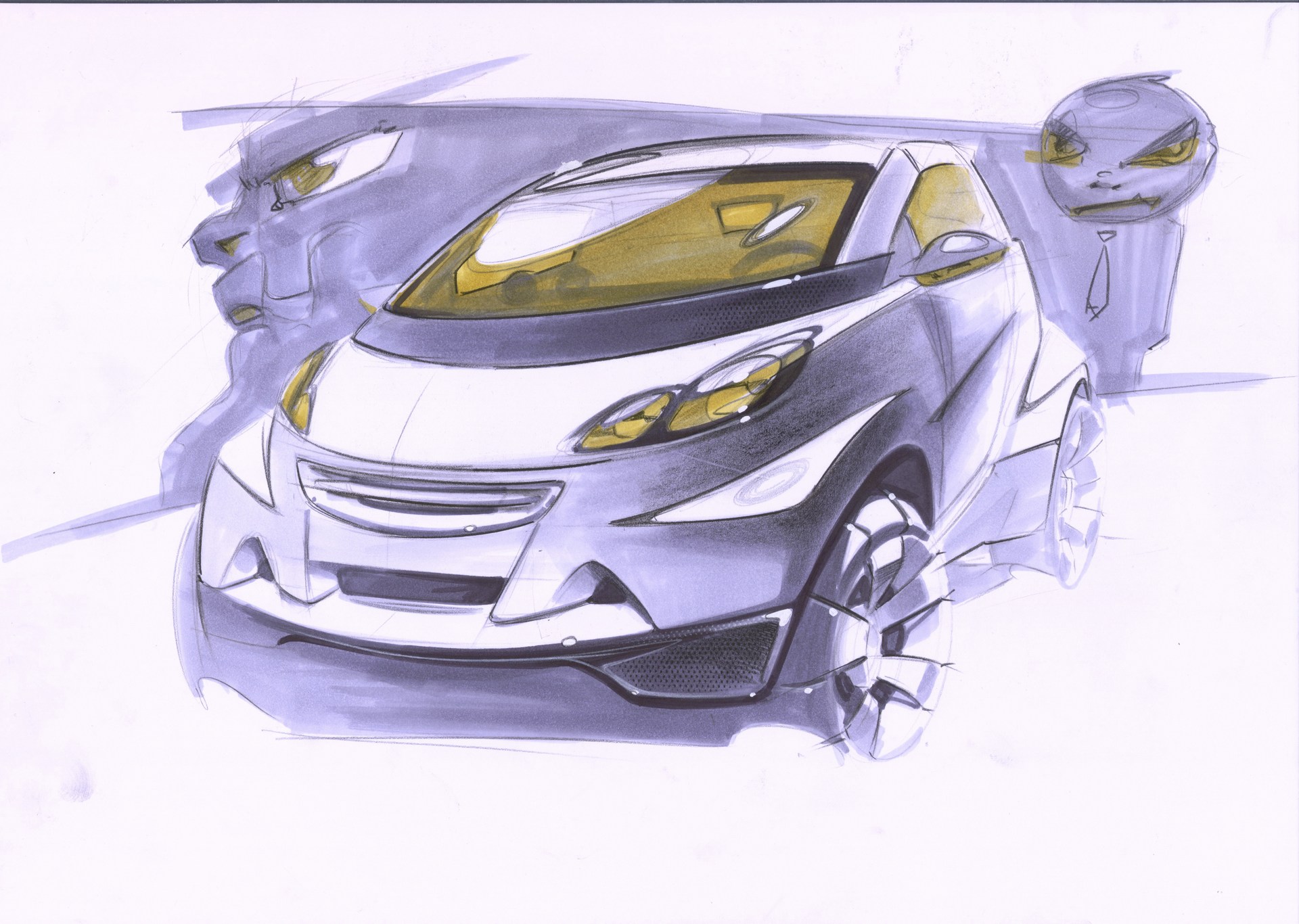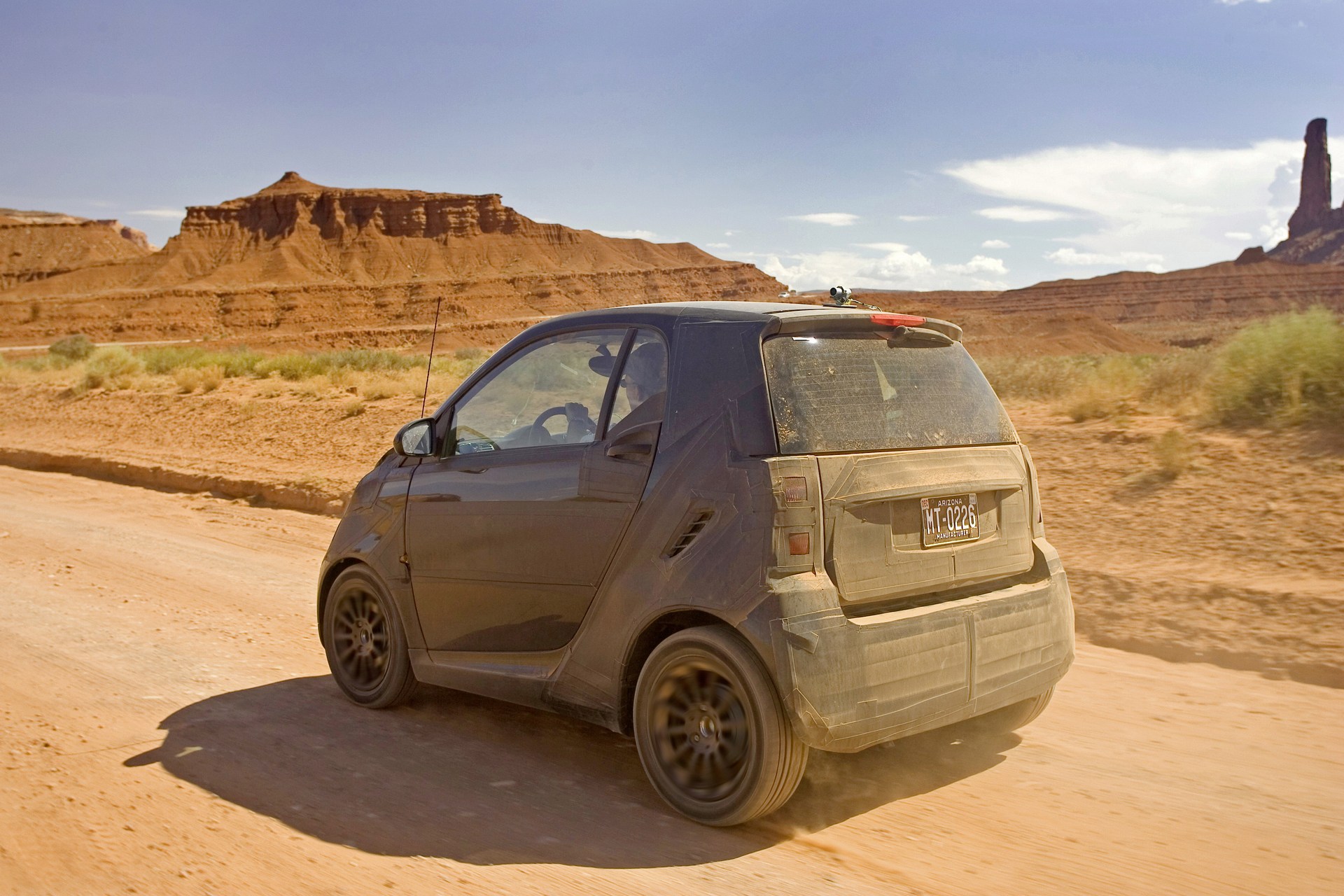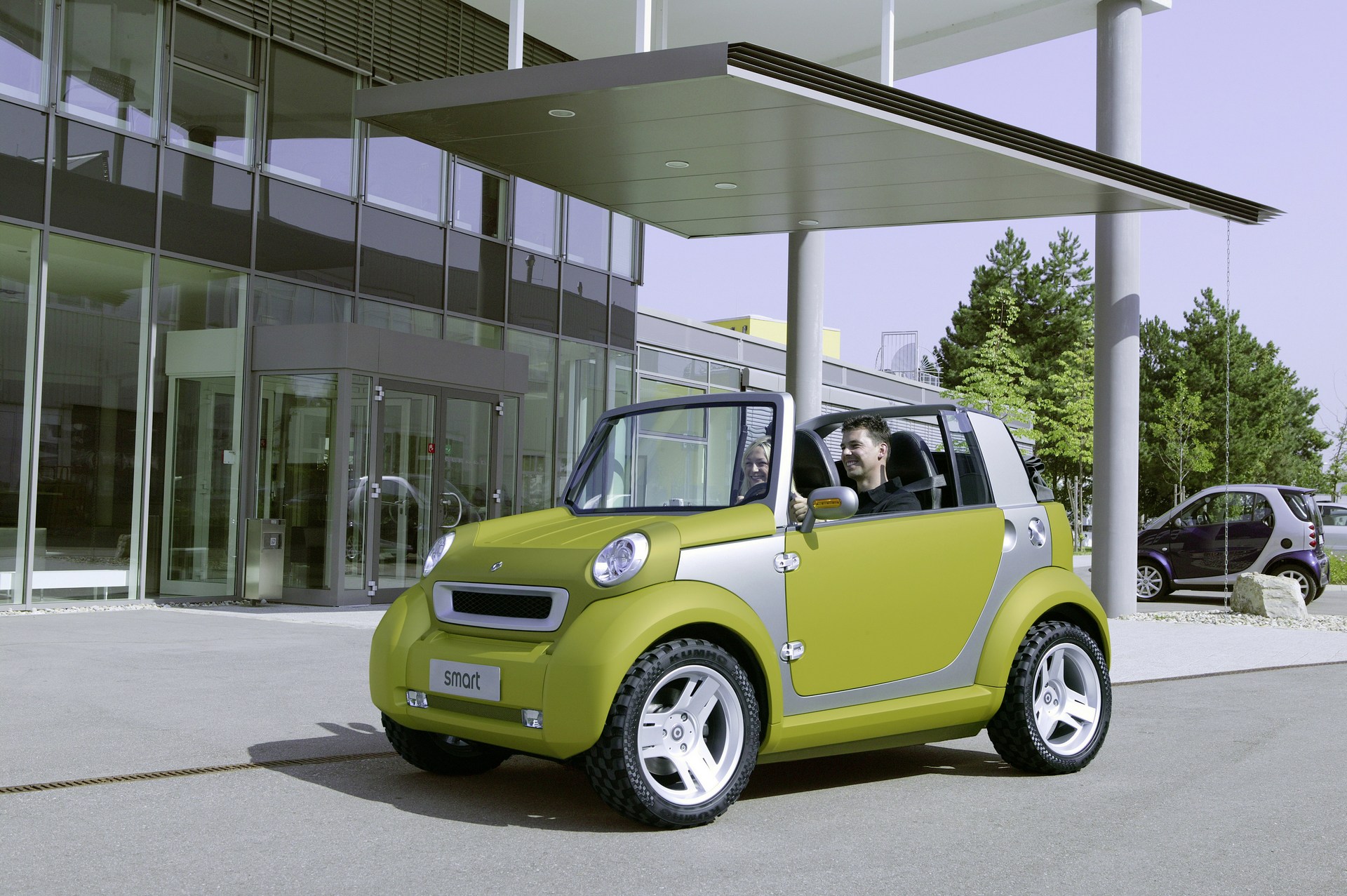Smart doesn’t get a lot of respect but the company is celebrating 20 years of production by taking a look back at its creation.
While the first Smart rolled off the assembly line two decades ago, its origins date back to the 1970’s when Mercedes was considering ideas for the “car of the future.” The first sketches were made in 1972 and envisioned an ultra-compact model that measured just 2.5 meters (8.2 feet) long.
The company says the idea was “impressive” but it wasn’t technically feasible as engineers couldn’t get the model to meet their strict safety standards. Engineers continued to work on the idea and in the 1980’s they explored “designs employing a ‘sandwich’ principle” but this also didn’t meet the company’s safety requirements.
In 1993, Johann Tomforde presented the Eco Sprinter and Eco Speedster concepts to Mercedes-Benz board members and their “enthusiastic response” led to the project officially getting the greenlight.
While most cars are typically developed by automakers, Mercedes teamed up with Swatch as the company’s founder, Nicolas G. Hayek, announced plans for a small city car back in 1989. The partnership eventually led to the creation of Micro Compact Car AG and the selection of a production site in Hambach, France.
Development work kicked off in 1994 and the car – the smart city coupe – was presented at the Frankfurt Motor Show in 1997. The first model rolled off the assembly line on July 2nd, 1998 and deliveries began that October.
A convertible followed in the spring of 2000 while the roadster and roadster coupe were launched three years later. The Smart lineup continued to grow as the forfour arrived in 2004 thanks to the help of Mitsubishi. However, it was killed off just two years later.
The second-generation fortwo was launched in 2007 and it was larger and more comfortable than its predecessor. Less than a year later, the model went on sale in the United States for the first time.
The third-generation fortwo arrived seven year later it was joined by an all-new forfour. While the models are offered with a handful of engines, the company announced plans to transition to electric powertrains. That has already happened in Canada and the United States and it will occur in Europe in 2020. Shortly thereafter, Smart will become a pure electric brand.
Since going into production in 1998, Smart has sold over 2.2 million vehicles. However, the switch to electric powertrains hasn’t been met with much enthusiasm in the United States as Carsalebase data shows the company has only sold 524 models in America through May. If the trend holds, it will result in the brand’s worst performance in the country and 2018 sales could be about a third of the 3,071 units sold last year.




